Downtown: Its Rise and Fall, 1880-1950
Written by one of this country’s foremost urban historians, Downtown is the first history of what was once viewed as the heart of the American city. It tells the fascinating story of how downtown—and the way Americans thought about downtown—changed over time. By showing how businessmen and property owners worked to promote the well-being of downtown, even at the expense of other parts of the city, it also gives a riveting account of spatial politics in urban America.
Drawing on a wide array of contemporary sources, Robert M. Fogelson brings downtown to life, first as the business district, then as the central business district, and finally as just another business district. His book vividly recreates the long-forgotten battles over subways and skyscrapers in the late nineteenth and early twentieth centuries. And it provides a fresh, often startling perspective on elevated highways, parking bans, urban redevelopment, and other controversial issues. This groundbreaking book will be a revelation to scholars, city planners, policymakers, and general readers interested in American cities and American history.
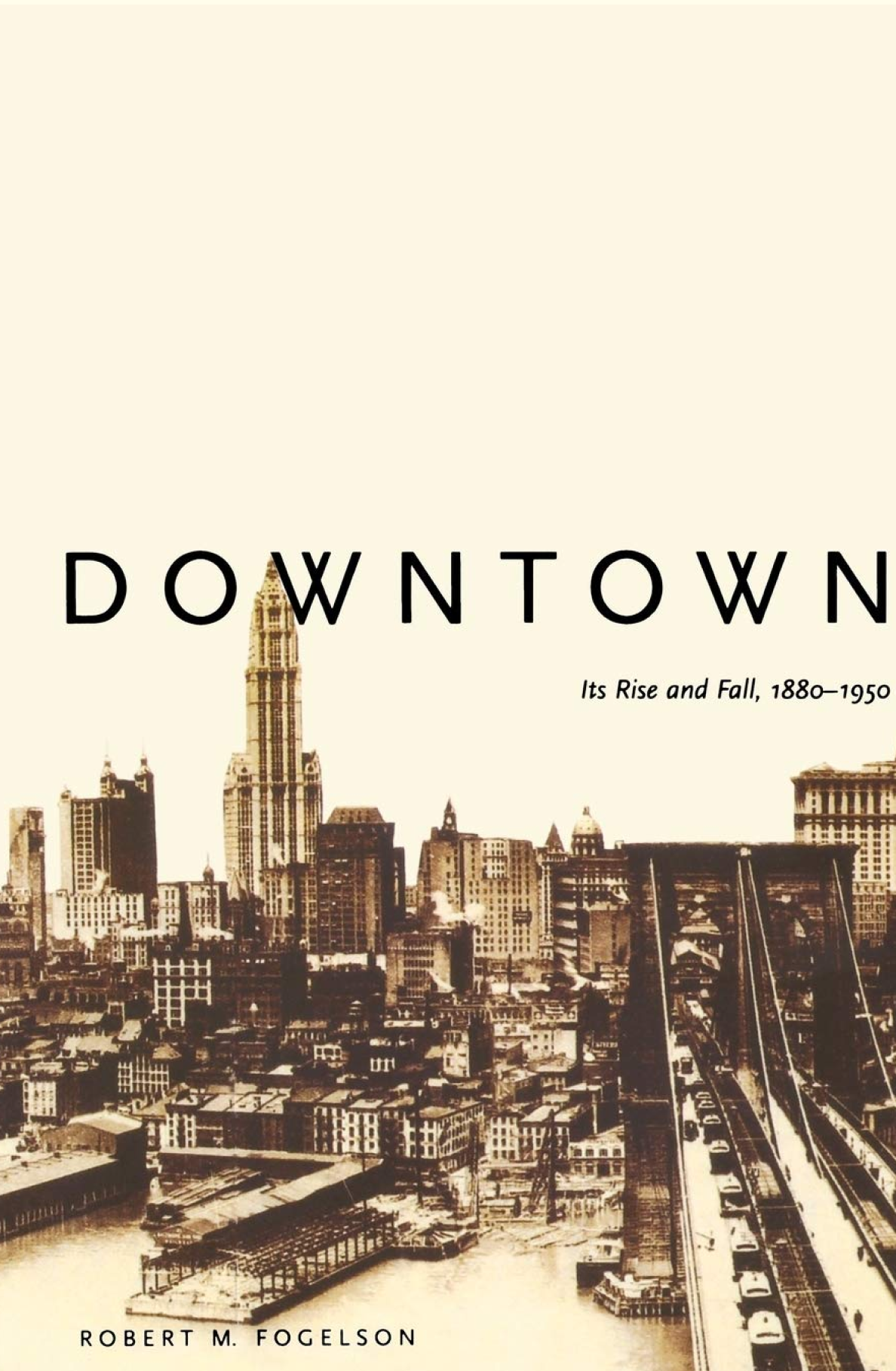
A New Theory of Urban Design
In this groundbreaking volume, architect and planner Christopher Alexander presents a new theory of urban design which attempts to recapture the process by which cities develop organically. To discover the kinds of laws needed to create a growing whole in a city, Alexander proposes here a preliminary set of seven rules which embody the process at a practical level and which are consistent with the day-to-day demands of urban development.
He then puts these rules to the test, setting out with a number of his graduate students to simulate the urban redesign of a high-density part of San Francisco, initiating a project that encompassed some ninety different design problems, including warehouses, hotels, fishing piers, a music hall, and a public square. This extensive experiment is documented project by project, with detailed discussion of how each project satisfied the seven rules, accompanied by floorplans, elevations, street grids, axonometric diagrams and photographs of the scaled-down model which clearly illustrate the discussion.
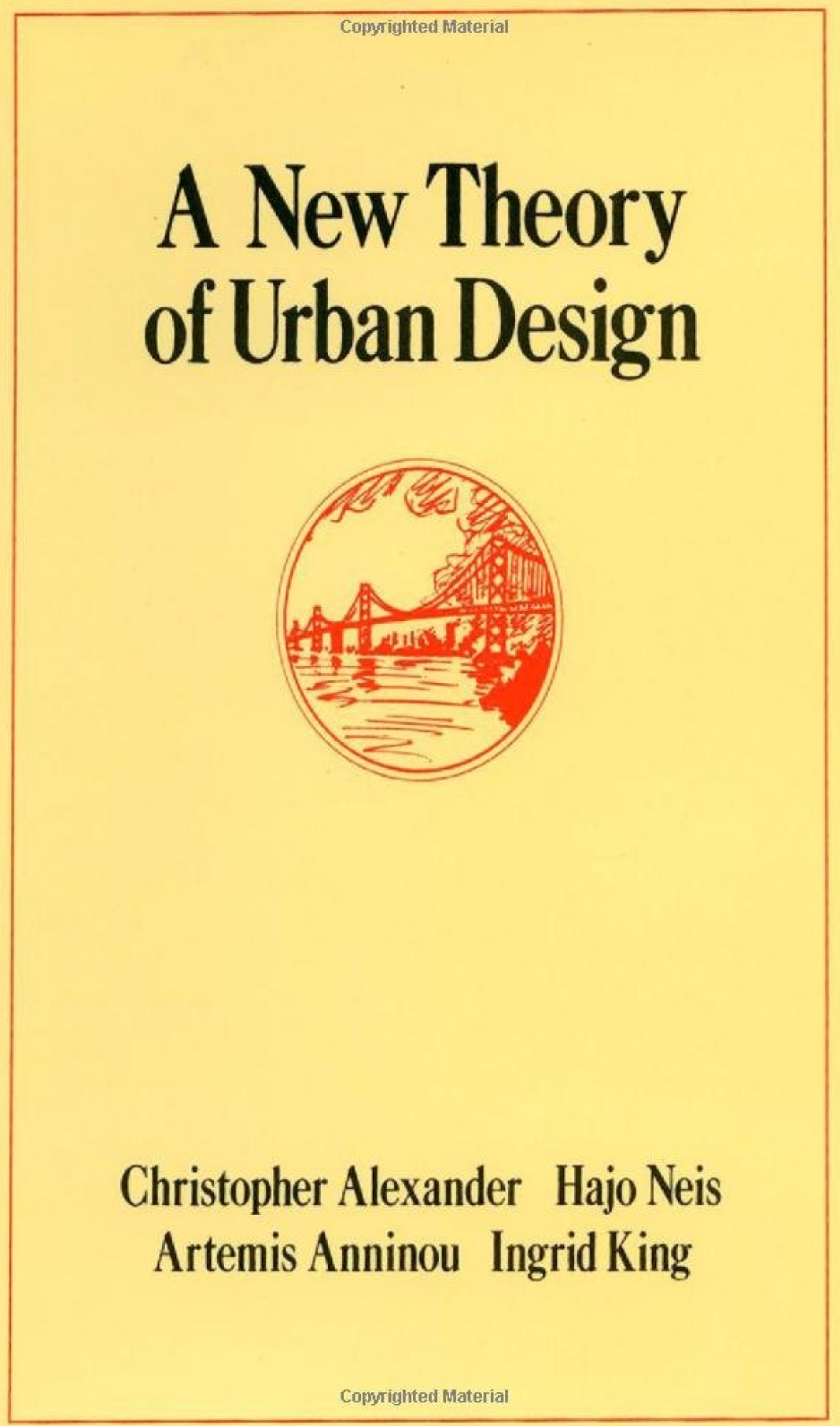
The Street Project
The Street Project is the story about humanity’s relationship to the streets and the global citizen-led fight to make communities safer.
Digging deep into the root causes of traffic violence, the filmmakers engage a diverse array of experts including street historian Peter Norton, city planner Jeff Speck, and urban design expert Mikael Colville-Andersen. These expert interviews are interwoven with the stories of real people working to make their communities safer.
Directed by Jennifer Boyd.
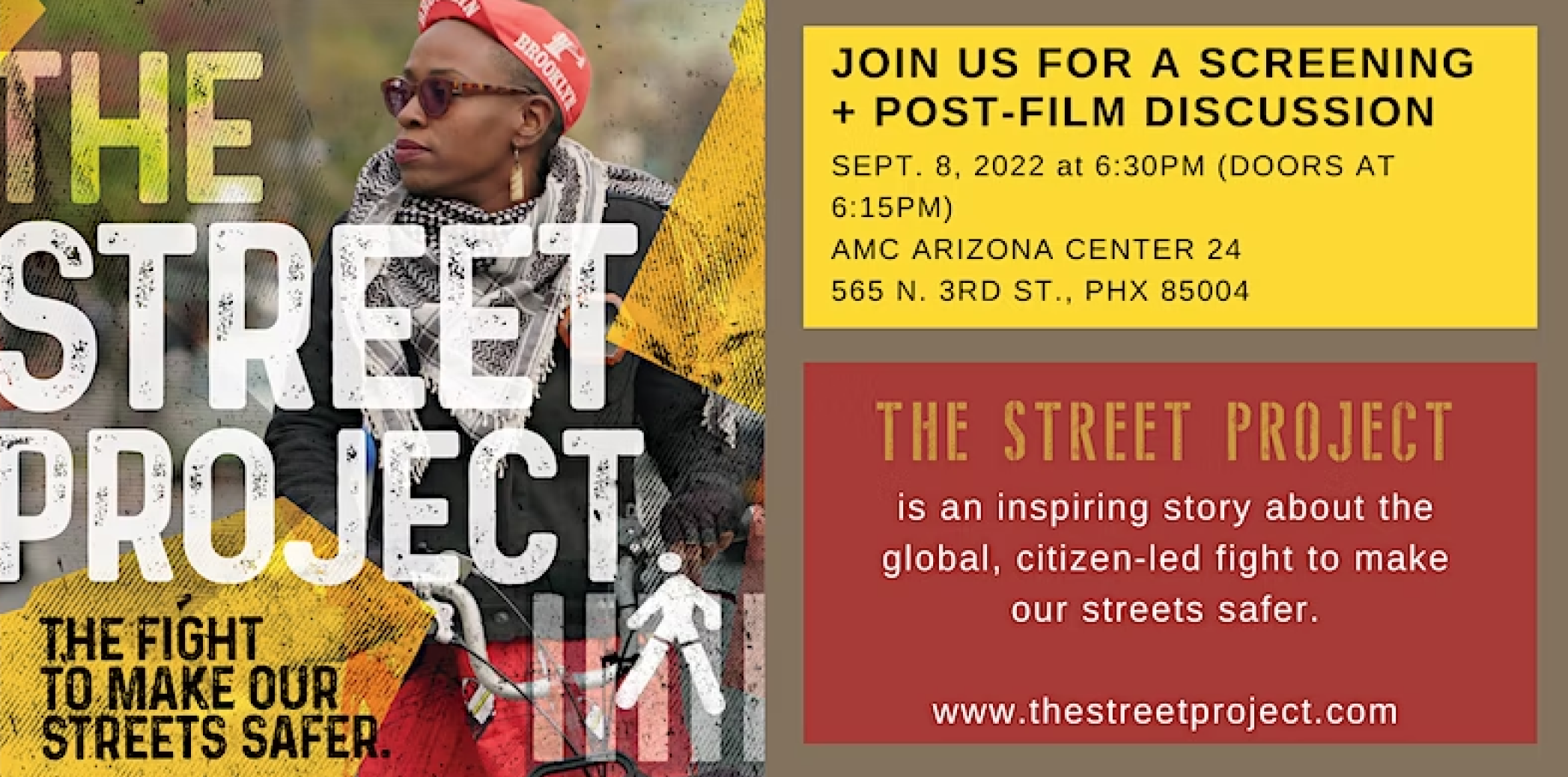
Emergent Tokyo
Tokyo is one of the most vibrant and livable cities on the planet, a megacity that somehow remains intimate and adaptive. Compared to Western metropolises like New York or Paris, however, few outsiders understand Tokyo’s inner workings. For cities around the globe mired in crisis and seeking new models for the future, Tokyo’s success at balancing between massive growth and local communal life poses a challenge: can we design other cities to emulate its best qualities?
Emergent Tokyo answers this question in the affirmative by delving into Tokyo’s most distinctive urban spaces, from iconic neon nightlife to tranquil neighborhood backstreets. Tokyo at its best offers a new vision for a human-scale urban ecosystem, where ordinary residents can shape their own environment in ways large and small, and communities take on a life of their own beyond government master planning and corporate profit-seeking. As Tokyoites ourselves, we uncover how five key features of Tokyo’s cityscape – yokochō alleyways, multi-tenant zakkyo buildings, undertrack infills, flowing ankyo streets, and dense low-rise neighborhoods – enable this ’emergent’ urbanism, allowing the city to organize itself from the bottom up. This book demystifies Tokyo’s emergent urbanism for an international audience, explaining its origins, its place in today’s Tokyo, and its role in the Tokyo of tomorrow. Visitors to Japan, architects, and urban policy practitioners alike will come away with a fresh understanding of the world’s premier megacity and a practical guide for how to bring Tokyo-style intimacy, adaptability, and spontaneity to other cities around the world.
By Jorge Almazán, Joe McReynolds, and Naoki Saito.

101 Things I Learned in Urban Design School
Students of urban design often find themselves lost between books that are either highly academic or overly formulaic, leaving them with few tangible tools to use in their design projects. 101 Things I Learned® in Urban Design School fills this void with provocative, practical lessons on urban space, street types, pedestrian experience, managing the design process, the psychological, social, cultural, and economic ramifications of physical design decisions, and more. Written by two experienced practitioners and instructors, this informative book will appeal not only to students, but to seasoned professionals, planners, city administrators, and ordinary citizens who wish to better understand their built world.
By Vikas Mehta and Matthew Frederick.

Subtract
We pile on “to-dos” but don’t consider “stop-doings.” We create incentives for good behavior, but don’t get rid of obstacles to it. We collect new-and-improved ideas, but don’t prune the outdated ones. Every day, across challenges big and small, we neglect a basic way to make things better: we don’t subtract. Klotz’s pioneering research shows us what is true whether we’re building Lego models, cities, grilled-cheese sandwiches, or strategic plans: Our minds tend to add before taking away, and this is holding us back.
But we have a choice—our blind spot need not go on taking its toll. Subtract arms us with the science of less and empowers us to revolutionize our day-to-day lives and shift how we move through the world. More or less.
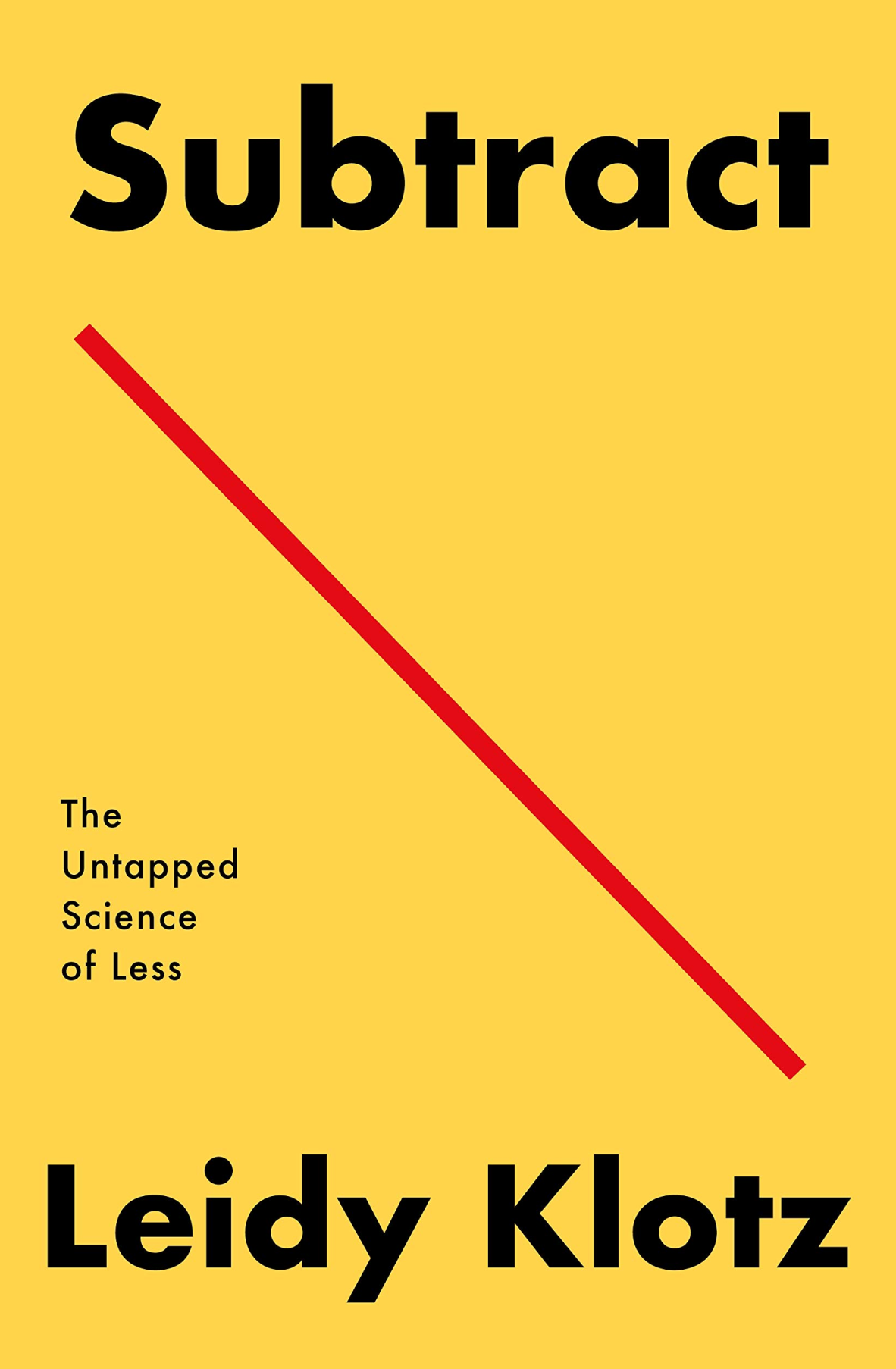
Atlas of Cities
The Atlas of Cities presents a unique taxonomy of cities that looks at different aspects of their physical, economic, social, and political structures; their interactions with each other and with their hinterlands; the challenges and opportunities they present; and where cities might be going in the future.
Edited by Paul Knox, with foreword by Richard Florida.
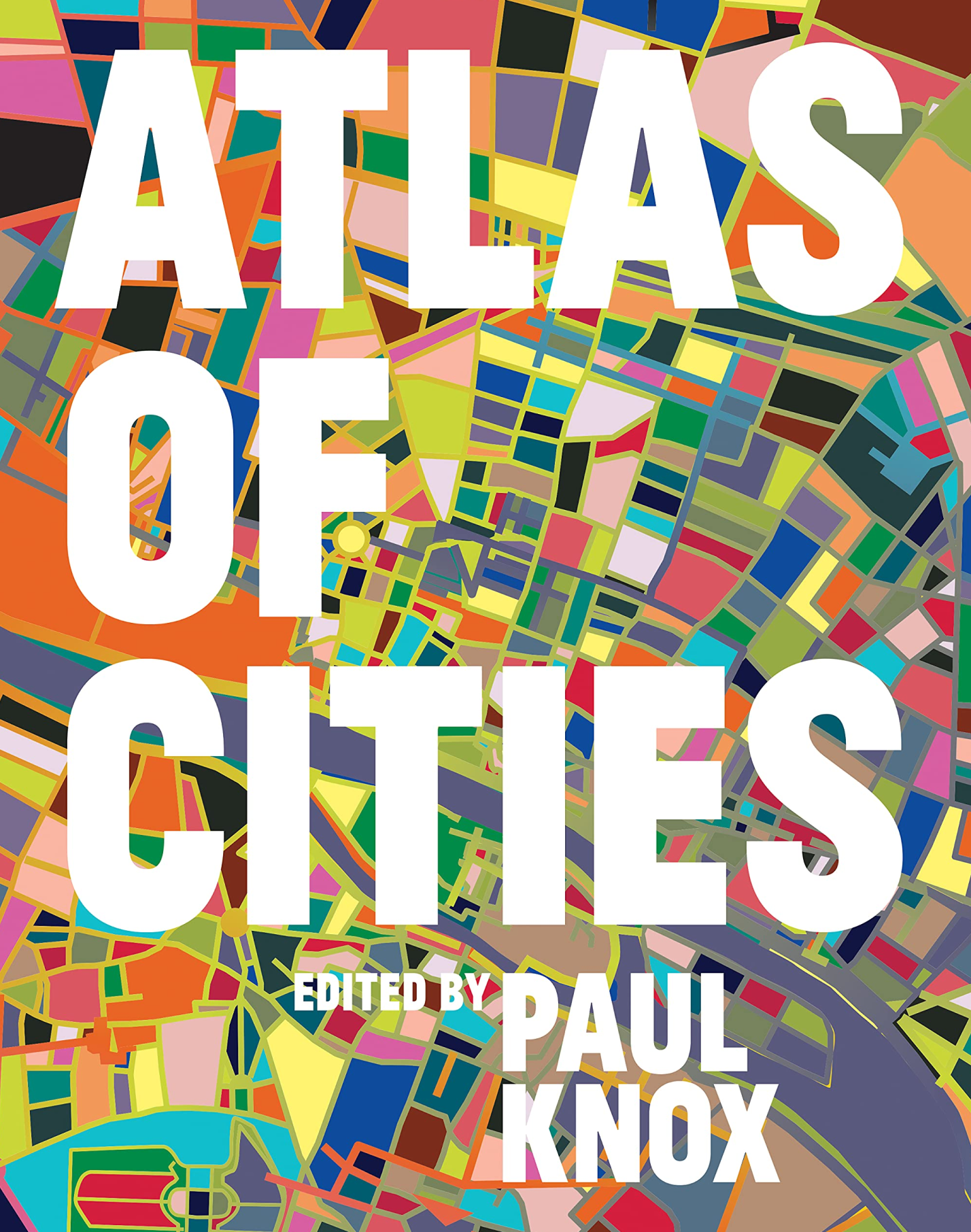
The Timeless Way of Building
In The Timeless Way of Building Christopher Alexander presents a new theory of architecture, building, and planning which has at its core that age-old process by which the people of a society have always pulled the order of their world from their own being.
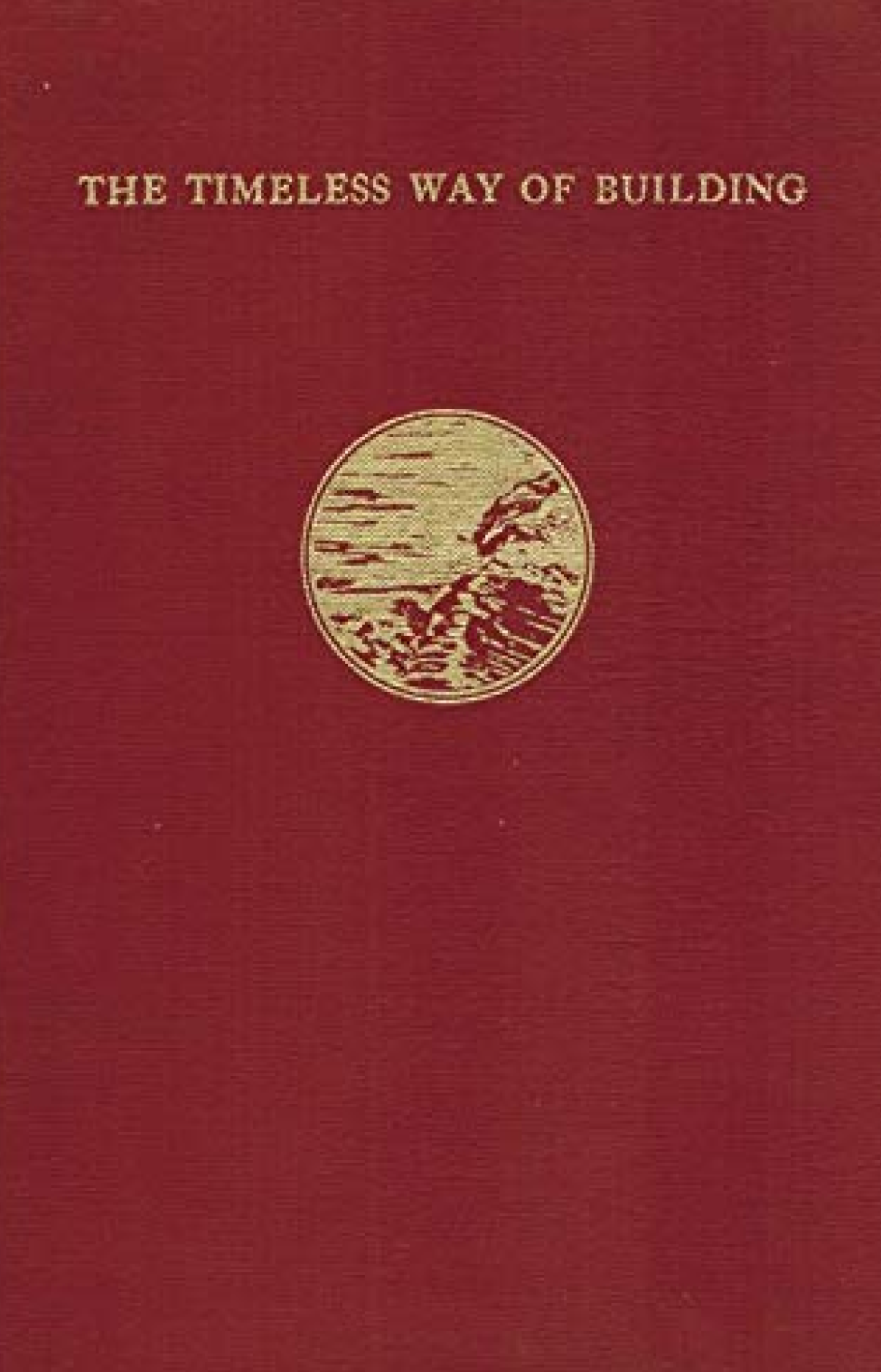
A Pattern Language
After a ten-year silence, Christopher Alexander and his colleagues at the Center for Environmental Structure are now publishing a major statement in the form of three books which will, in their words, lay the basis for an entirely new approach to architecture, building and planning, which will we
hope replace existing ideas and practices entirely.
The three books are The Timeless Way of Building, The Oregon Experiment, and this book, A Pattern Language. At the core of these books is the idea that people should design for themselves their own houses, streets, and communities. This idea may be radical (it implies a radical transformation of the architectural profession) but it comes simply from the observation that most of the wonderful places of the world were not made by architects but by the people.

The Oregon Experiment
The Oregon Experiment is the last book in series on architecture written by Christopher Alexander and his colleagues the Center for Environmental Structure. The other two books are The Timeless Way of Building and A Pattern Language.
This book is the master plan for the University of Oregon, and is now being implemented at that university; but it shows at the same time how any community the size of a university or small town might go about designing its own future environment-with all members of the community participating personally. It is a concrete example at the Center’s theories in practice, showing in simple detail, with numerous illustrations, how to implement six guiding principles: organic order, participation, piecemeal growth, patterns, diagnosis, and coordination.

The Well-Tempered City
In The Well-Tempered City, Jonathan F. P. Rose—the man who “repairs the fabric of cities”—distills a lifetime of interdisciplinary research and firsthand experience into a five-pronged model for how to design and reshape our cities with the goal of equalizing their landscape of opportunity. Drawing from the musical concept of “temperament” as a way to achieve harmony, Rose argues that well-tempered cities can be infused with systems that bend the arc of their development toward equality, resilience, adaptability, well-being, and the ever-unfolding harmony between civilization and nature. These goals may never be fully achieved, but our cities will be richer and happier if we aspire to them, and if we infuse our every plan and constructive step with this intention.
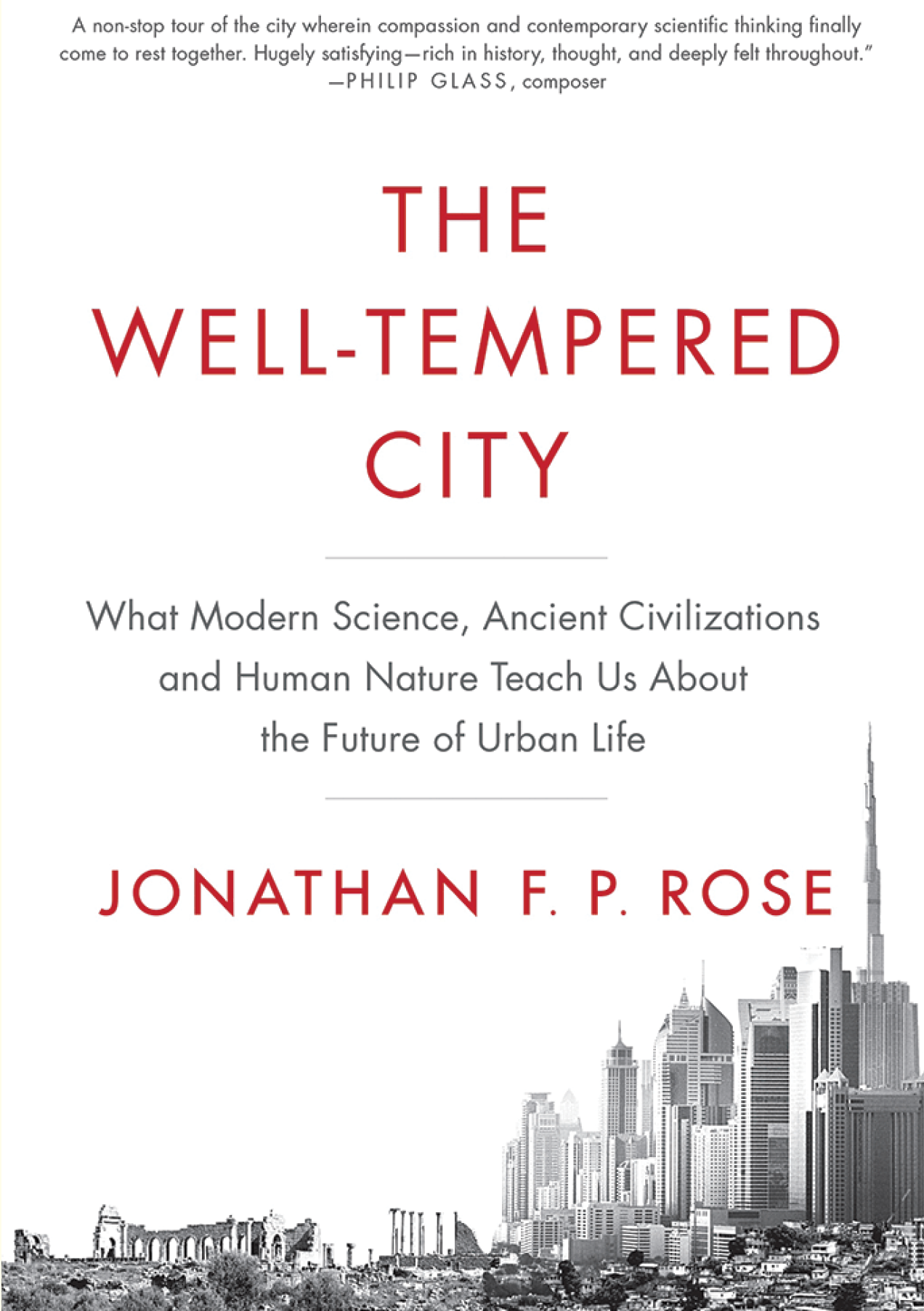
Walking in Berlin
In Walking in Berlin, Franz Hessel captures the rhythm of Weimar-era Berlin, recording the seismic shifts in German culture. Nearly all of the essays take the form of a walk or outing, focusing on either a theme or part of the city, and many end at a theater, cinema, or club. Hessel deftly weaves the past with the present, walking through the city’s history as well as its neighborhoods. Even today, his walks in the city, from the Alexanderplatz to Kreuzberg, can guide would-be flaneurs.
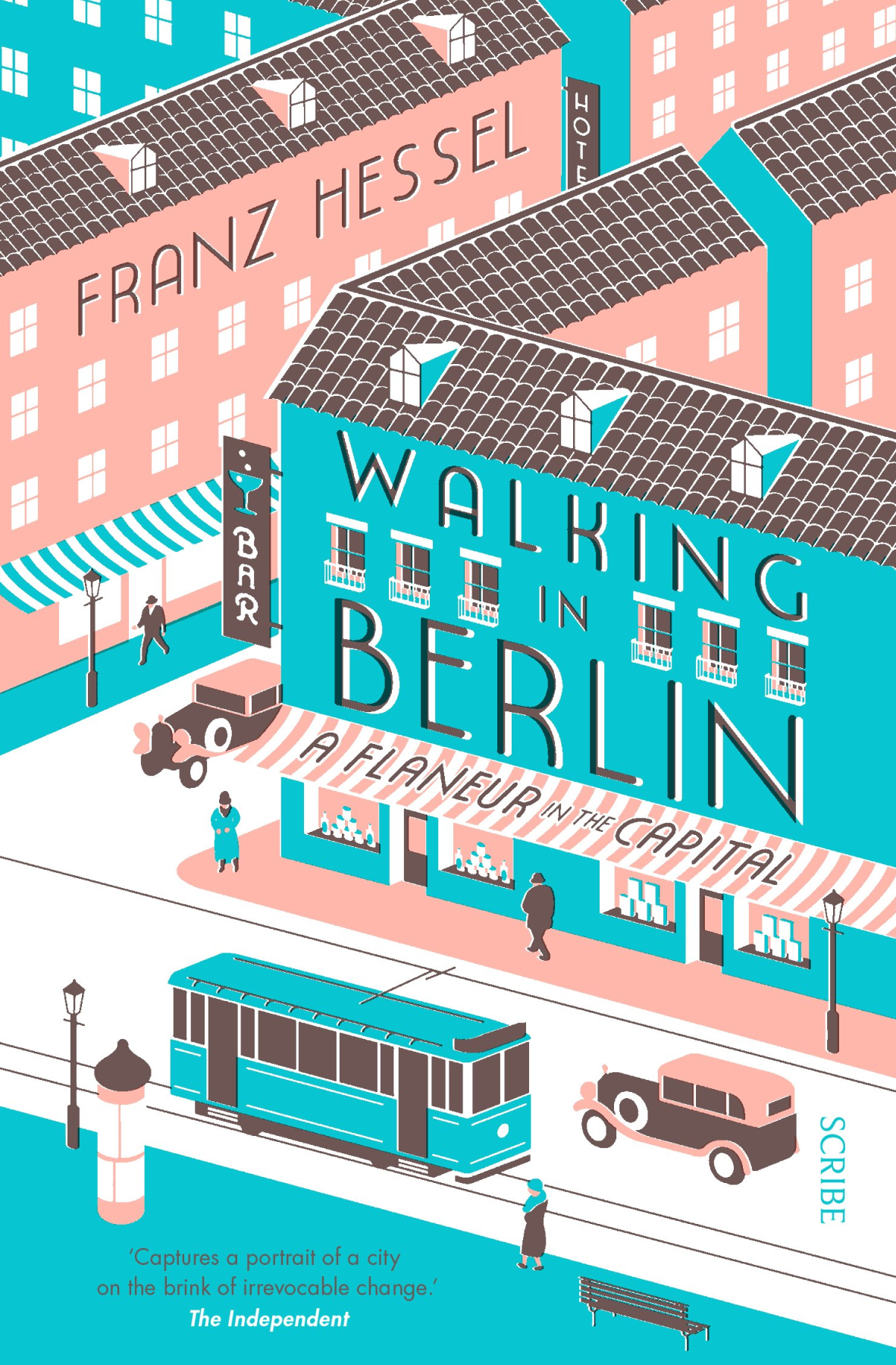
Icebergs, Zombies, and the Ultra Thin
In Icebergs, Zombies, and the Ultra Thin, Matthew Soules issues an indictment of how finance capitalism dramatically alters not only architectural forms but also the very nature of our cities and societies. We rarely consider architecture to be an important factor in contemporary economic and political debates, yet sparsely occupied ultra-thin “pencil towers” develop in our cities, functioning as speculative wealth storage for the superrich, and cavernous “iceberg” homes extend architectural assets many stories below street level. Meanwhile, communities around the globe are blighted by zombie and ghost urbanism, marked by unoccupied neighborhoods and abandoned housing developments.
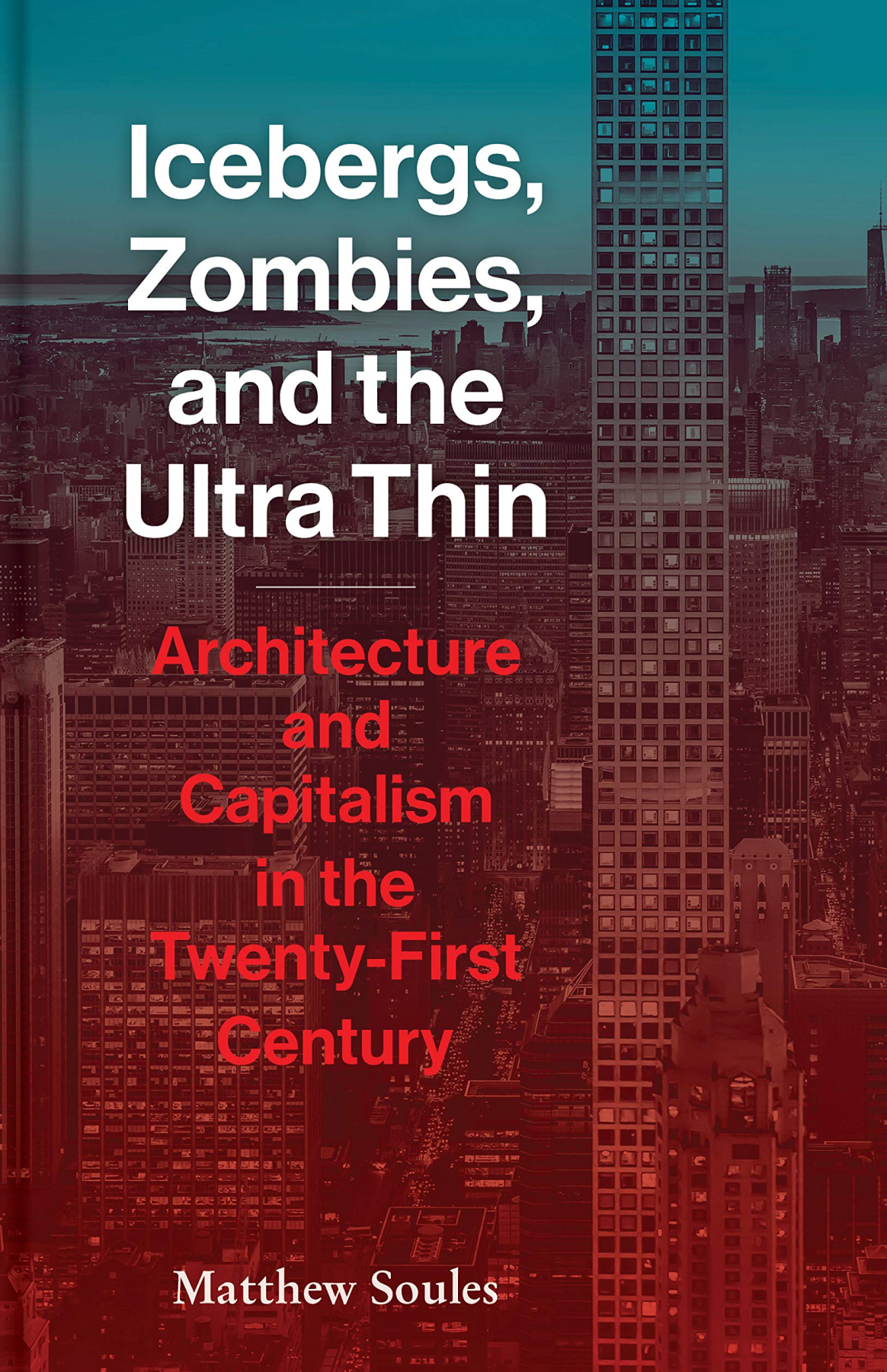
Disability and the City
People with disabilities are one of the poorest groups in Western societies. In particular, they lack power, education and opportunities. For most disabled people, their daily reality is dependence on a carer, while trying to survive on state welfare payments. The dominant societal stereotype of disability as a ′pitiful′ state reinforces the view that people with disabilities are somehow ′less than human′. In taking exception to these, and related, conceptions of disability, Disability and the City explores one of the crucial contexts within which the marginal status of disabled people is experienced: the interrelationships between disability, physical access, and the built environment. The author seeks to explore some of the critical processes underpinning the social construction and production of disability as a state of marginalization and oppression in the built environment. These concerns are interwoven with a discussion of the changing role of the state in defining, categorizing, and (re)producing ′states of disablement′ for people with disabilities.
By Rob Imrie.

Building Equitable Cities
Discover how local government and business leaders are working together to improve services in underserved neighborhoods, to add affordable housing, and to strengthen education, workforce, and financial outcomes for all – and how these efforts are paying off in terms of economic growth for the region. Building Equitable Cities covers best practices and proven policies, providing readers with replicable tools, techniques, and processes.
By Henry Cisneros, Janis Bowdler, Jeffrey Lubell.
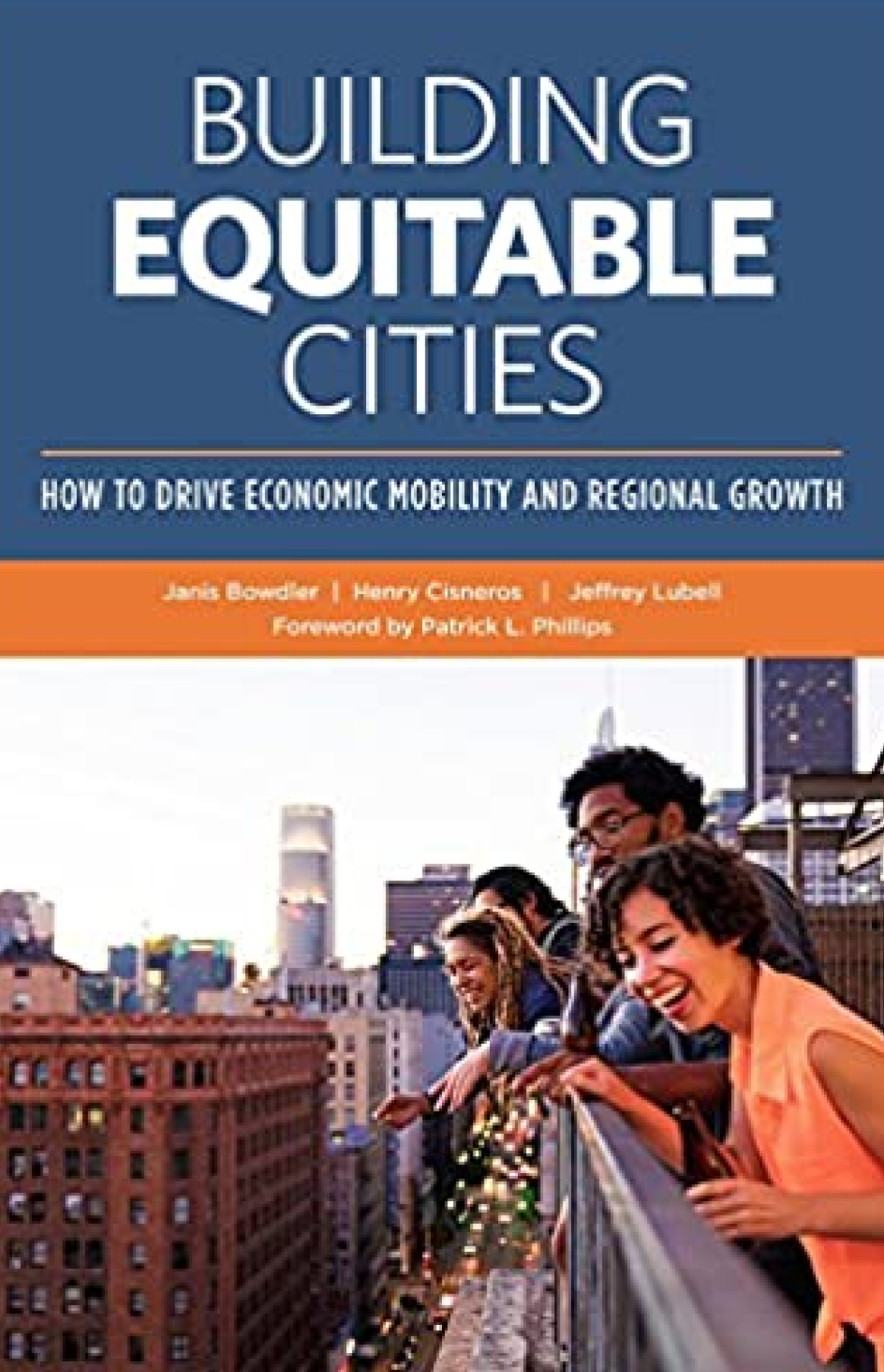
Resilient Cities
Resilient Cities reveals how the resilient city characteristics have been achieved in communities around the globe. The authors offer stories, insights, and inspiration for urban planners, policymakers, and professionals interested in creating more sustainable, equitable, and, eventually, regenerative cities. Most importantly, the book is about overcoming fear and generating hope in our cities. Cities will need to claim a different future that helps us regenerate the whole planet–this is the challenge of resilient cities.
By Peter Newman, Timothy Beatley, Heather Boyer.

Age-Friendly Cities and Communities
As the drive towards creating age-friendly cities grows, this important book provides a comprehensive survey of theories and policies aimed at improving the quality of life of older people living in urban areas. Part of the Ageing in a Global Context series, Age-Friendly Cities and Communities gathers critical assessments from leading international researchers of the problems and potentials of designing environments that benefit citizens of all ages. The authors consider how cities respond to aging populations, their strategies for developing age-friendly communities, and the extent to which older people themselves can be involved in the co-production of advantageous policies and practices.
Edited by Tine Buffel, Sophie Handler, Chris Phillipson.

The Walker
There is no such thing as a false step. Every time we walk we are going somewhere. Especially if we are going nowhere. Moving around the modern city is not a way of getting from A to B, but of understanding who and where we are. In The Walker, Matthew Beaumont retraces episodes in the history of the walker since the mid-nineteenth century.
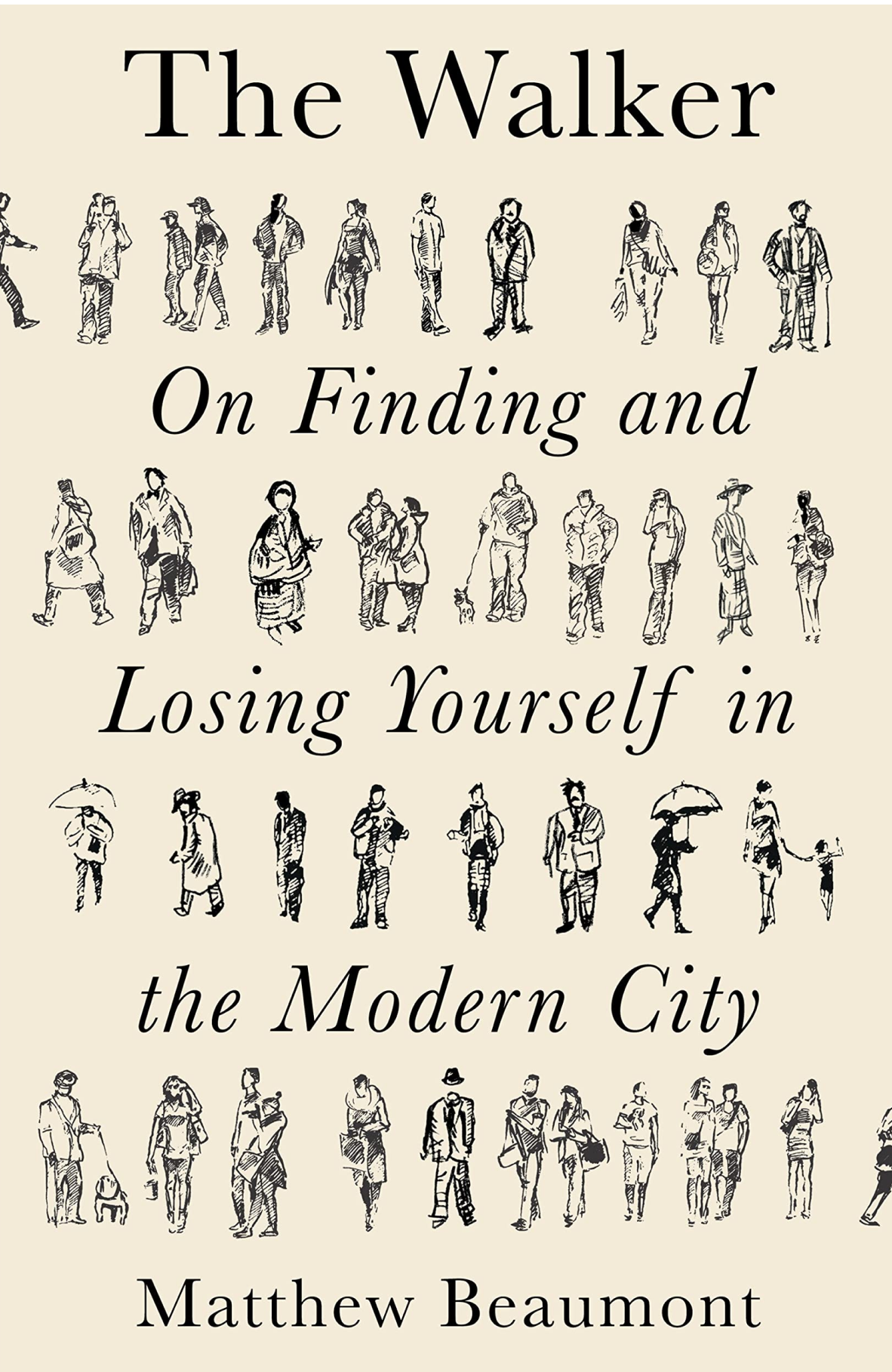
A Walk Around the Block
In this celebration of the seemingly mundane, Spike Carlsen opens our eyes to the engineering marvels, human stories, and natural wonders right outside our front door. He guides us through the surprising allure of sewers, the intricacies of power plants, the extraordinary path of an everyday letter, and the genius of recycling centers—all the while revealing that this awesome world isn’t just a spectator sport.
Engaging as it is endearing, A Walk Around the Block will change the way you see things in your everyday life. Join Carlsen as he strolls through the trash museum of New York City, explores the quirky world of squirrels, pigeons, and roadkill, and shows us how understanding stoplights, bike lanes, and fine art of walking can add years to our lives. In the end, he brings a sense of wonder into your average walk around the block, wherever you are. Guaranteed.

Autonomous Vehicles & the Good City
Autonomous vehicles (AVs) have the potential to be either a boon or a burden to our cities. Walkable City author Jeff Speck lays out rules intended to ease the pain and increase the pleasure of the eventual AV proliferation.
Watch this talk on YouTube.
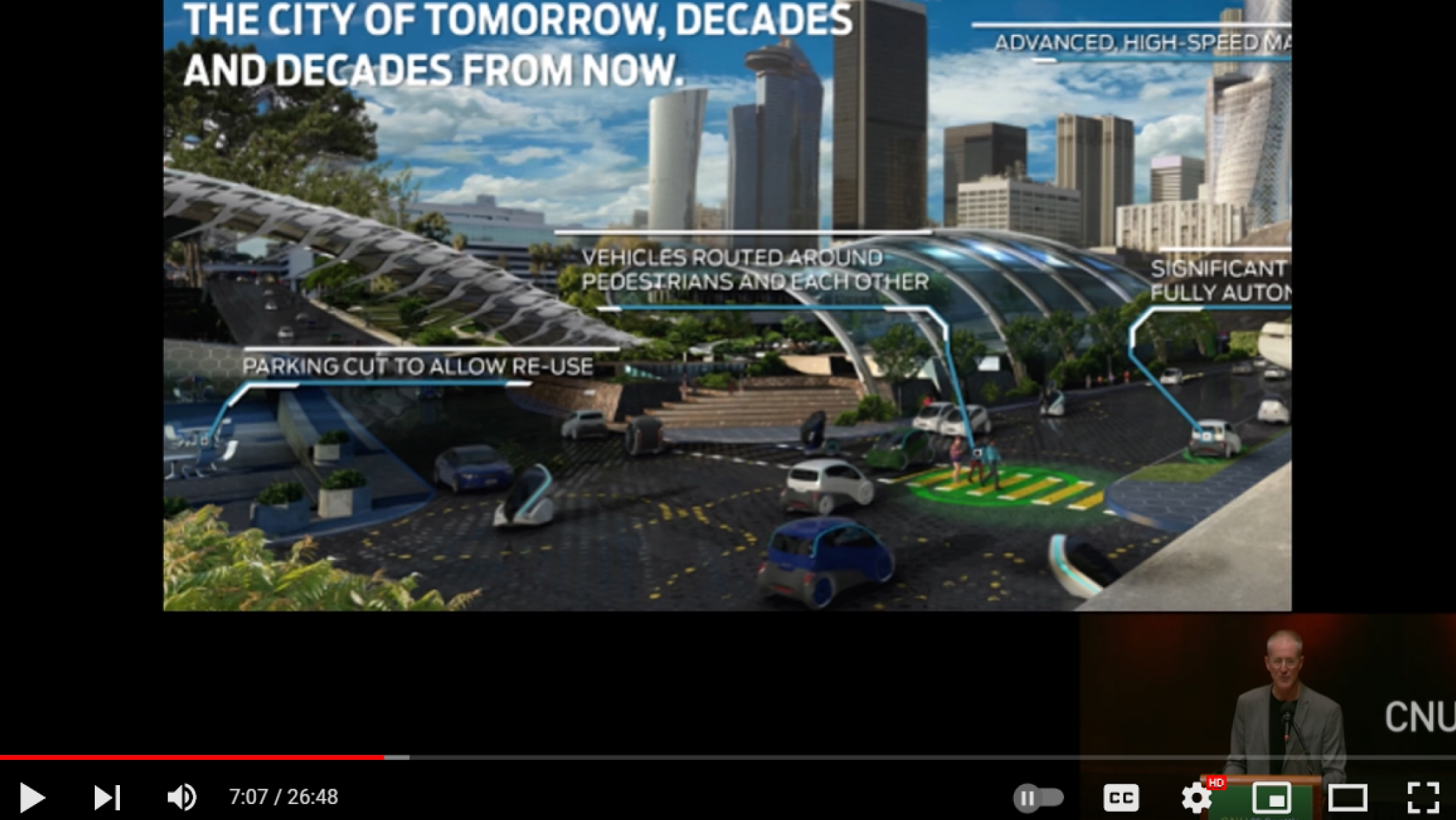
4 ways to make a city more walkable
Freedom from cars, freedom from sprawl, freedom to walk your city! City planner Jeff Speck shares his “general theory of walkability” — four planning principles to transform sprawling cities of six-lane highways and 600-foot blocks into safe, walkable oases full of bike lanes and tree-lined streets.
Watch this TED talk on YouTube.

Providence Streets Coalition
The Providence Streets Coalition is an alliance of community organizations, local businesses, schools, institutions, civic leaders, and engaged individuals advocating for people-friendly streets in Providence. We support providing more transportation options to improve safety, equity, sustainability, prosperity, health, and quality-of-life in our city and region.

Burden of disease from environmental noise
The health impacts of environmental noise are a growing concern among both the general public and policy-makers in Europe. Burden of disease from environmental noise is a publication prepared by experts in working groups convened by the WHO Regional Office for Europe to provide technical support to policy-makers and their advisers in the quantitative risk assessment of environmental noise, using evidence and data available in Europe.
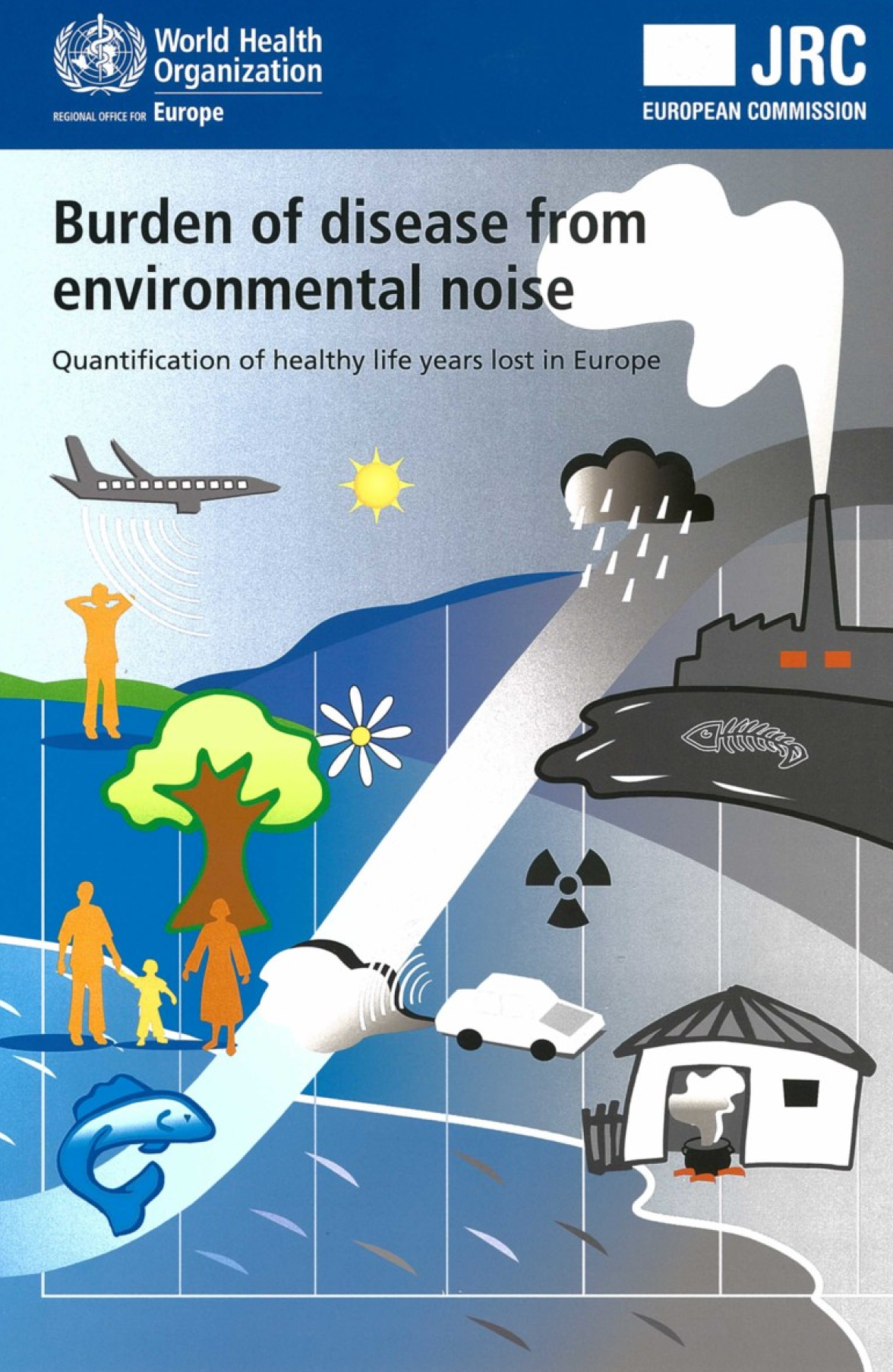
Velotopia
In Velotopia: The Production of Cyclespace in Our Minds and Our Cities, architectural theorist and historian Steven Fleming, a leading international figure in bicycle urbanism and author of the bestselling Cycle Space (2013), argues that the best-connected cities in the future will be those that put cycling before walking and public transport. According to Fleming, cities organized around cycling will be greener and healthier, but also fairer and more accessible than today’s cities–more productive, comfortable, social and fun. In this volume, Fleming dares readers to think big, to radically reimagine cities and city life around movement on two wheels.

Cycle Space
In Cycle Space, architecture professor and cycling enthusiast Steven Fleming (or Dr. Behooving, as he is known to those who follow his blog, Behooving Moving) suggests new ways of designing better cities, thereby reducing emissions, commute times, ill health and sprawl in the process. Not only can architecture and urban design begin to optimize conditions for cycling; they can also take inspiration from the aesthetics and ethics of cycling as well. Fleming argues that understanding why more and more people are choosing bikes is key for discovering the full potential of the bicycle as a transformative force in the design of our cities. Cycle Space is a must-read for anyone interested in the nexus of architecture, cycling and urban design.
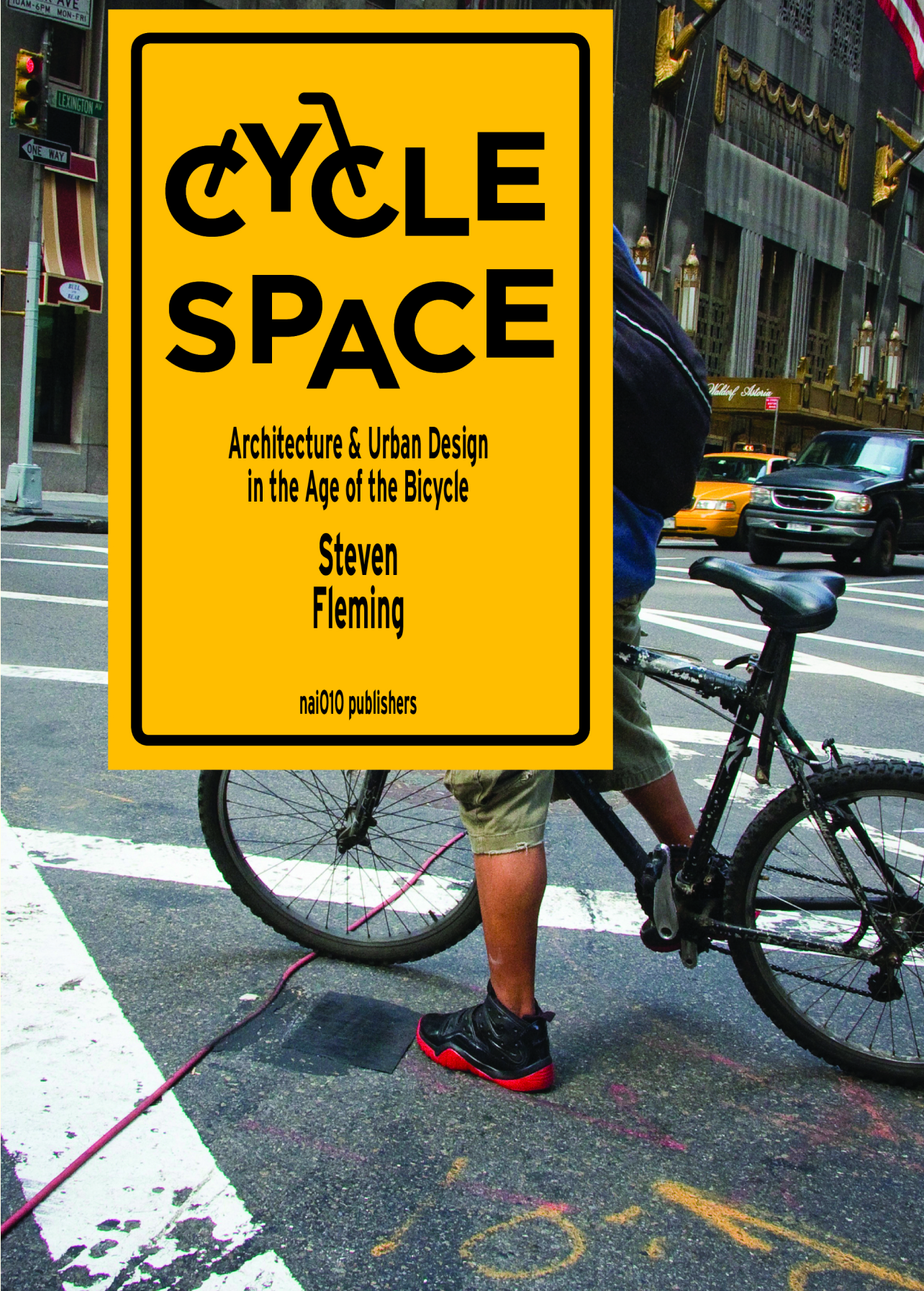
Livable Streets 2.0
Livable Streets 2.0 offers a thorough examination of the struggle between automobiles, residents, pedestrians and other users of streets, along with evidence-based, practical strategies for redesigning city street networks that support urban livability. In 1981, when Donald Appleyard’s Livable Streets was published, it was globally recognized as a groundbreaking work, one of the most influential urban design books of its time. Unfortunately, he was killed a year later by a speeding drunk driver. This latest update, Livable Streets 2.0, revisited by his son Bruce, updates on the topic with the latest research, new case studies and best practices for creating more livable streets.
It is essential reading for those who influence future directions in city and transportation planning.
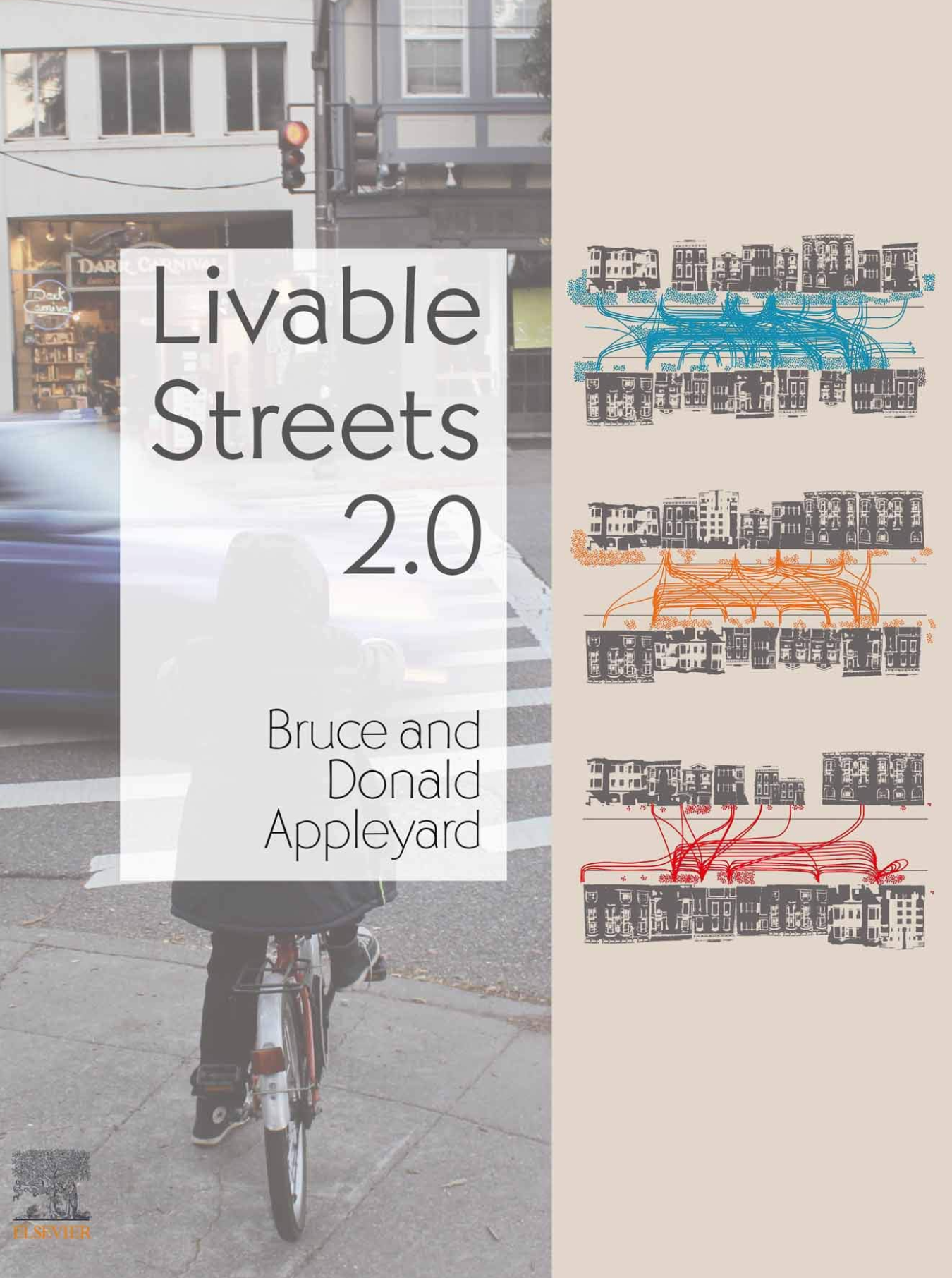
Livable Streets
Streets have become dangerous, unlivable environments, yet most people live on them. Streets need to be redefined as sanctuaries; as livable places; as communities; as resident territory; as places for play, greenery, and local history. Neighborhoods should be protected, though not to the point of being exclusionary. In Livable Streets, Donald Appleyard examines the neighborhood unit, the environmental area and the Woonerf as models for the protected neighborhood. The criteria for a protected neighborhood depend on acceptable speeds, volumes, noise levels, reduction of accidents, and rights-of-way for pedestrians.
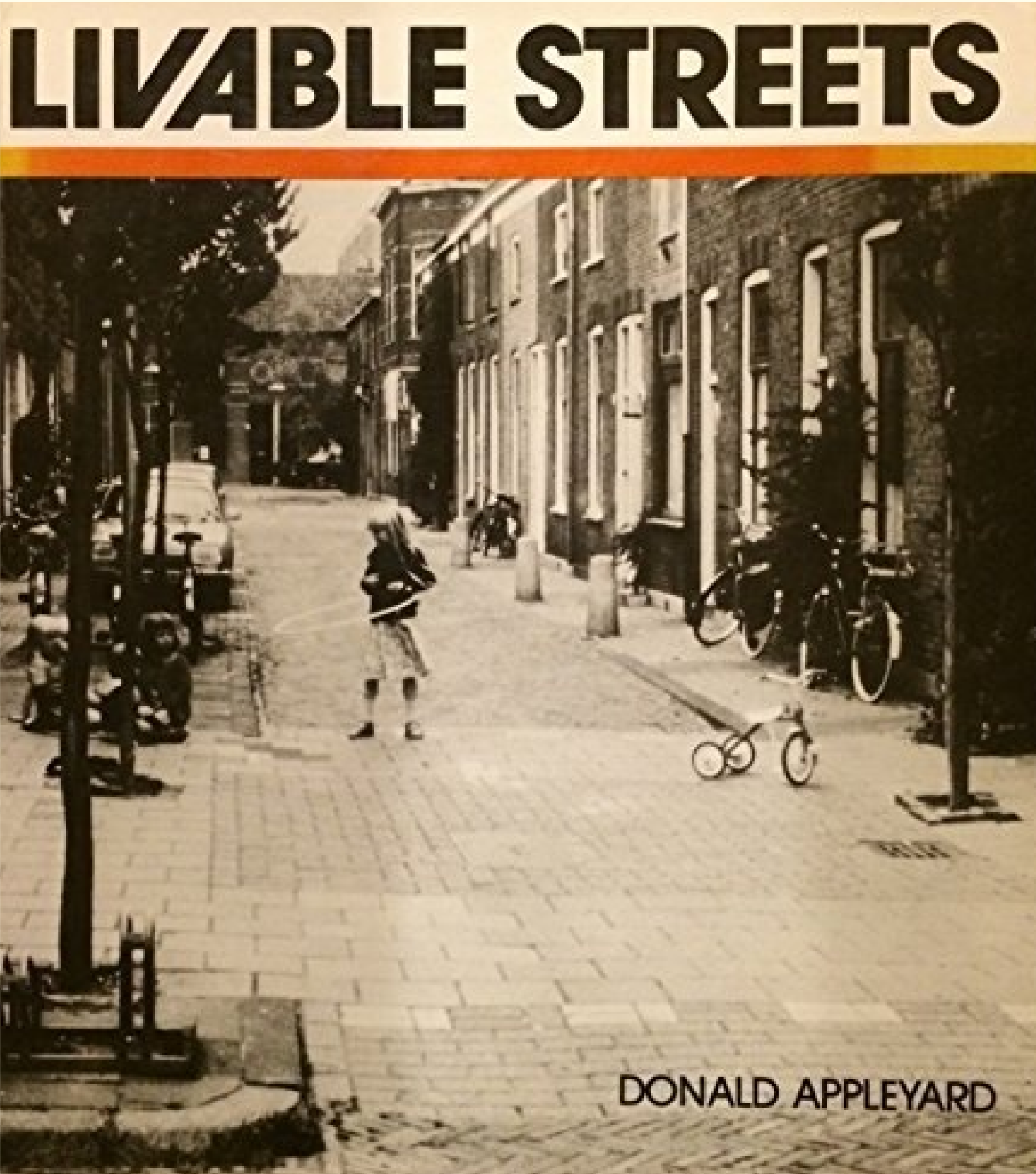
The Village Effect
Marrying the findings of the new field of social neuroscience together with gripping human stories, Susan Pinker explores in The Village Effect the impact of face-to-face contact from cradle to grave, from city to Sardinian mountain village, from classroom to workplace, from love to marriage to divorce. Her results are enlightening and enlivening, and they challenge our assumptions. Most of us have left the literal village behind, and don’t want to give up our new technologies to go back there. But, as Pinker writes so compellingly, we need close social bonds and uninterrupted face-time with our friends and families in order to thrive–even to survive. Creating our own “village effect” can make us happier. It can also save our lives.
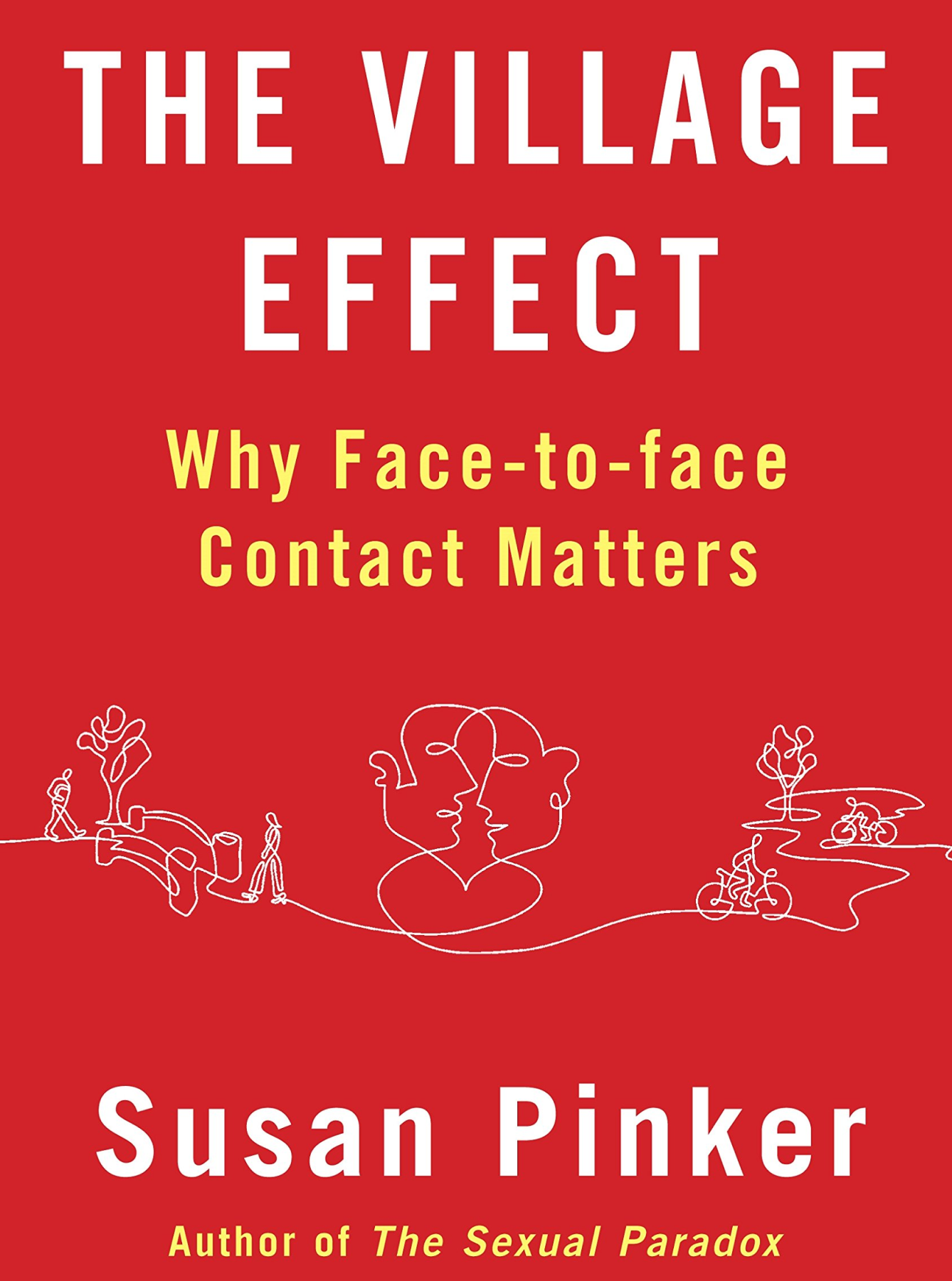
Fair Shared Cities
Bringing together a diverse team of leading scholars and professionals, Fair Shared Cities offers a variety of insights into ongoing gender mainstreaming policies in Europe with a focus on urban/spatial planning.
By Inés Sánchez de Madariaga and Marion Roberts.

Street Corner Society
Street Corner Society is one of a handful of works that can justifiably be called classics of sociological research. William Foote Whyte’s account of the Italian American slum he called “Cornerville”—Boston’s North End—has been the model for urban ethnography for fifty years.
By mapping the intricate social worlds of street gangs and “corner boys,” Whyte was among the first to demonstrate that a poor community need not be socially disorganized. His writing set a standard for vivid portrayals of real people in real situations. And his frank discussion of his methodology—participant observation—has served as an essential casebook in field research for generations of students and scholars.
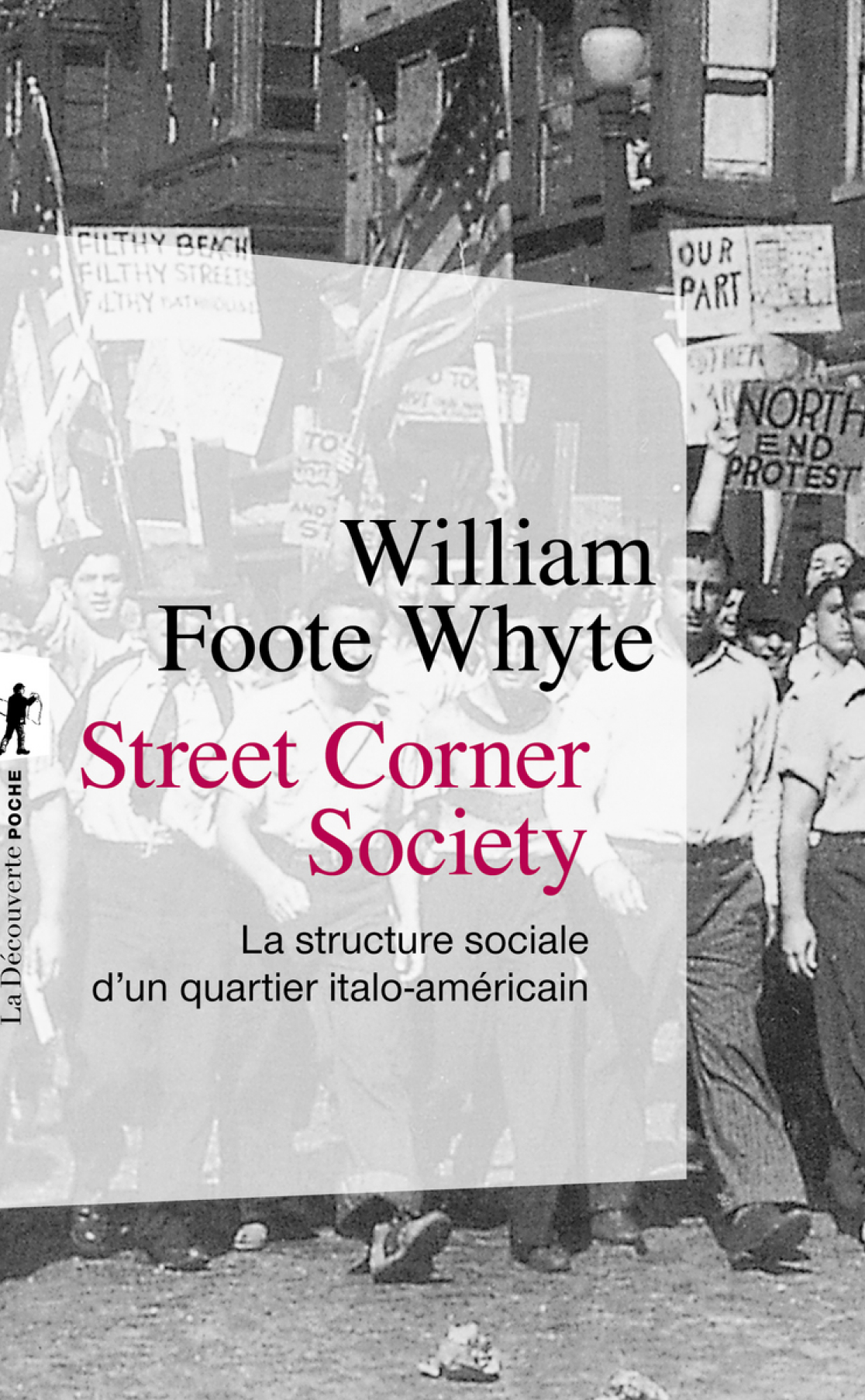
Urban Villagers
Hebert Gans’ study of Italian Americans in Boston’s West End is one of the classics of contemporary sociology.
Providing a first-hand account of life in an inner city of contemporary sociology, Urban Villagers is a systematic and sensitive analysis of working-class culture and of the politicians, planners, and other outside professionals who affected it.
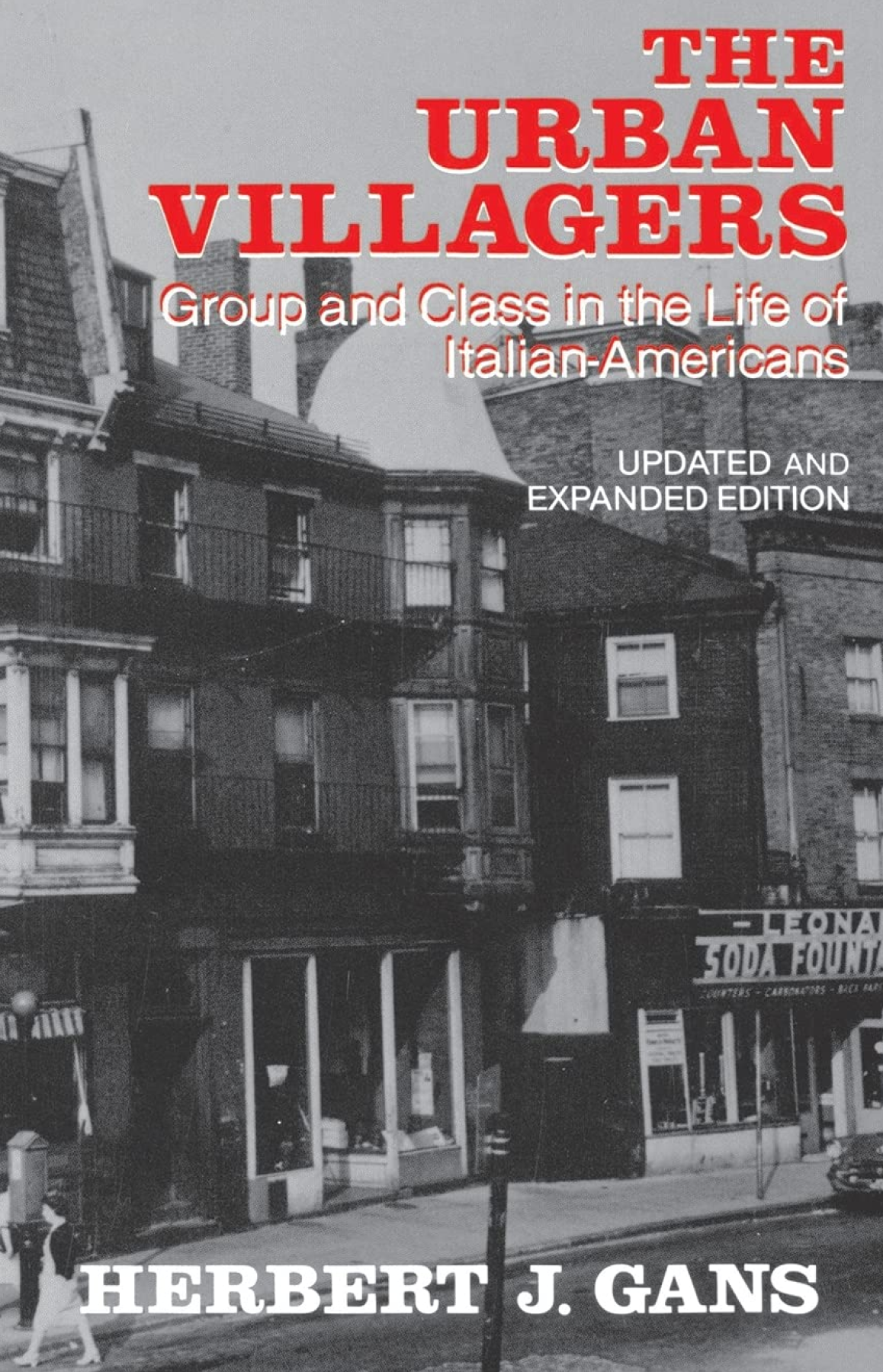
Man and the Modern City
No single view of American cities captures the many problems of urban life-whether the city is analyzed by a politician, an architect, an urban planner, a sociologist, or a psychologist. Man and the Modern City presents the view of ten distinguished urban critics whose variety of approaches places the crucial issues of the city in a broad perspective.
Edited by Elizabeth Green, Jeanne R. Lowe, and Kenneth Walker.
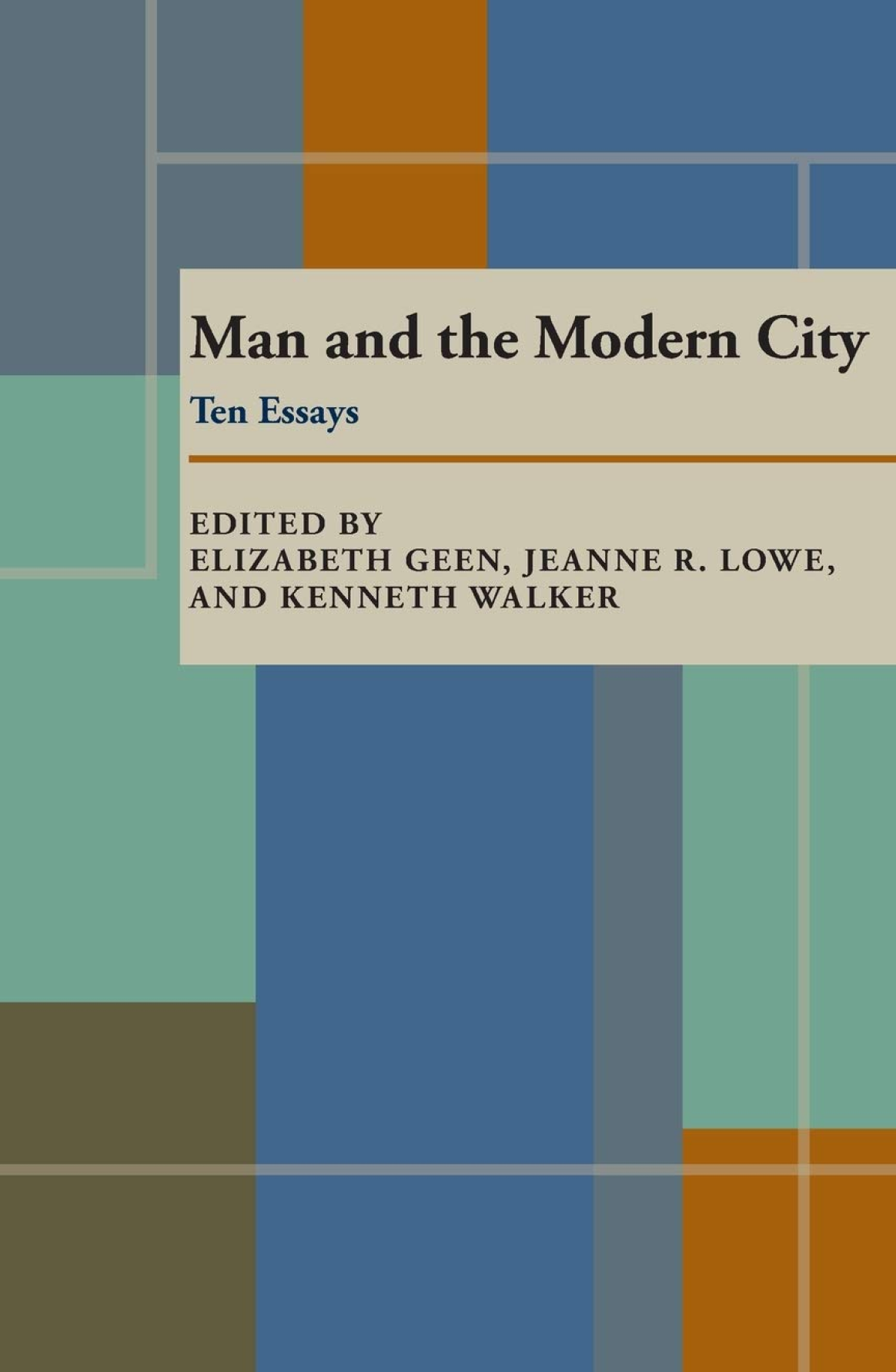
Design of Cities
In Design of Cities, Edmund N. Bacon relates historical examples to modern principles of urban planning. He vividly demonstrates how the work of great architects and planners of the past can influence subsequent development and be continued by later generations. By illuminating the historical background of urban design, Bacon also shows us the fundamental forces and considerations that determine the form of a great city. Perhaps the most significant of these are simultaneous movement systems—the paths of pedestrian and vehicular traffic, public and private transportation—that serve as the dominant organizing force, and Bacon looks at movement systems in cities such as London, Rome, and New York. He also stresses the importance of designing open space as well as architectural mass and discusses the impact of space, color, and perspective on the city-dweller. That the centers of cities should and can be pleasant places in which to live, work, and relax is illustrated by such examples as Rotterdam and Stockholm.
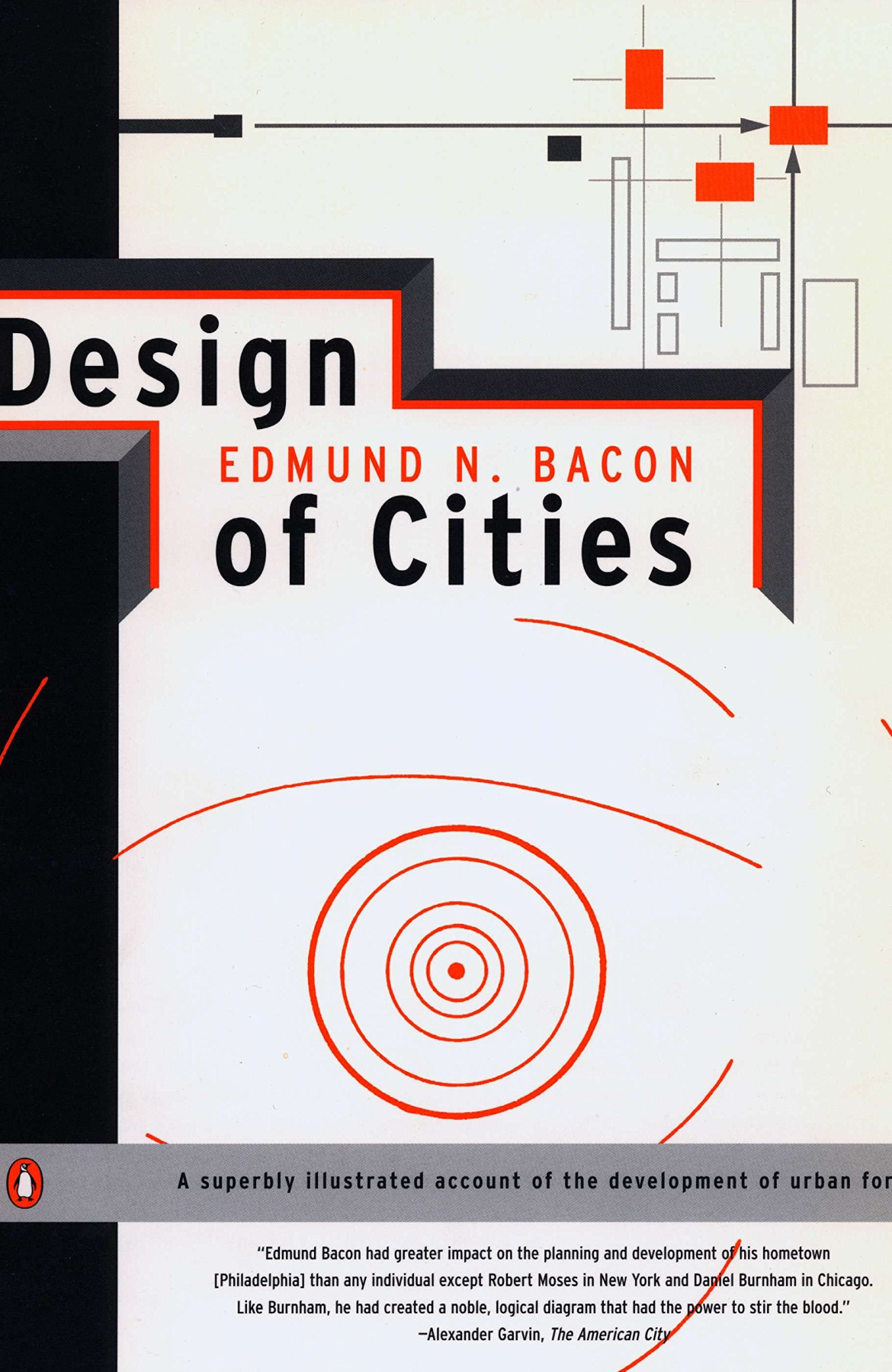
Eyes on the Street
The first major biography of the irrepressible woman who changed the way we view and live in cities, and whose influence is felt to this day.
Jane Jacobs was a phenomenal woman who wrote seven groundbreaking books, saved neighborhoods, stopped expressways, was arrested twice, and engaged in thousands of impassioned debates—all of which she won. Robert Kanigel’s revelatory portrait of Jacobs, based on new sources and interviews, brings to life the child who challenged her third-grade teacher; the high school poet; the mother who raised three children; the journalist who honed her skills at Architectural Forum and Fortune before writing her most famous book, The Death and Life of Great American Cities; and the activist who helped lead a successful protest against Robert Moses’s proposed expressway through her beloved Greenwich Village.
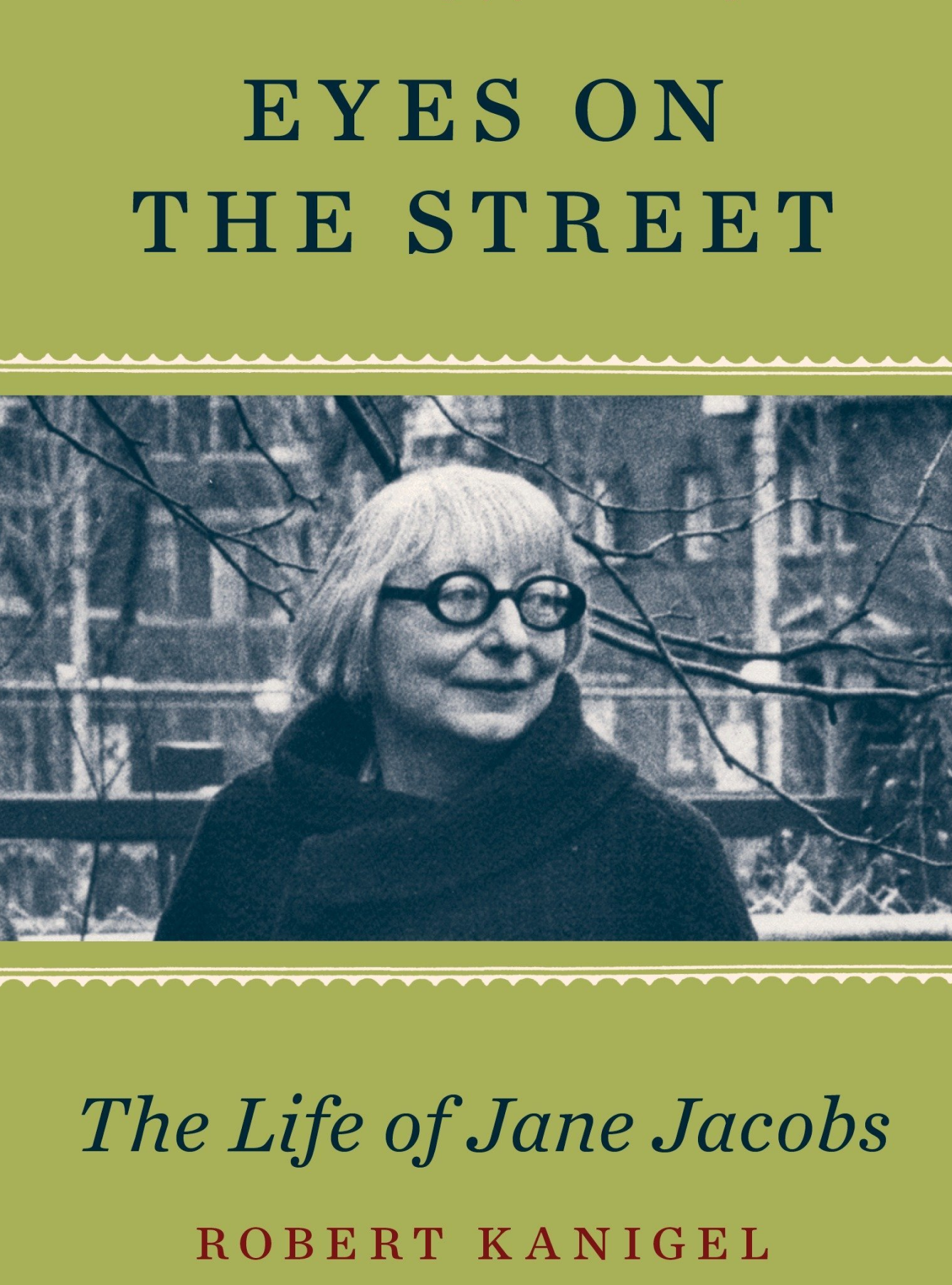
Wrestling With Moses
The epic rivalry of Jacobs and Moses, played out amid the struggle for the soul of a city, is one of the most dramatic and consequential in modern American history. In Wrestling With Moses, acclaimed reporter and urban planning policy expert Anthony Flint recounts this thrilling David-and-Goliath story, the legacy of which echoes through our society today.

The Geography of Nowhere
In elegant and often hilarious prose, Kunstler depicts our nation’s evolution from the Pilgrim settlements to the modern auto suburb in all its ghastliness. The Geography of Nowhere tallies up the huge economic, social, and spiritual costs that America is paying for its car-crazed lifestyle. It is also a wake-up call for citizens to reinvent the places where we live and work, to build communities that are once again worthy of our affection. Kunstler proposes that by reviving civic art and civic life, we will rediscover public virtue and a new vision of the common good.

The City in Mind
In the highly acclaimed The Geography of Nowhere, James Howard Kunstler declared suburbia “a tragic landscape” and fueled a fierce debate over how we will live in twenty-first-century America. Here, Kunstler turns his discerning eye to urban life in America and beyond in dazzling excursions to classical Rome, the Aztec capital of Tenochtitlan, Louis-Napoleon’s Paris, the “gigantic hairball” that is contemporary Atlanta, the ludicrous spectacle of Las Vegas, and more. Seeking to discover what is constant and enduring in cities at their greatest, Kunstler explores how America got lost in suburban wilderness and locates pathways that might lead to civic revival. His authoritative tour is both a concise history of cities and a stunning critique of how they can aid or hinder social and civil progress. By turns dramatic and comic, The City in Mind is an exceptional glimpse into the urban condition.
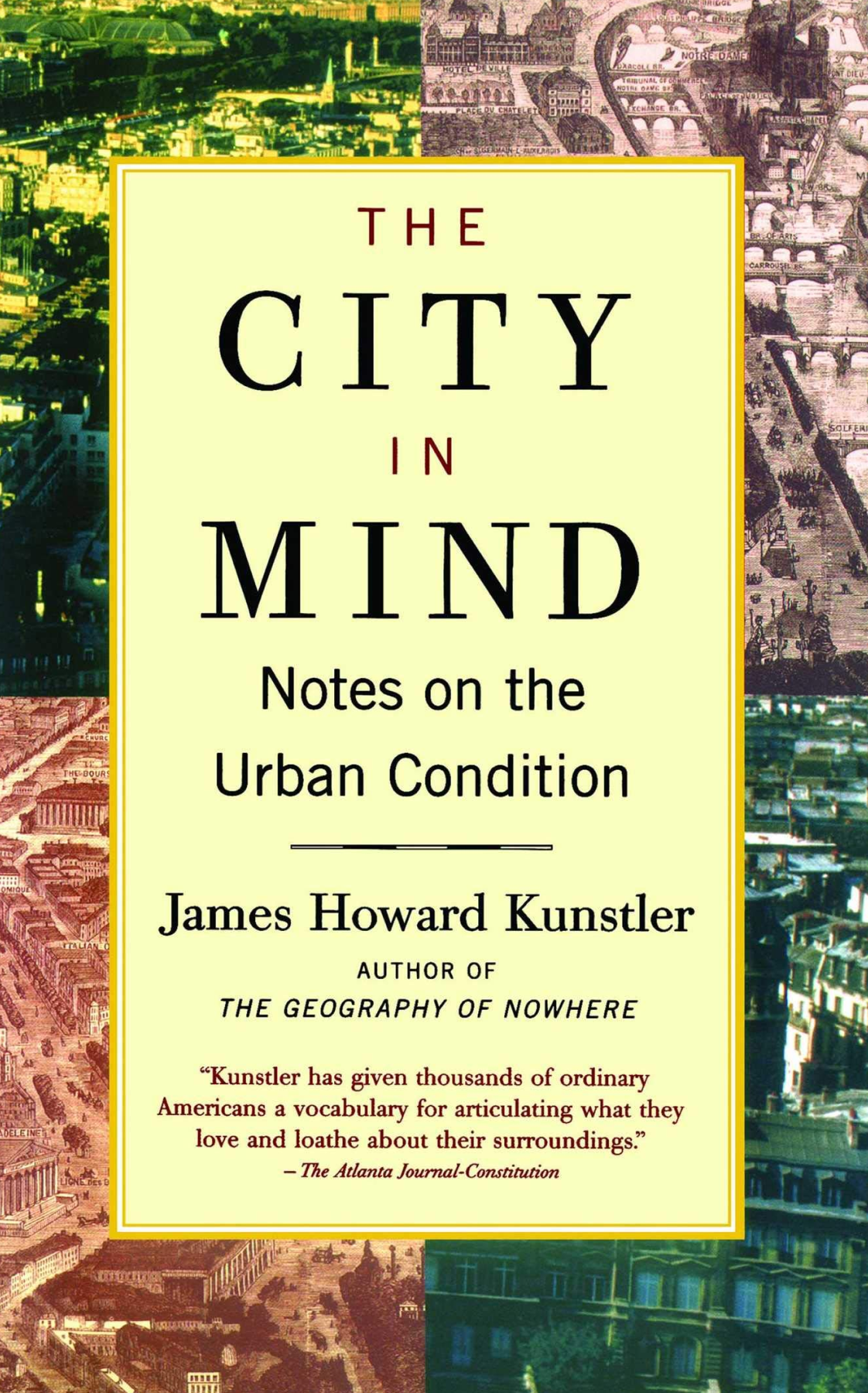
Once in a Great City
In Once in a Great City, David Maraniss shows that before the devastating riot, before the decades of civic corruption and neglect, and white flight; before people trotted out the grab bag of rust belt infirmities and competition from abroad to explain Detroit’s collapse, one could see the signs of a city’s ruin. Detroit at its peak was threatened by its own design. It was being abandoned by the new world economy and by the transfer of American prosperity to the information and service industries. In 1963, as Maraniss captures it with power and affection, Detroit summed up America’s path to prosperity and jazz that was already past history.
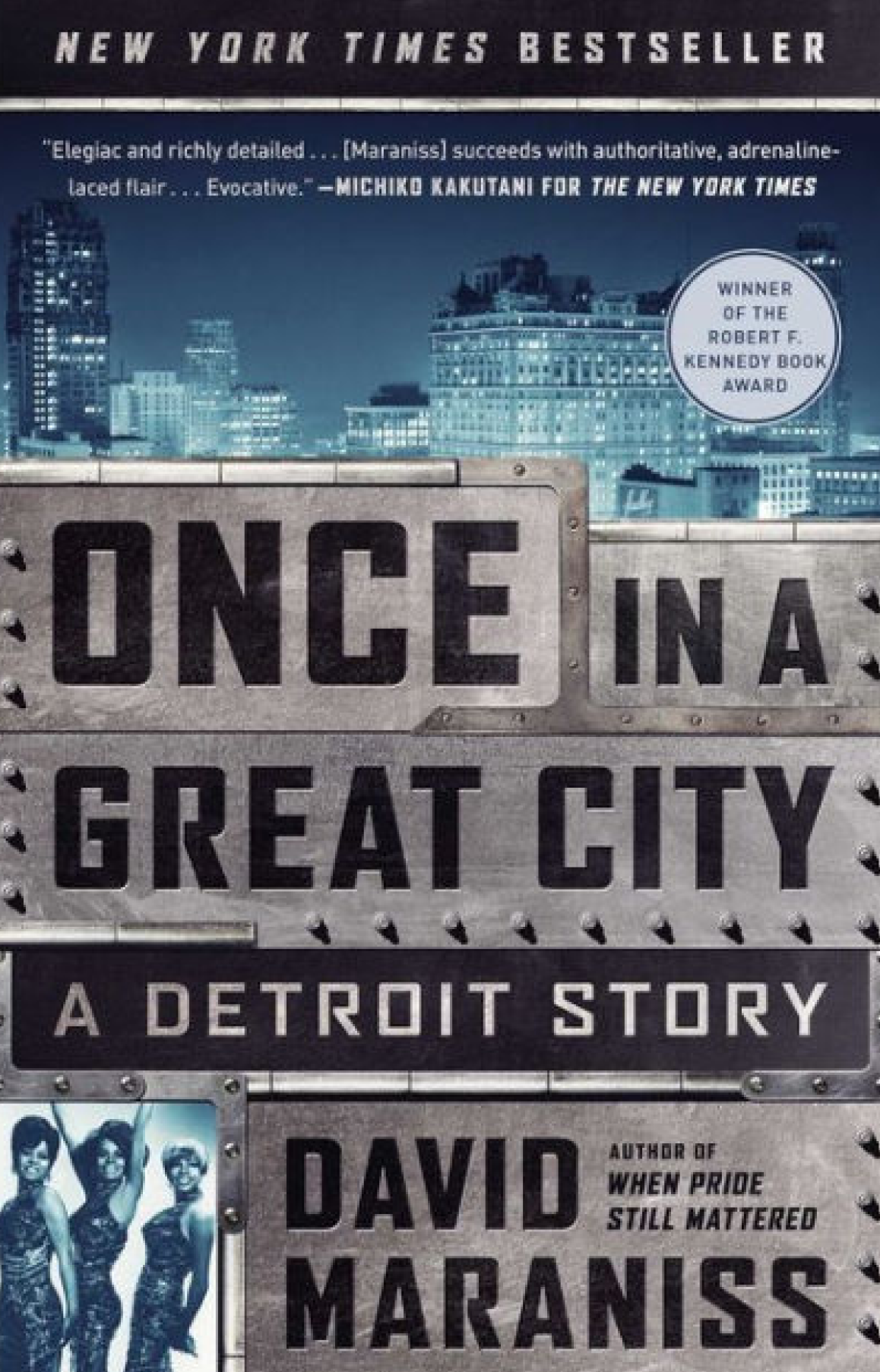
What Amsterdam can teach other cities about connecting people
Cornelia Dinca shares the idea of leveraging the power of digital connectivity to make urban functions more effective. By providing examples within the city of Amsterdam, Cornelia invigorates her plea for smart, human-connected cities.
Watch this TEDx talk on YouTube.

Open Source Urbanism & How to Recode Your City
According to Thomas Ermacora, for the past century we have designed cities mainly for cars and hinged our economies and communities on an unsustainable model of urbanization. By rebuilding the commons and using public facing architecture principles the speaker believes we can transform our neighborhoods collaboratively to become the thriving places they should be.
Watch this TEDx talk on YouTube.
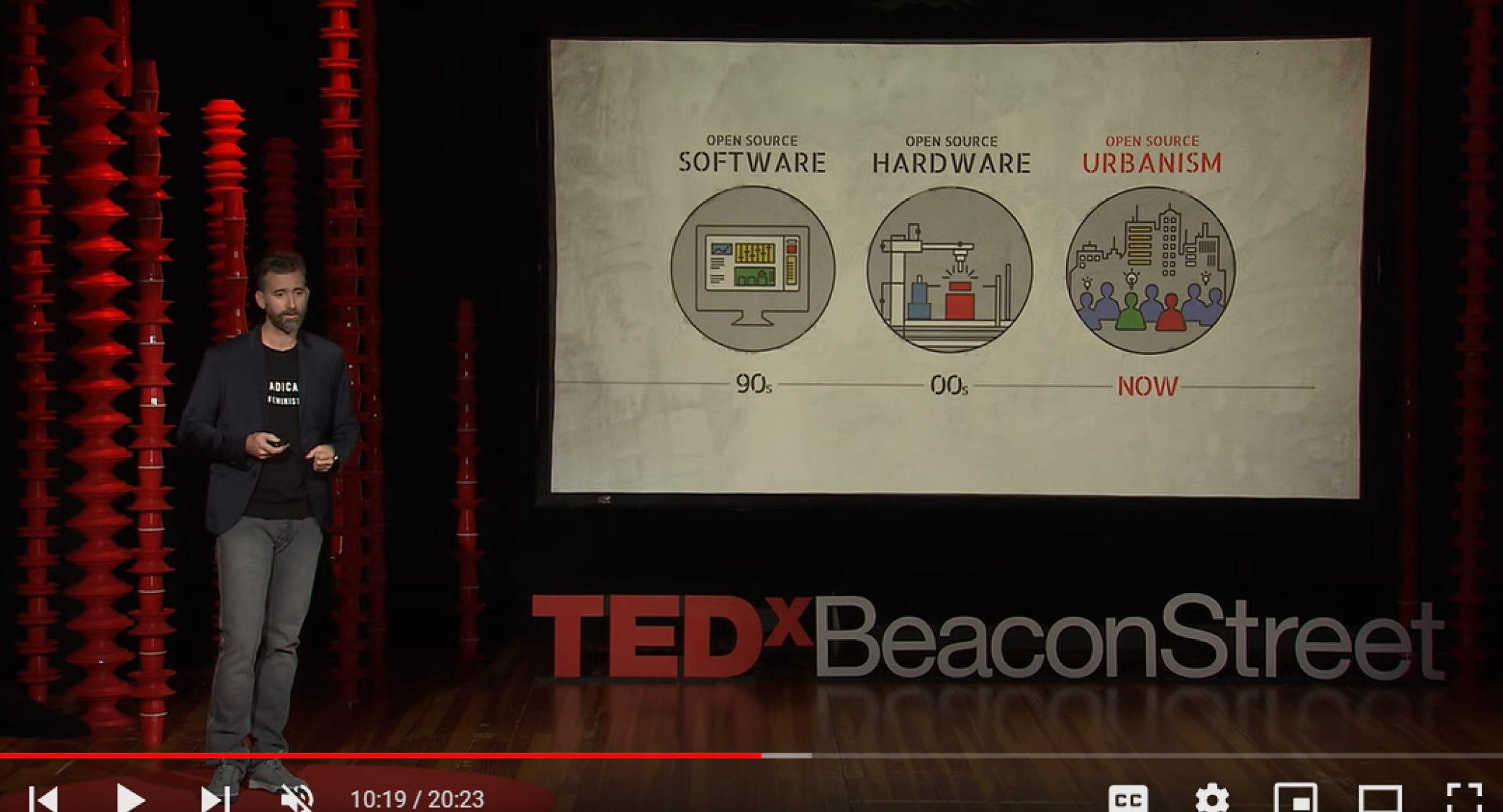
Urban Design for Successful Cities
As Chief Urban Designer for the City of New York, Alexandros Washburn understands one key thing about designing successful cities: it doesn’t work until it works for the pedestrian.
Watch this TEDx talk on YouTube.

The happy city experiment
Charles Montgomery explores what happens when you take an abandoned city space in NYC and populate it with urban social experiments. The outcomes are unexpected as city dwellers explore this public space, interact with each other, and change their attitudes towards social connections, values, and each other.
Watch this TEDx talk on YouTube.

We let kids design our city – here’s what happened
As adults, we think of kids as “future citizens.” Their ideas and opinions will matter someday, but not today — there must be a reason the voting age is 18, right? But kids make up 25% of the population — shouldn’t we include them in some important conversations? In this inspiring talk, urban planner Mara Mintzer wonders what would happen if we let children design our cities.
Watch this TEDx talk on YouTube.
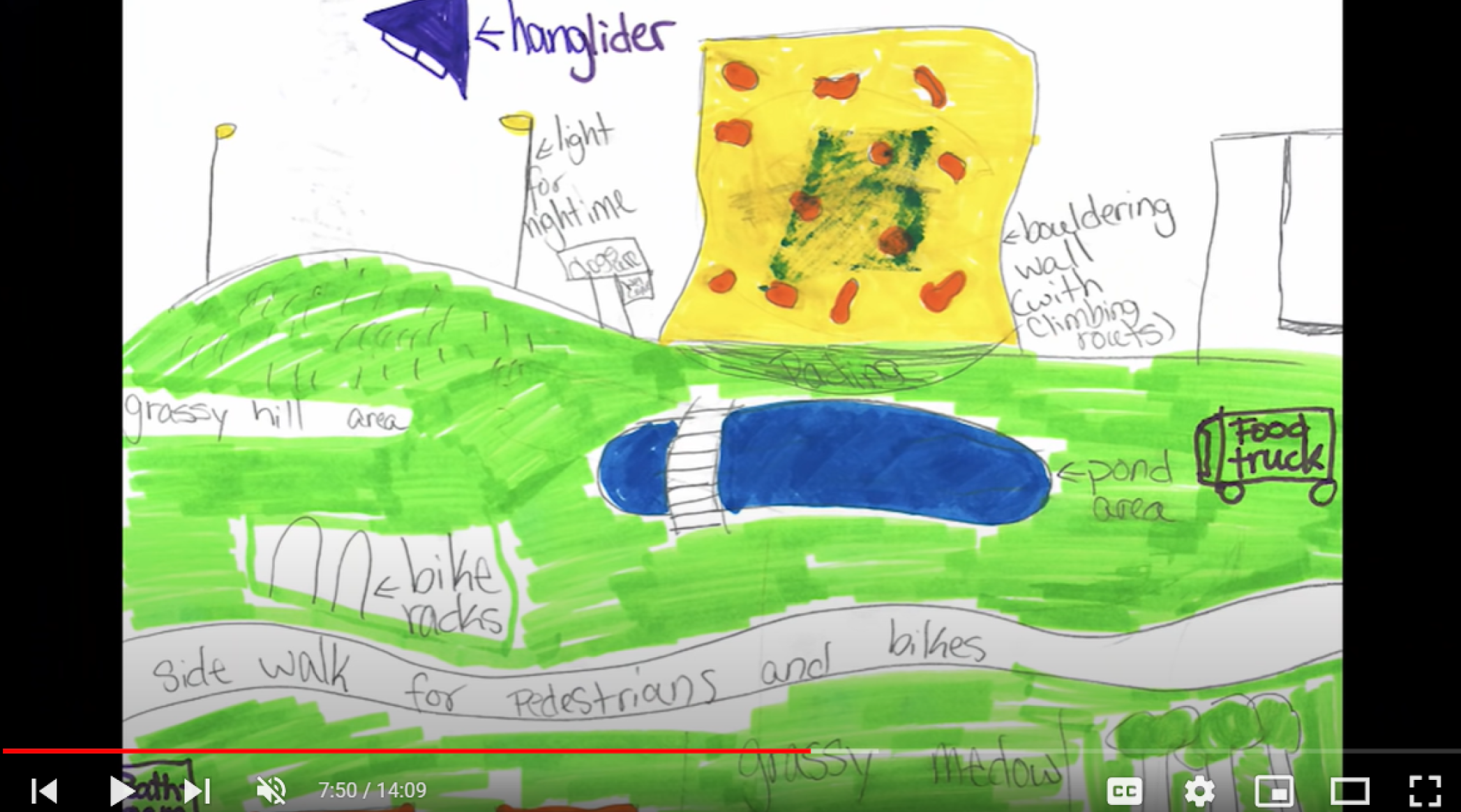
Social Infrastructure
World-renown architect Bjarke Ingels shares his process and projects in this light and thoughtful TEDx talk.
Watch it on YouTube.
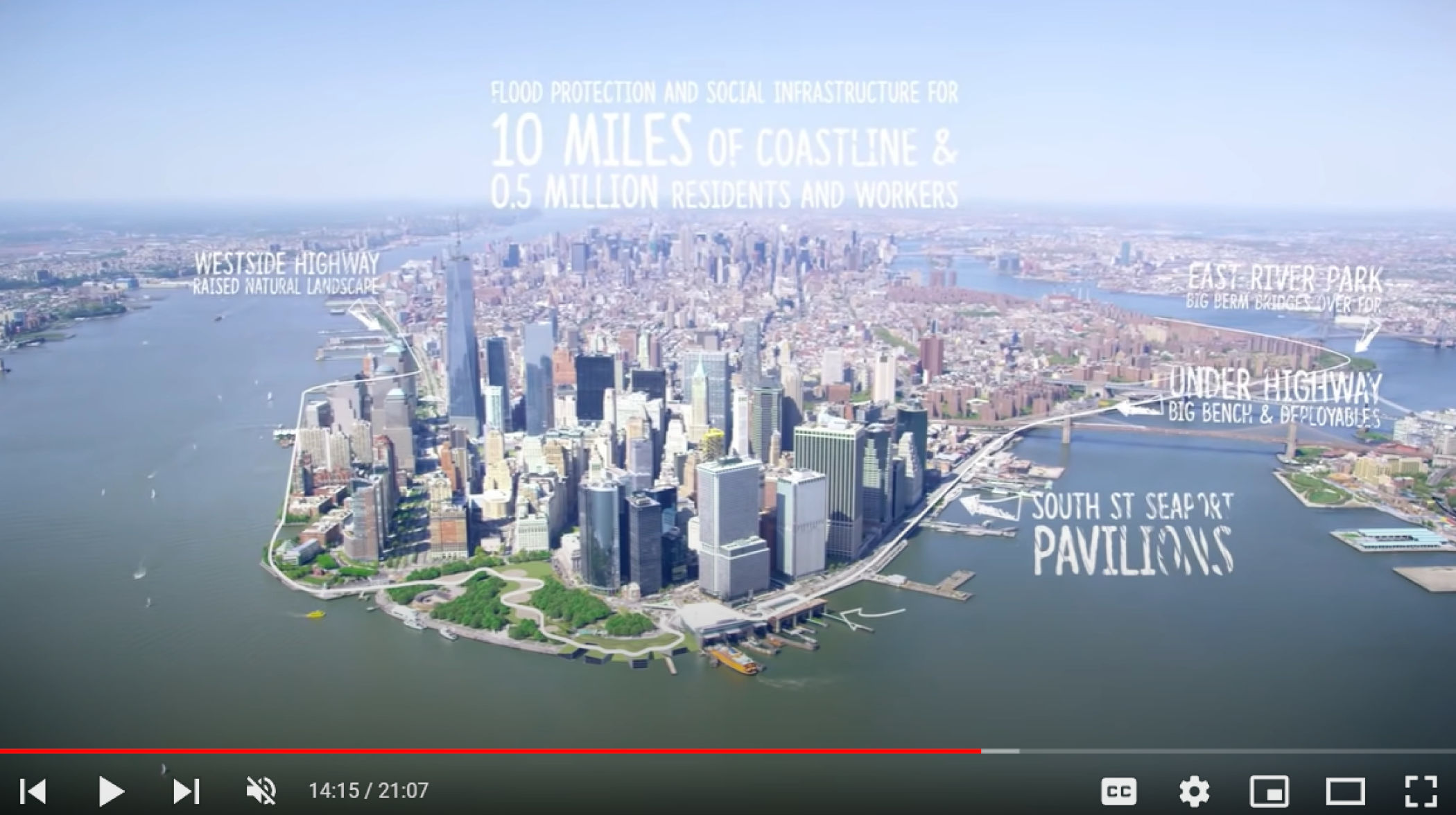
Designing playgrounds for happier, healthier kids
Sarah Konradi is a landscape architect working at the intersection of design, conservation, and health. As Program Director of the National Wildlife Federation’s Early Childhood Health Outdoors program, Sarah works with underserved communities to re-envision outdoor spaces used by children and families, creating playgrounds that support child development and connection to the natural world.
Watch this TEDx talk on YouTube.
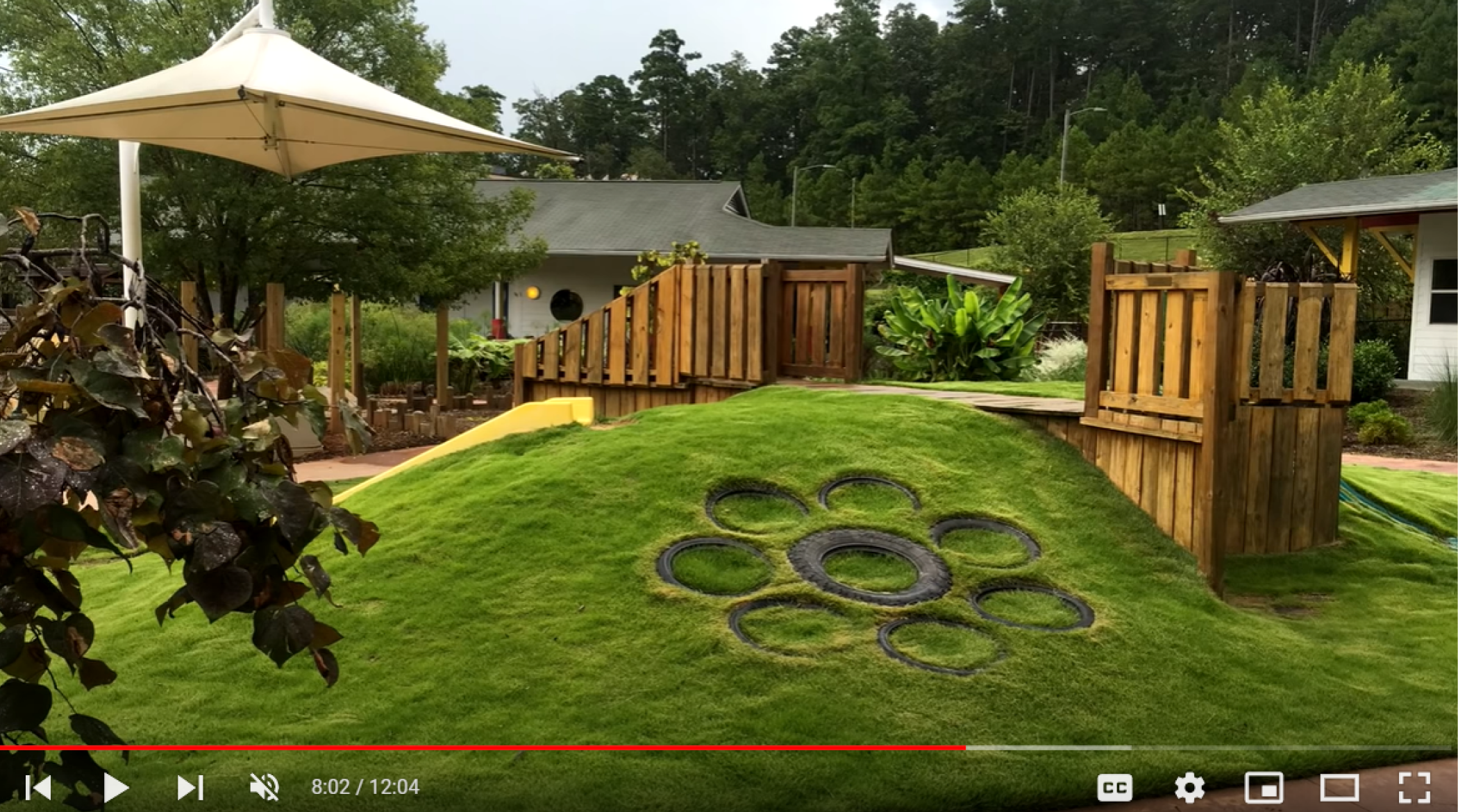
Why millennials should move to smaller cities
While social media and social norms tell us that big cities are the place to be, Andy Vargas argues for post-industrial mid-sized cities across the United States. These are known as Prospect Cities and they’re giving millennials a great place to launch almost any career. They’re cheaper, close enough to the big city, and facing serious social challenges that millennials especially can help solve.
Watch this TEDx talk on YouTube.
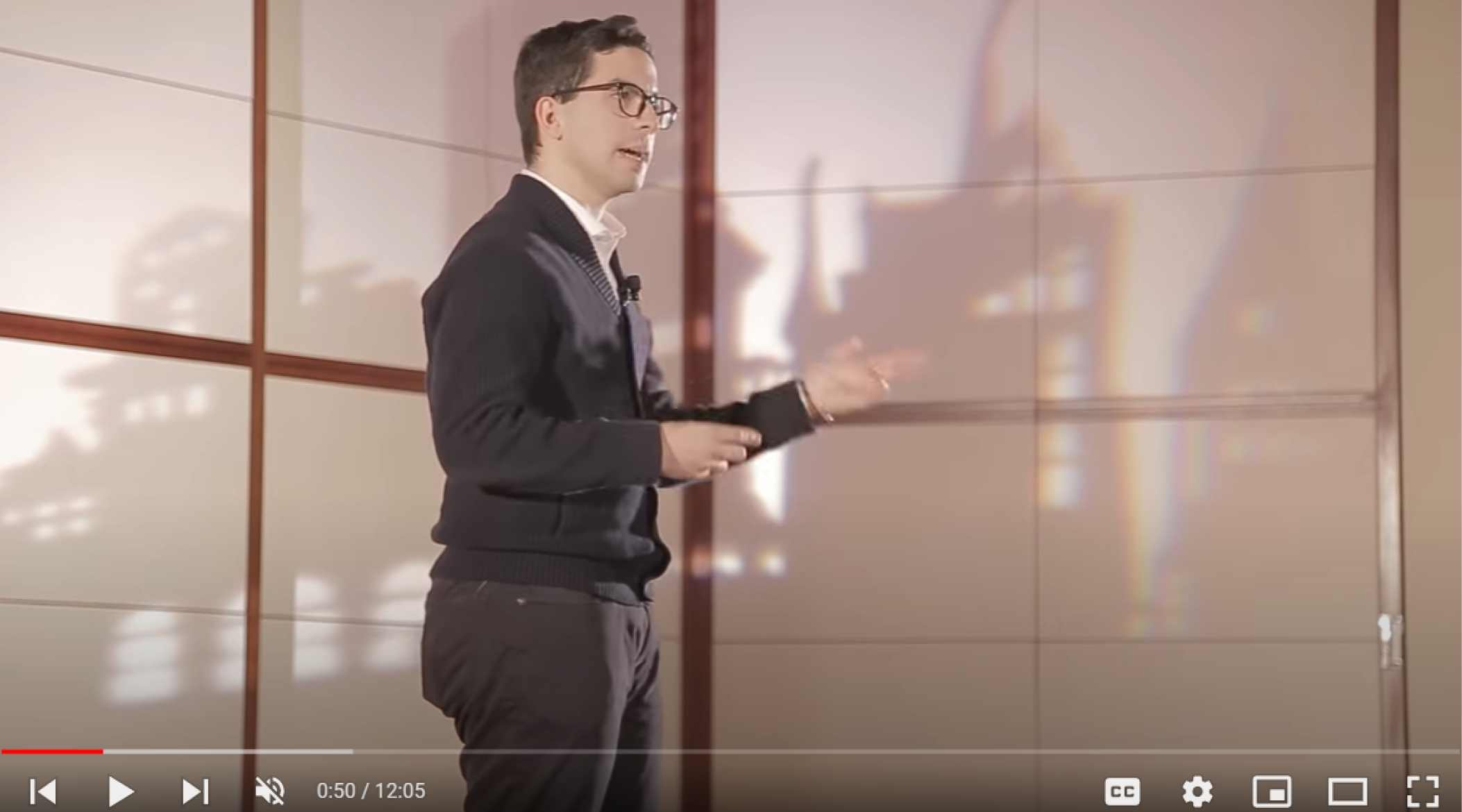
If Mayors Ruled The World
In the face of the most perilous challenges of our time climate change, terrorism, poverty, and trafficking of drugs, guns, and people the nations of the world seem paralyzed. The problems are too big, too interdependent, too divisive for the nation-state. Is the nation-state, once democracy’s best hope, today democratically dysfunctional? Obsolete? The answer, says Benjamin Barber in this highly provocative and original book, is yes. Cities and the mayors who run them can do and are doing a better job. Barber cites the unique qualities cities worldwide share: pragmatism, civic trust, participation, indifference to borders and sovereignty, and a democratic penchant for networking, creativity, innovation, and cooperation. He demonstrates how city mayors, singly and jointly, are responding to transnational problems more effectively than nation-states mired in ideological infighting and sovereign rivalries. Featuring profiles of a dozen mayors around the world courageous, eccentric, or both at once If Mayors Ruled the World presents a compelling new vision of governance for the coming century. Barber makes a persuasive case that the city is democracy’s best hope in a globalizing world, and great mayors are already proving that this is so.
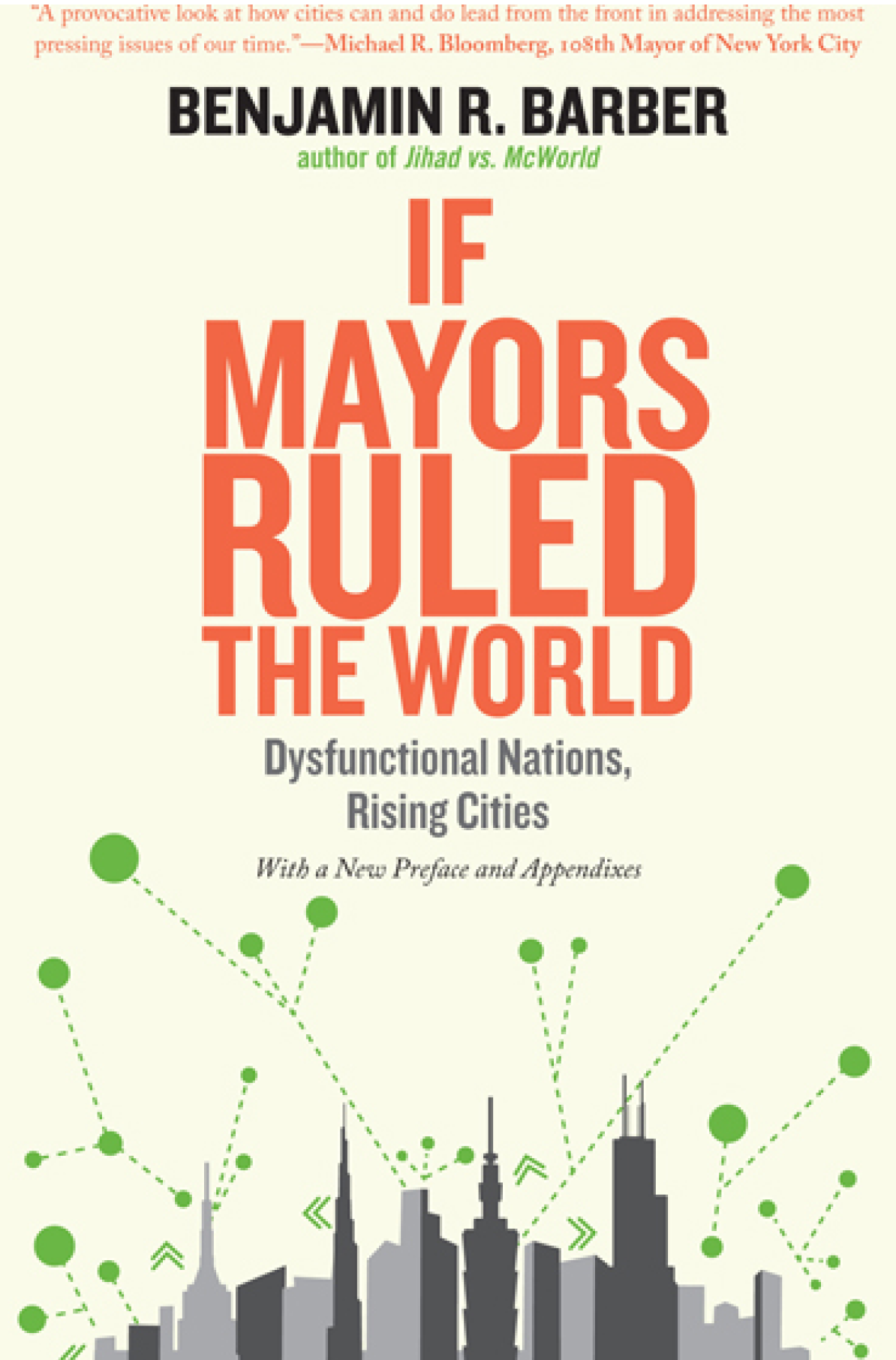
Cool Cities
Climate change is the most urgent challenge we face in an interdependent world where independent nations have grown increasingly unable to cooperate effectively on sustainability. In Cool Cities, renowned political theorist Benjamin R. Barber describes how cities, by assuming important aspects of sovereignty, can take the lead from faltering nation states in fighting climate change. Barber argues that with more than half the world’s population now in urban areas, where 80 percent of both GDP and greenhouse gas emissions are generated, cities are the key to the future of democracy and sustainability.
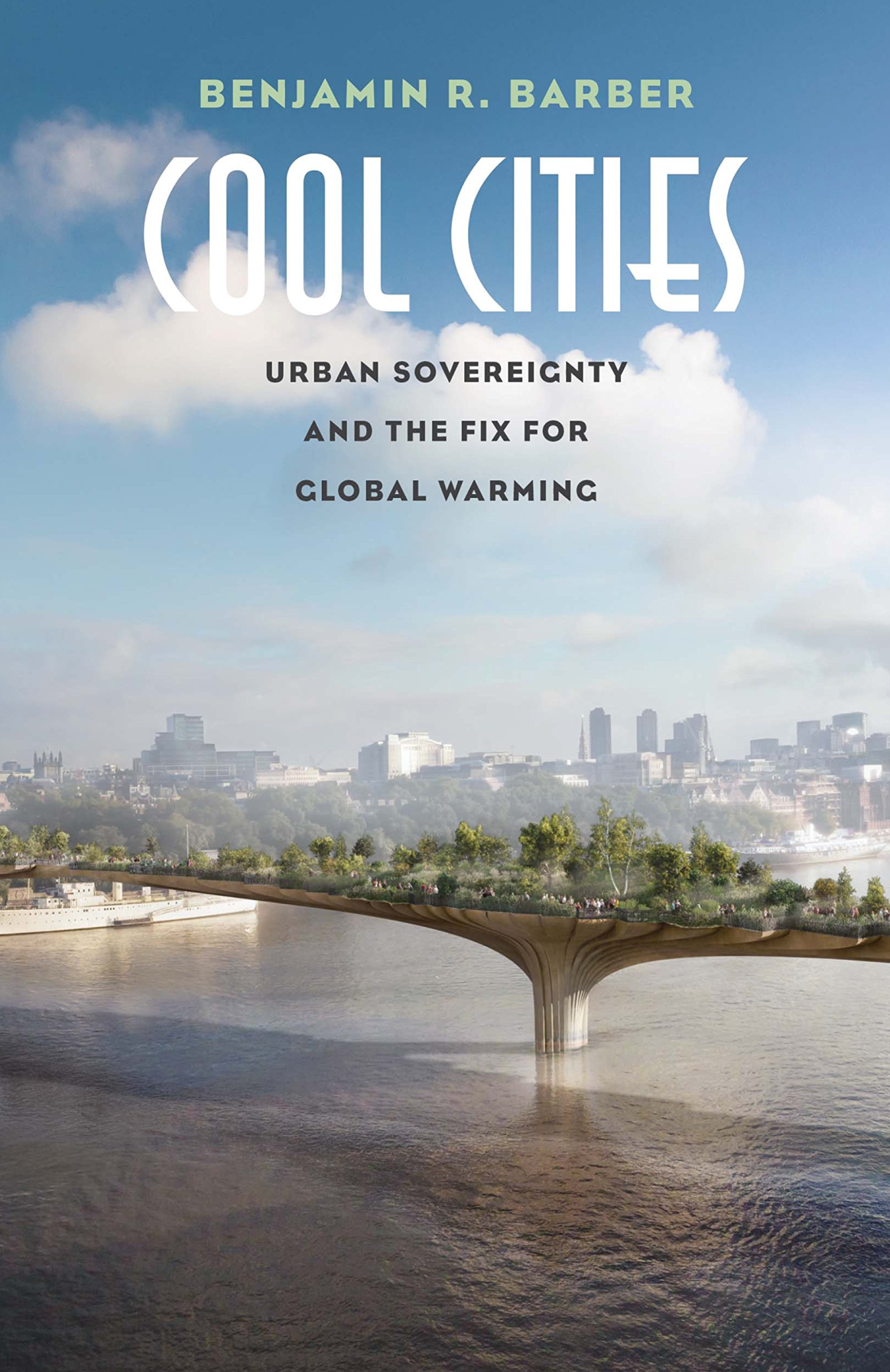
Bicycle Culture by Design
Mikael Colville-Andersen is an urban mobility expert and CEO for Copenhagenize Consulting. He is often called Denmark’s Bicycle Ambassador but he has learned the hard way that this title is a dismal pick-up line in bars. Colville-Andersen and his team advise cities and towns around the world regarding bicycle planning, infrastructure and communication strategies. He applies his marketing expertise to campaigns that focus on selling bicycle culture and bicycle transport to a mainstream audience as opposed to the existing cycling sub-cultures in particular with his famous Cycle Chic brand. Colville-Andersen gives talks around the world about bicycle culture, design and social media.
Watch this TEDx talk on YouTube.
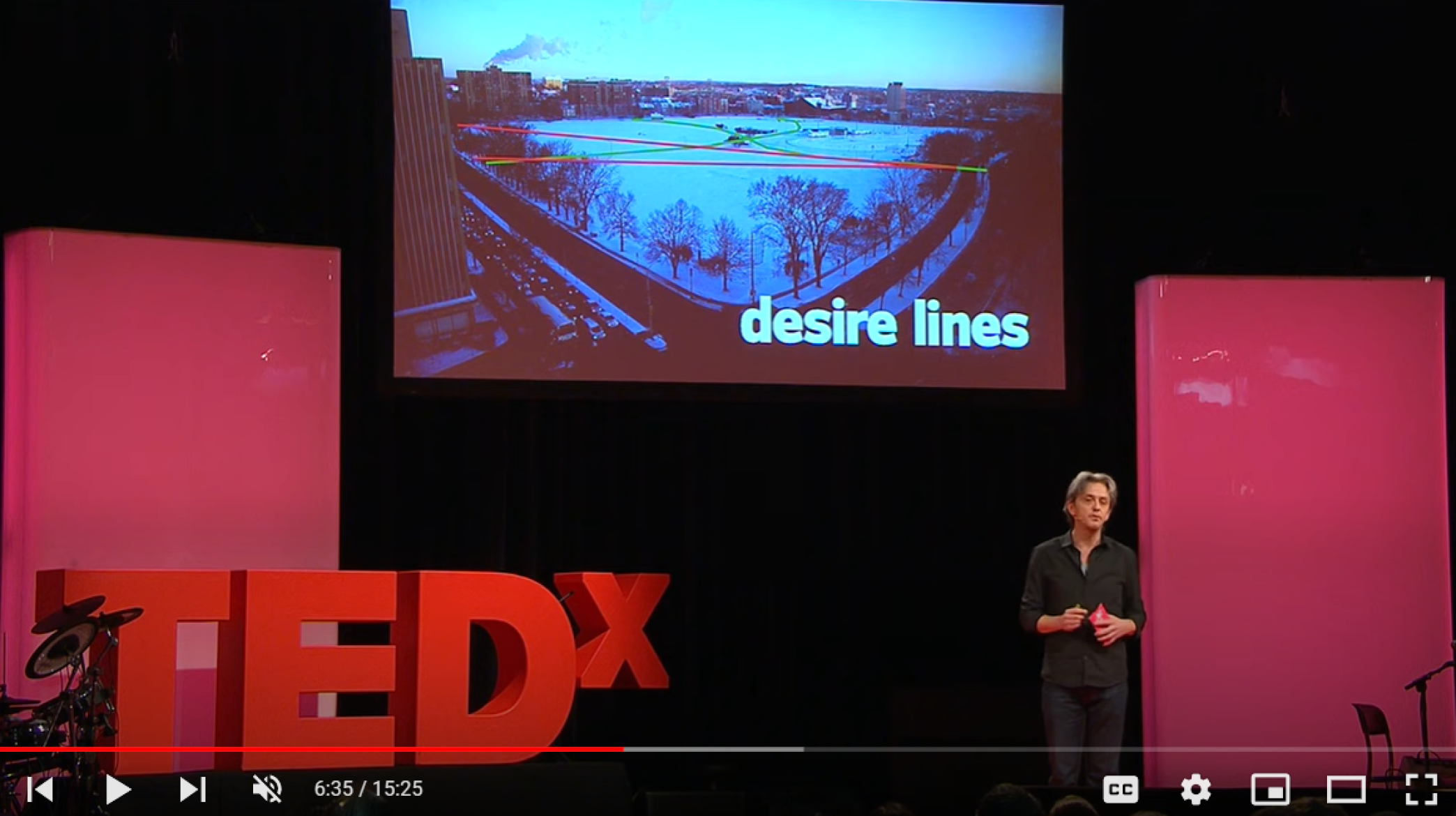
The Life-Sized City
“Somewhere in there, in the dark shadow of the Cult of Big, behind the mountain of obsessive growth, there is a lovely little place called the Life-Sized City. In the Life-Sized City, things are different.” – Urban designer Mikael Colville-Andersen takes us on a journey back to the future. A future that can be rational, with cities that can be better than they have been for 70 years. It all starts with The Life-Sized City and rejecting the Cult of Big.
Watch this TEDx talk on YouTube.
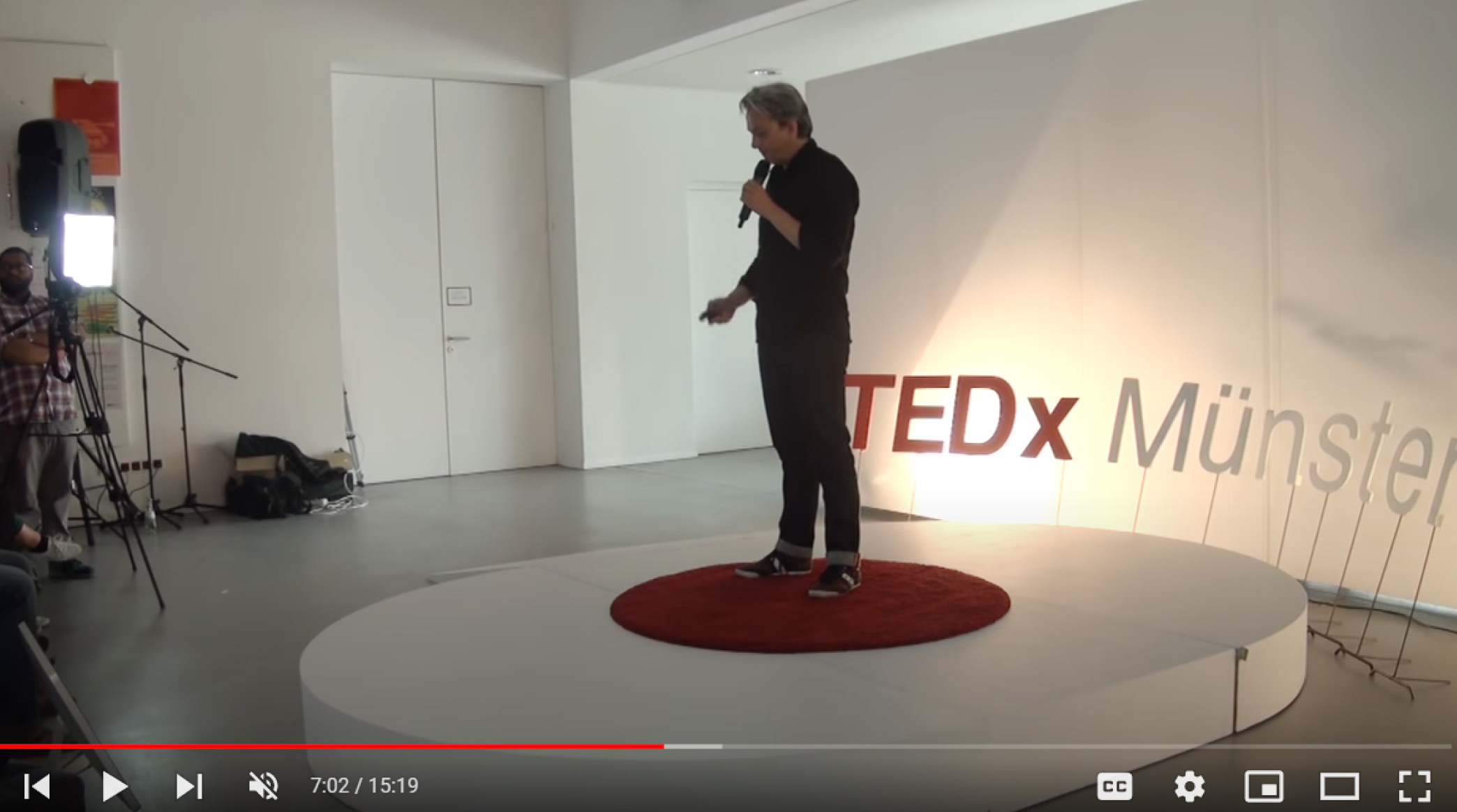
Why we shouldn’t bike with a helmet
Mikael Colville-Andersen talks about how important the bicycle is for liveable cities and how bicycle helmets are threatening bicycle culture.
Watch this TEDx talk on YouTube.
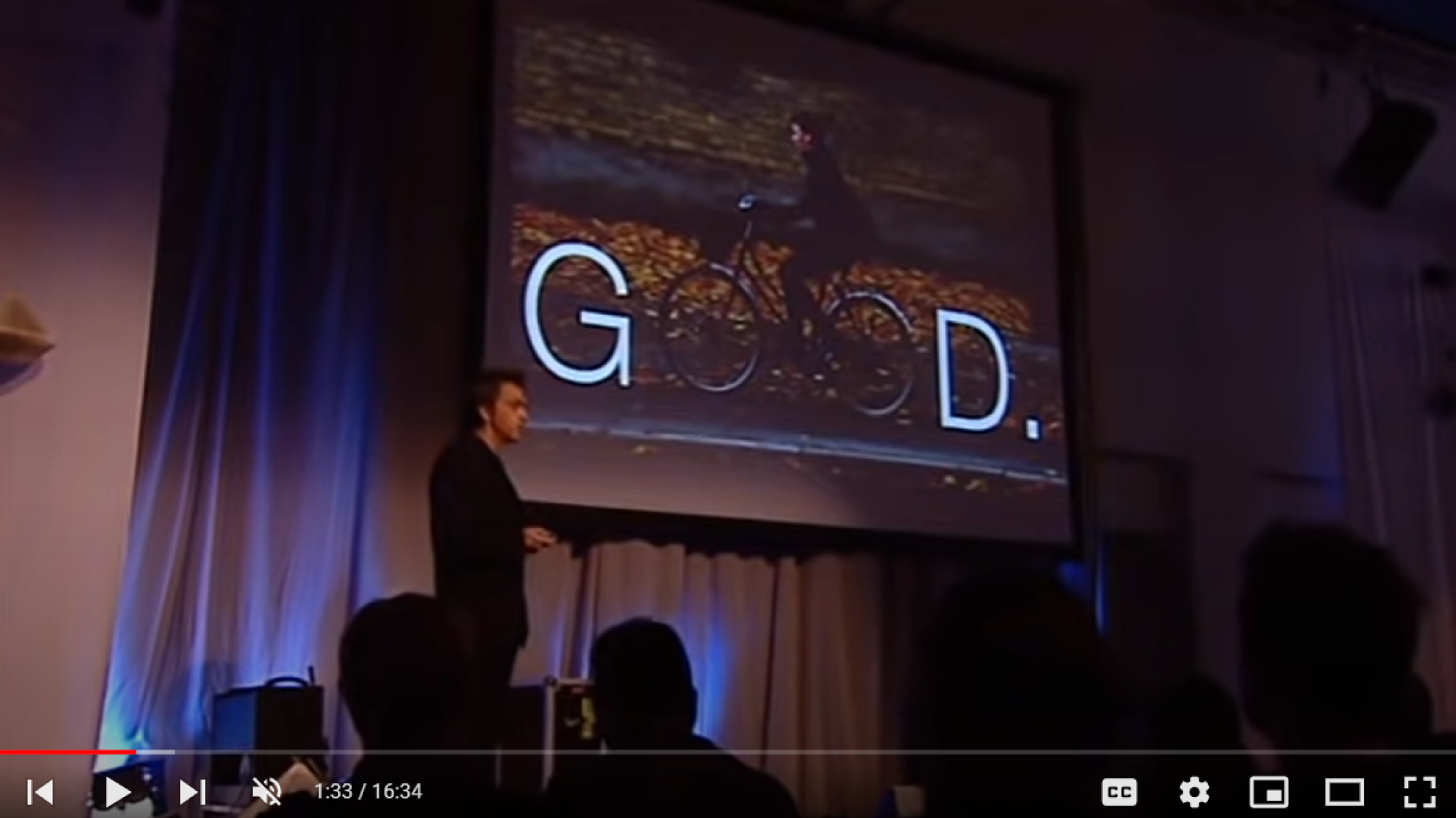
Add some magic to a public space near you
Every human has a deep longing for home and a sense of place. But home is not where many people think it is, because home is a feeling – not a location. David Engwicht is a place maker and founder of Creative Communities International, a social innovation incubator. The son of an itinerant gospel preacher, David grew up on the fringes with no sense of place. He shares his secrets for helping ordinary citizens add magic and soul to the public spaces in their neighborhood or town center.
Watch this TEDx talk on YouTube.
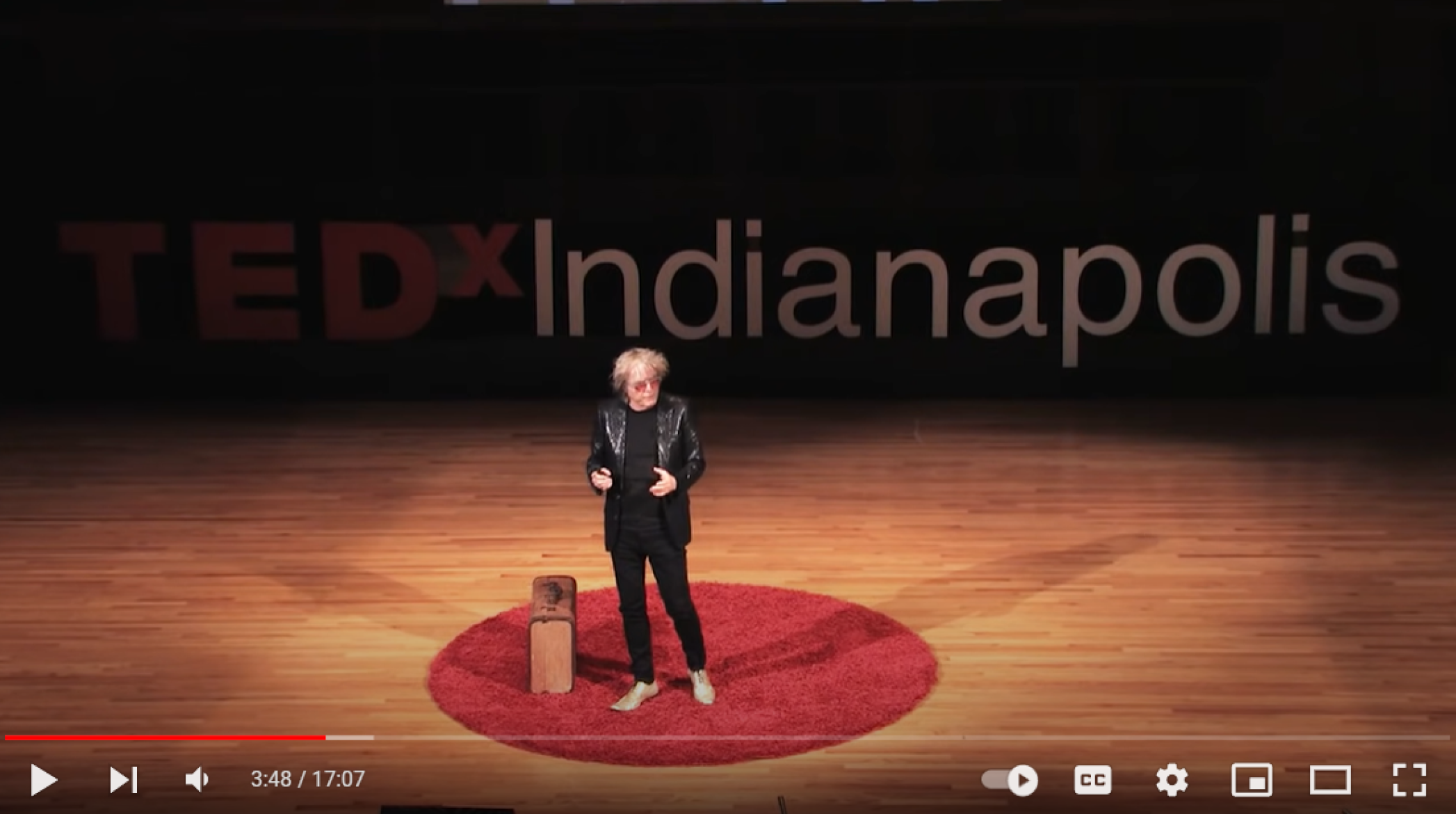
The architectural mastermind behind modern Singapore
Cities designed like families can last for generations. Skeptical? Look to master architect Liu Thai Ker, who transformed Singapore into a modern marvel with his unique approach to sustainable urban design. Liu shares creative wisdom and perspective on how marrying a humanist heart, a scientific mind and an artistic eye creates a resilient marriage of form and function. A talk that both humbles and inspires.
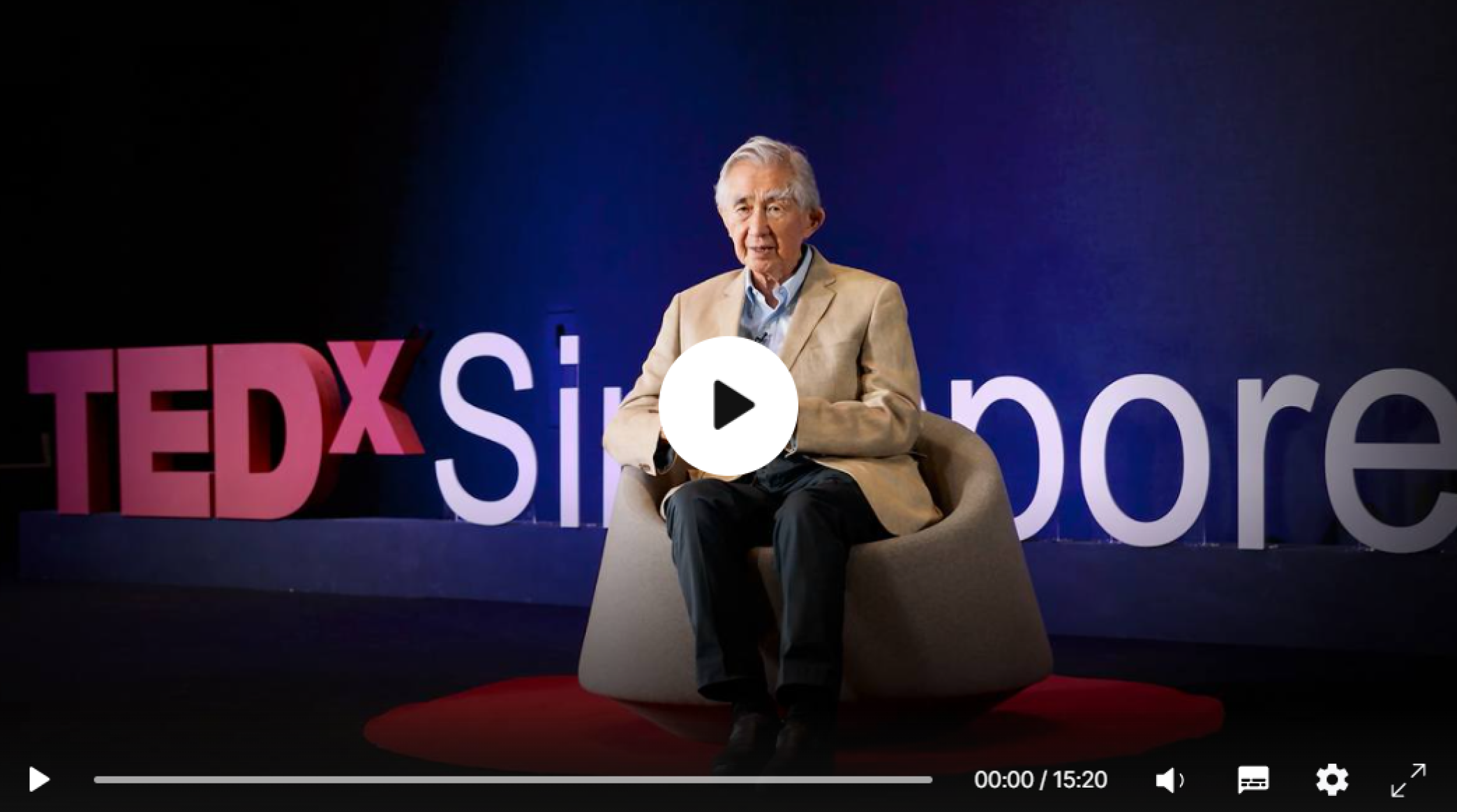
Segregation by Design
Segregation by Design is a personal project of Adam Paul Susaneck, an NYC-based architect.
Using historic aerial photography, this ongoing project aims to document the destruction of communities of color due to red-lining, “urban renewal,” and freeway construction. Through a series of stark aerial before-and-after comparisons, figure-ground diagrams, and demographic data, this project will reveal the extent to which the American city was methodically hollowed out based on race. The project will cover the roughly 180 municipalities which received federal funding from the 1956 Federal Highway Act, which created the interstate highway system.

Autonorama
In Autonorama: The Illusory Promise of High-Tech Driving, technology historian Peter Norton argues that driverless cars cannot be the safe, sustainable, and inclusive “mobility solutions” that tech companies and automakers are promising us. The salesmanship behind the driverless future is distracting us from investing in better ways to get around that we can implement now. Unlike autonomous vehicles, these alternatives are inexpensive, safe, sustainable, and inclusive.
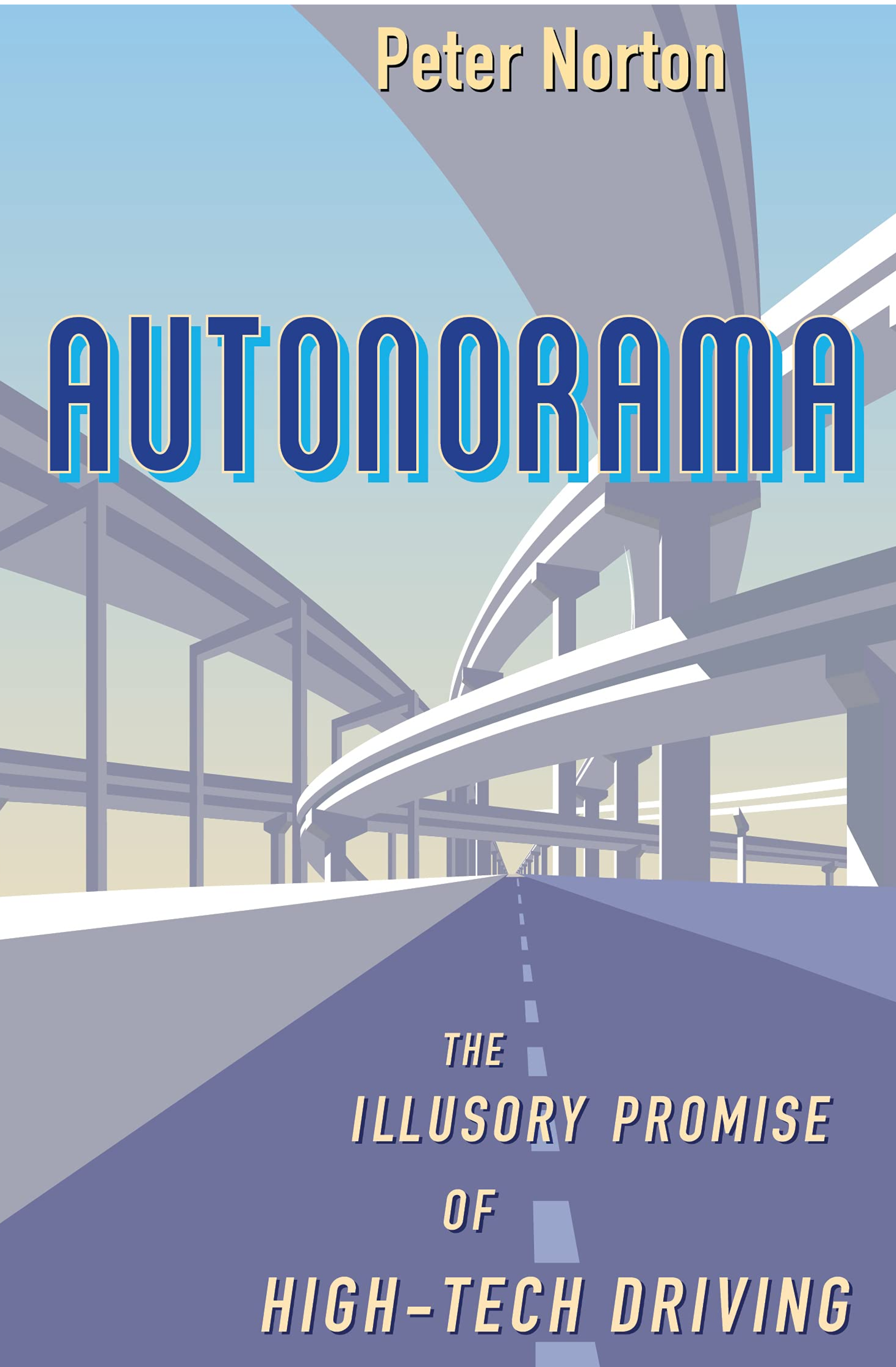
Environmental Psychology
Environmental Psychology offers a research-based introduction to the psychological relationship between humans and their built and natural environments and discusses how sustainable environments can be created to the benefit of both people and nature.
By Linda Steg and Judith I.M. De Groot.
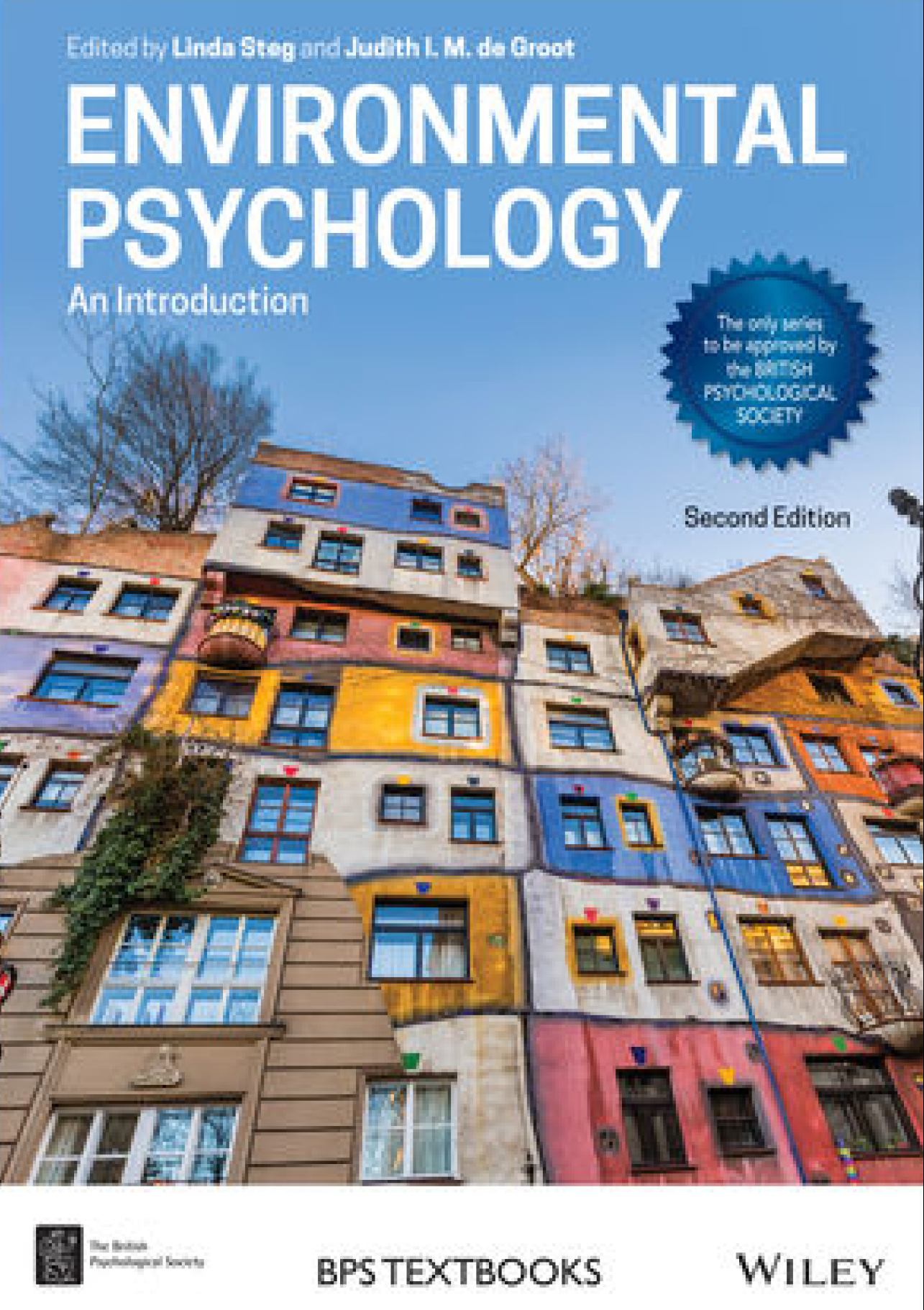
Placemaking With Children And Youth
From a history of children’s rights to case studies discussing international initiatives that aim to create child-friendly cities, Placemaking with Children and Youth offers comprehensive guidance in how to engage children and youth in the planning and design of local environments. It explains the importance of children’s active participation in their societies and presents ways to bring all generations together to plan cities with a high quality of life for people of all ages. Not only does it delineate best practices in establishing programs and partnerships, it also provides principles for working ethically with children, youth, and families, paying particular attention to the inclusion of marginalized populations.
By Victoria Derr, Louise Chawla, and Mara Mintzer.
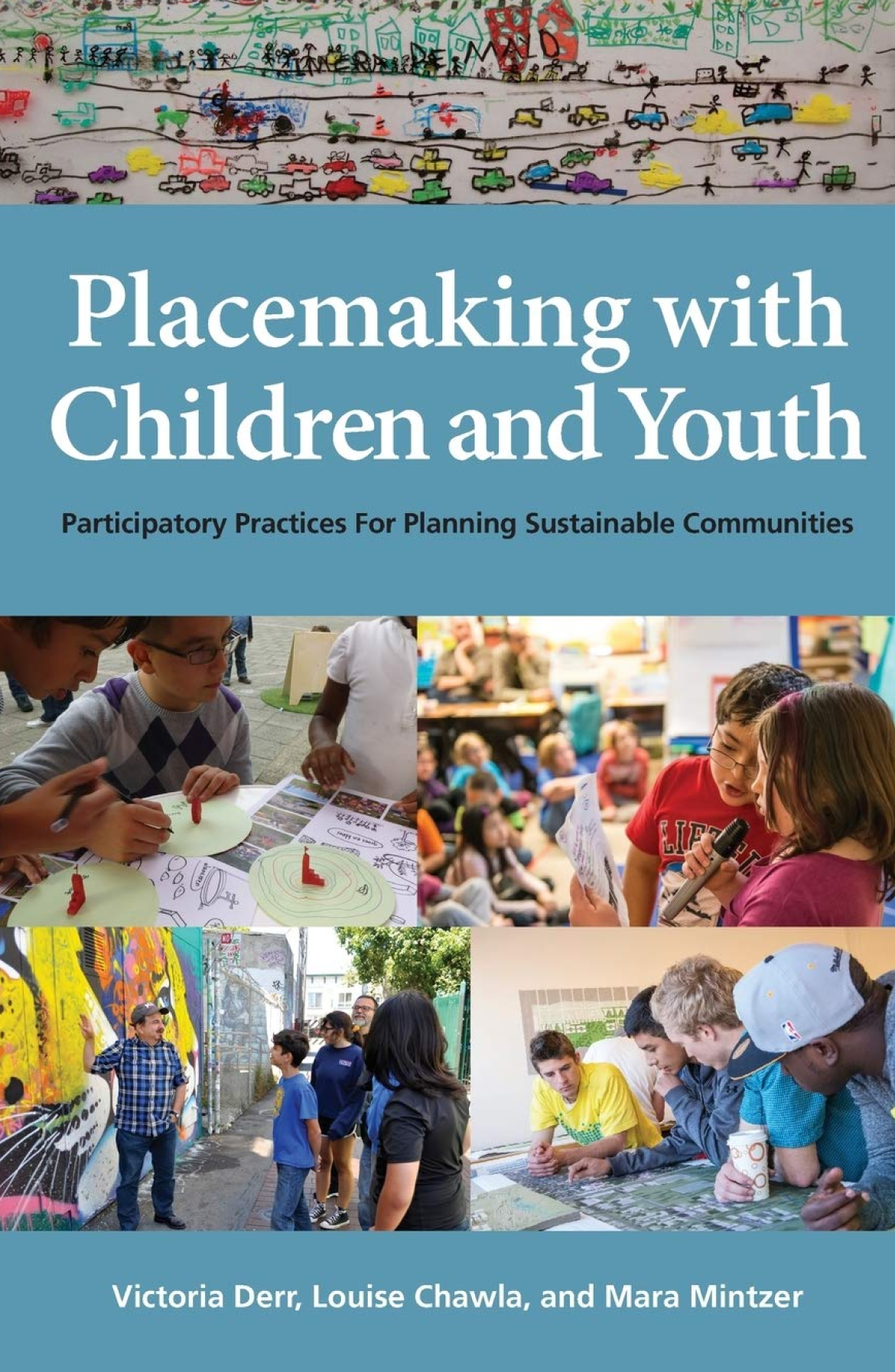
Keep Walking Intently
A study of walking as artistic action, from Surrealism to Fluxus. Walking, that most basic of human actions, was transformed in the twentieth century by Surrealism, the Situationist International, and Fluxus into a tactic for revolutionizing everyday life. Each group chose locations in the urban landscape as sites—from the flea markets and bars of Paris to the sidewalks of New York—and ambulation as the essential gesture. Keep Walking Intently traces the meandering and peculiar footsteps of these avant-garde artists as they moved through the city, encountering the marvelous, studying the environment, and re-enchanting the banal. Art historian Lori Waxman reveals the radical potential that walking holds for us all.
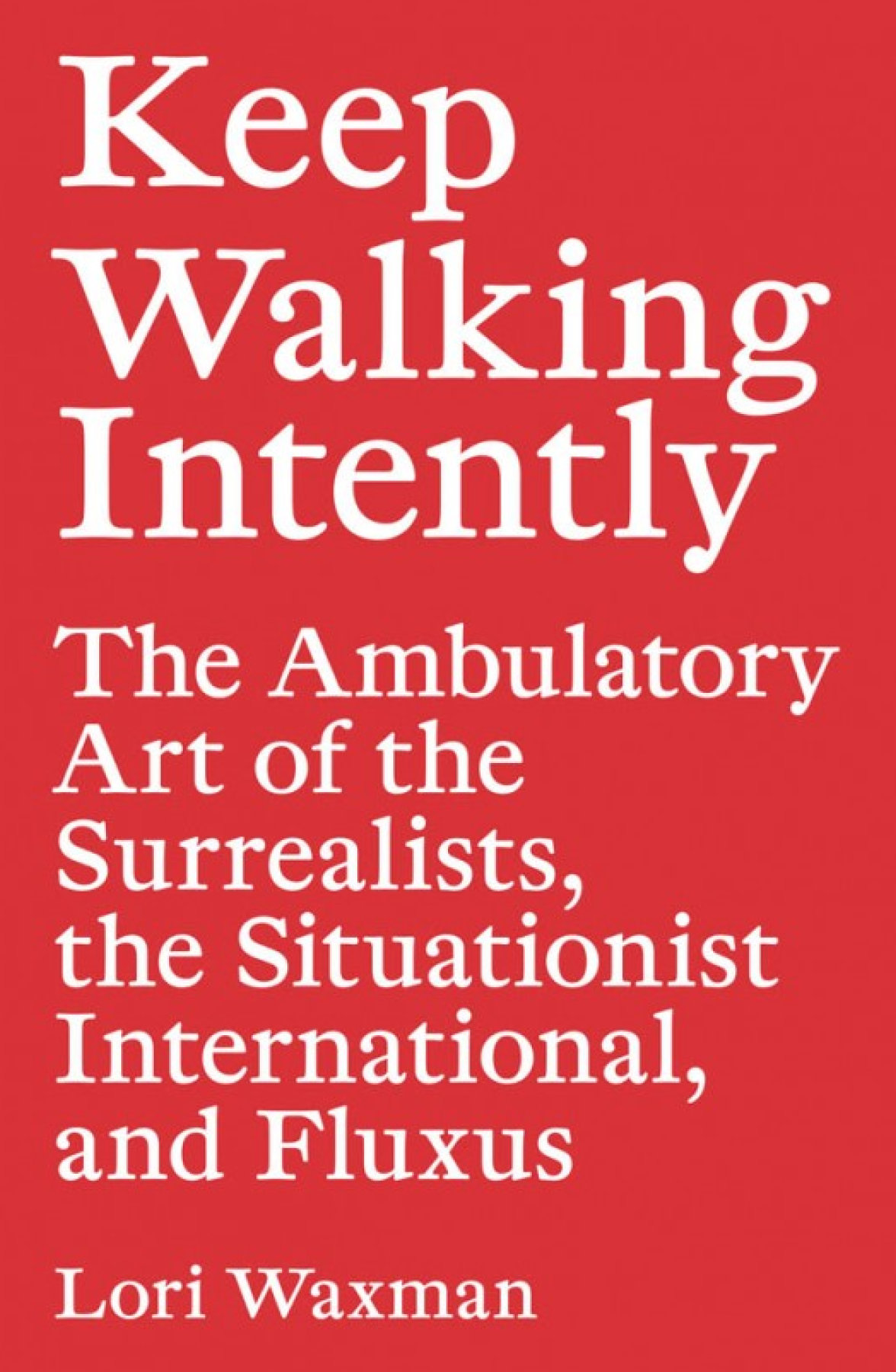
Can a City Be Sustainable?
Can a City Be Sustainable? first puts our current moment in context, tracing cities in the arc of human history. It also examines the basic structural elements of every city: materials and fuels; people and economics; and biodiversity. In part two, professionals working on some of the world’s most inventive urban sustainability projects share their first-hand experience. Success stories come from places as diverse as Ahmedabad, India; Freiburg, Germany; and Shanghai, China. In many cases, local people are acting to improve their cities, even when national efforts are stalled. Parts three and four examine cross-cutting issues that affect the success of all cities. Topics range from the nitty-gritty of handling waste and developing public transportation to civic participation and navigating dysfunctional government.
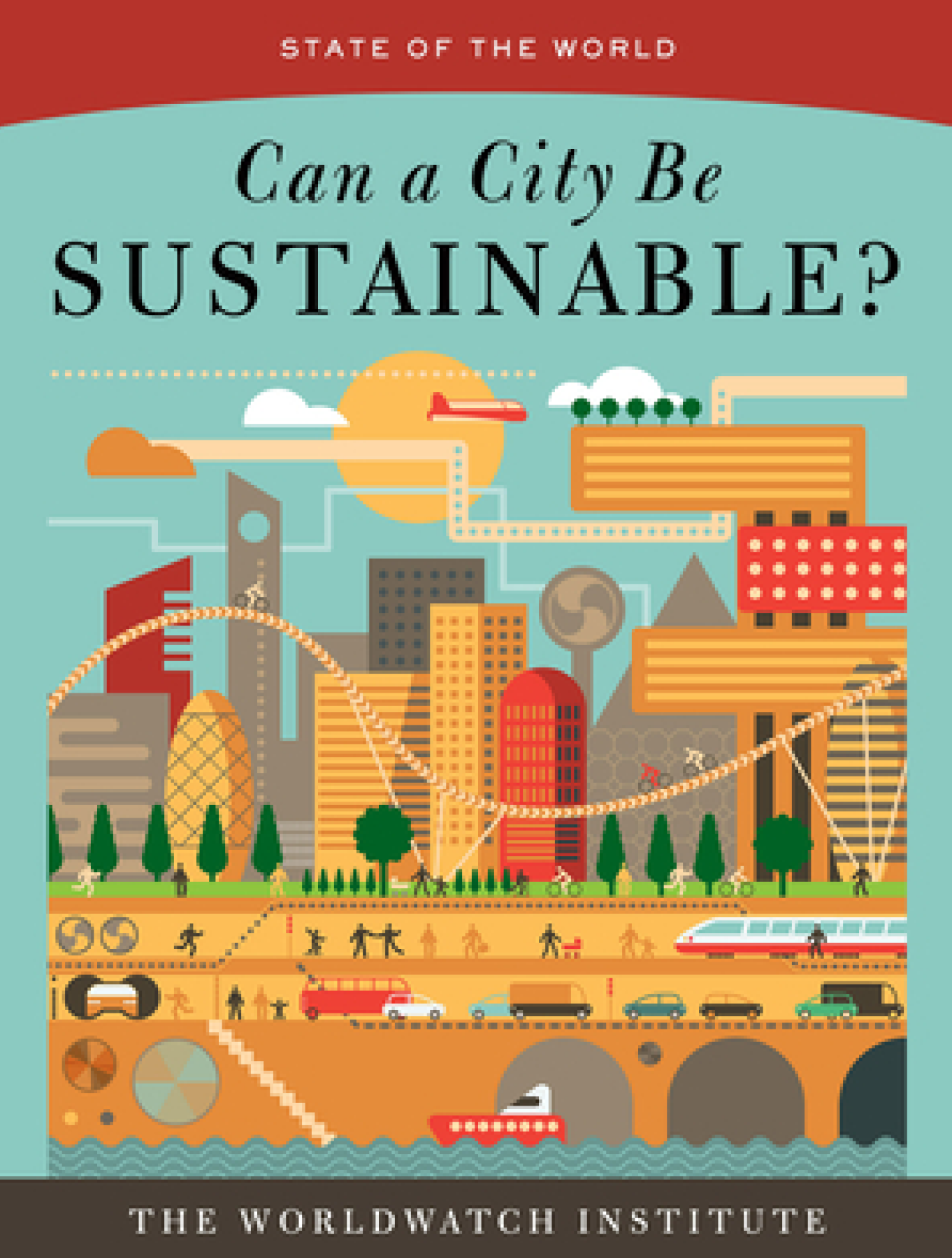
Wanderlust
Drawing together many histories – of anatomical evolution and city design, of treadmills and labyrinths, of walking clubs and sexual mores – Rebecca Solnit creates a fascinating portrait of the range of possibilities presented by walking. Arguing that the history of walking includes walking for pleasure as well as for political, aesthetic, and social meaning, Solnit focuses on the walkers whose everyday and extreme acts have shaped our culture, from philosophers to poets to mountaineers. She profiles some of the most significant walkers in history and fiction – from Wordsworth to Gary Snyder, from Jane Austen’s Elizabeth Bennet to Andre Breton’s Nadja – finding a profound relationship between walking and thinking and walking and culture. Solnit argues for the necessity of preserving the time and space in which to walk in our ever more car-dependent and accelerated world.

Life Between Buildings
“This book will have a lasting influence on the future quality of public open spaces. By helping us better understand the larger public life of cities, Life Between Buildings can only move us toward more lively and healthy public places. Buy this book, find a comfortable place to sit in a public park or plaza, begin reading, look around. You will be surprised at how you will start to see (and design) the world differently.”
—Landscape Architecture
By Jan Gehl.
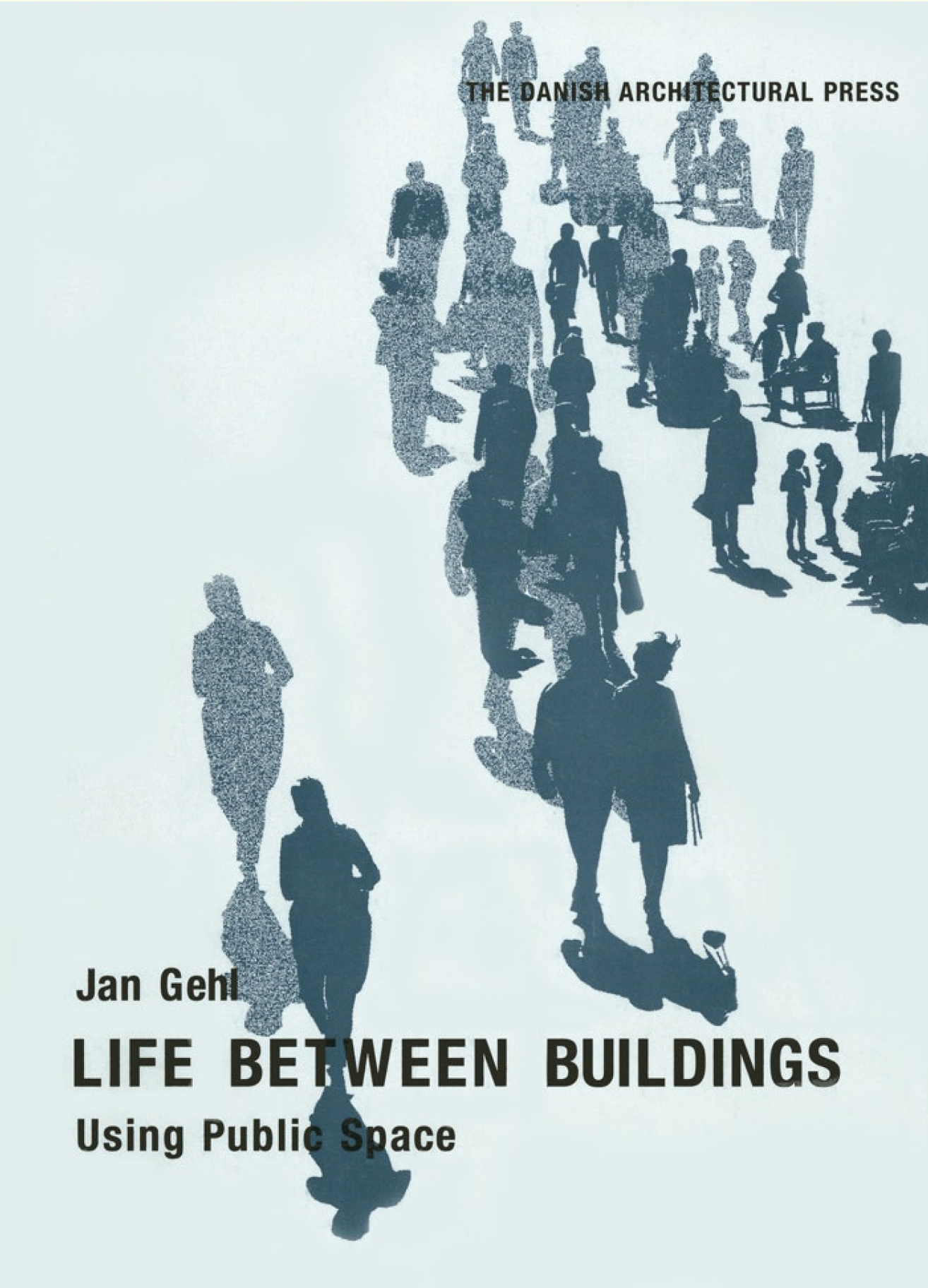
In Praise of Walking
In this book, neuroscientist Shane O’Mara invites us to marvel at the benefits walking confers on our bodies and brains, and to appreciate the advantages of this uniquely human skill. From walking’s evolutionary origins, traced back millions of years to life forms on the ocean floor, to new findings from cutting-edge research, he reveals how the brain and nervous system give us the ability to balance, weave through a crowded city, and run our “inner GPS” system. Walking is good for our muscles and posture; it helps to protect and repair organs, and can slow or turn back the aging of our brains. With our minds in motion we think more creatively, our mood improves, and stress levels fall. Walking together to achieve a shared purpose is also a social glue that has contributed to our survival as a species.
As our lives become increasingly sedentary, O’Mara makes the case that we must start walking again—whether it’s up a mountain, down to the park, or simply to school and work. In Praise of Walking illuminates the joys, health benefits, and mechanics of walking, and reminds us to get out of our chairs and discover a happier, healthier, more creative self.
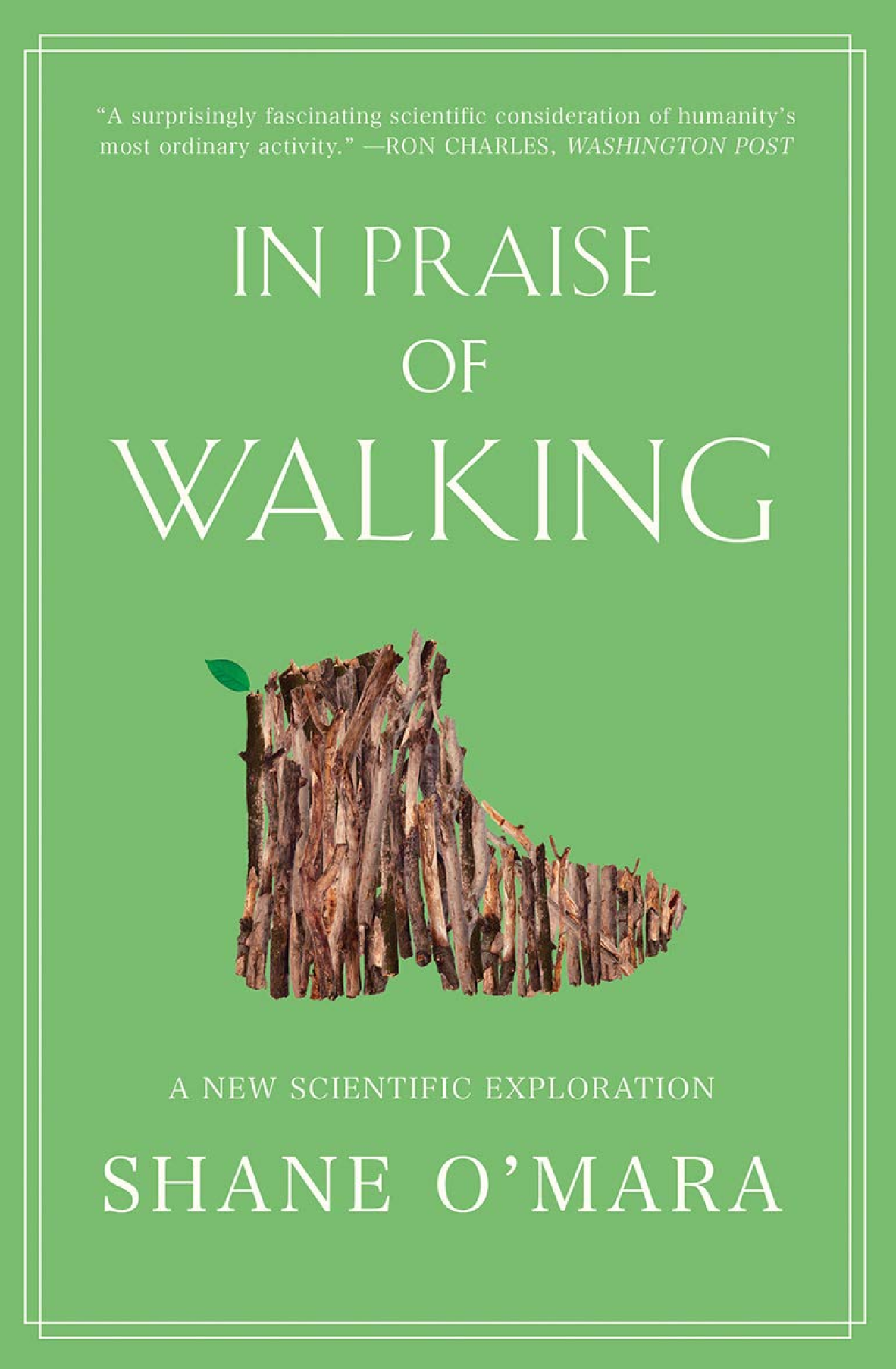
Flâneuse
Part cultural meander, part memoir, Flâneuse takes us on a distinctly cosmopolitan jaunt that begins in New York, where Elkin grew up, and transports us to Paris via Venice, Tokyo, and London, all cities in which she’s lived. We are shown the paths beaten by such flâneuses as the cross-dressing nineteenth-century novelist George Sand, the Parisian artist Sophie Calle, the wartime correspondent Martha Gellhorn, and the writer Jean Rhys. With tenacity and insight, Elkin creates a mosaic of what urban settings have meant to women, charting through literature, art, history, and film the sometimes exhilarating, sometimes fraught relationship that women have with the metropolis.
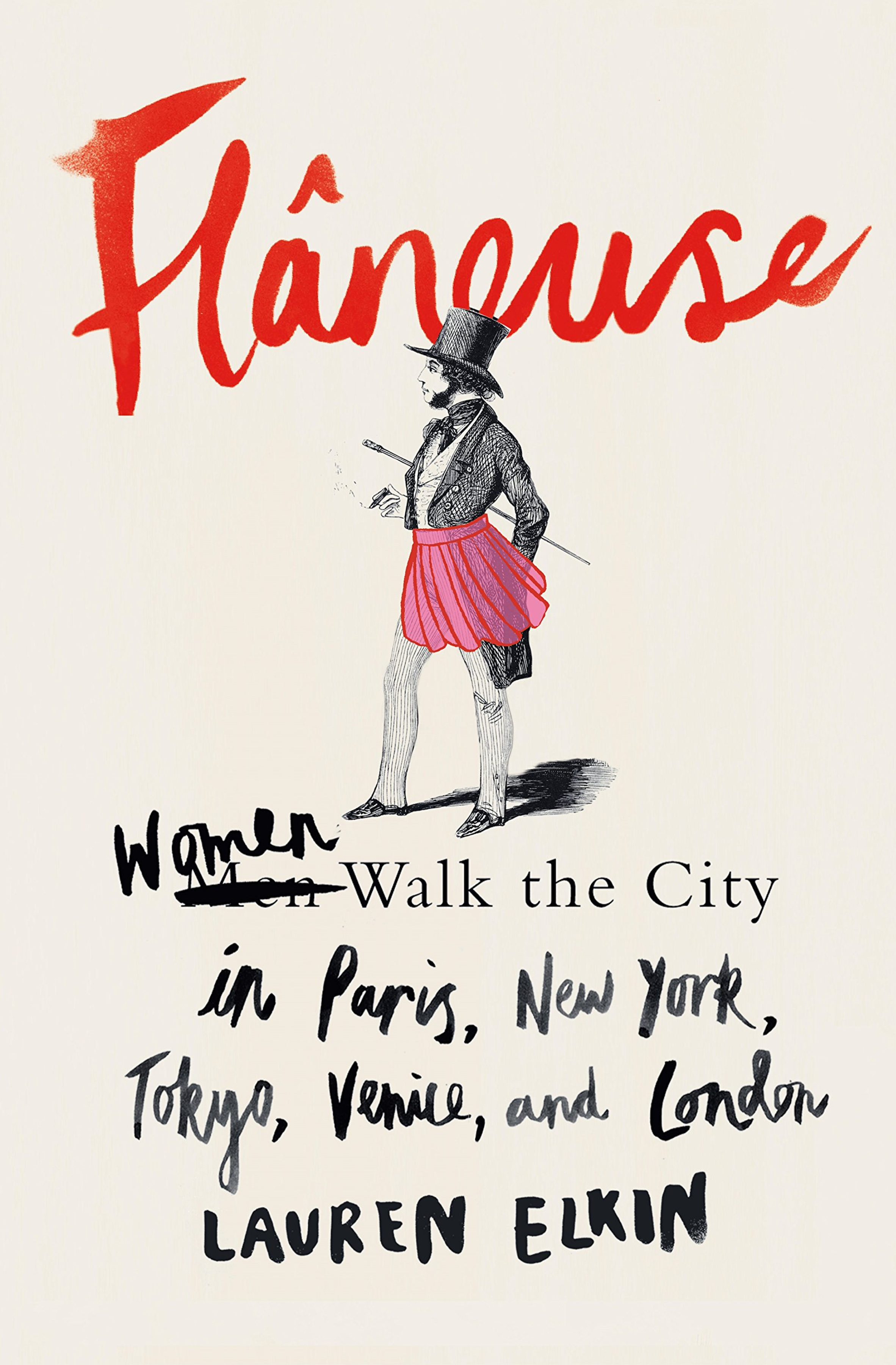
Happy City
A globe-trotting, eye-opening exploration of how cities can—and do—make us happier people Charles Montgomery’s Charles Montgomery’s Happy City is revolutionizing the way we think about urban life.
After decades of unchecked sprawl, more people than ever are moving back to the city. Dense urban living has been prescribed as a panacea for the environmental and resource crises of our time. But is it better or worse for our happiness? Are subways, sidewalks, and condo towers an improvement on the car dependence of the suburbs?
The award-winning journalist Charles Montgomery finds answers to such questions at the intersection between urban design and the emerging science of happiness, during an exhilarating journey through some of the world’s most dynamic cities. He meets the visionary mayor who introduced a “sexy” bus to ease status anxiety in Bogotá; the architect who brought the lessons of medieval Tuscan hill towns to modern-day New York City; the activist who turned Paris’s urban freeways into beaches; and an army of American suburbanites who have hacked the design of their own streets and neighborhoods.
Rich with new insights from psychology, neuroscience, and Montgomery’s own urban experiments, Happy City reveals how cities can shape our thoughts as well as our behavior. The message is ultimately as surprising as it is hopeful: by retrofitting cities and our own lives for happiness, we can tackle the urgent challenges of our age. The happy city can save the world—and we can all help build it.
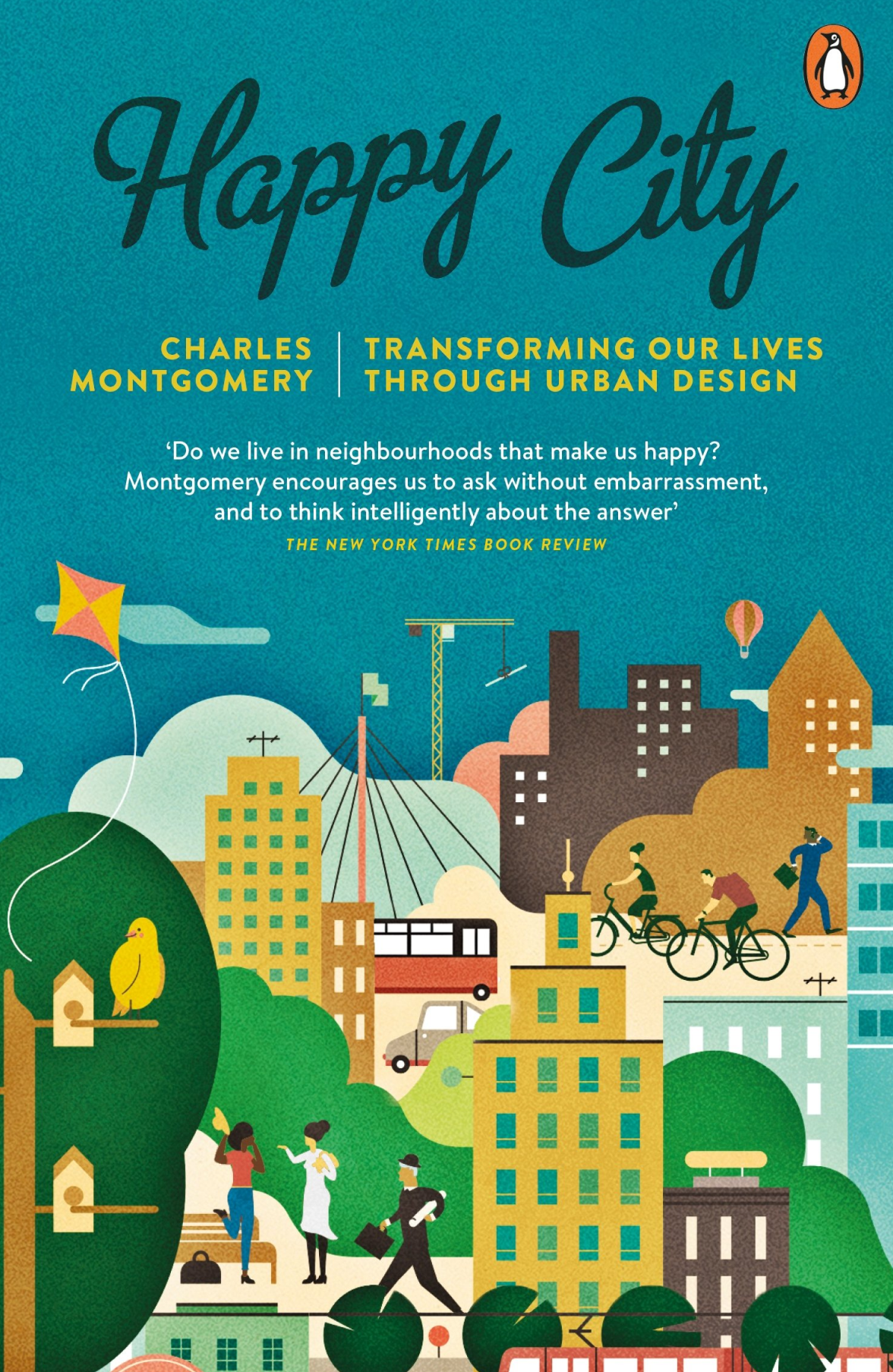
The Walkable City
The Walkable City looks at how the architectural evolution of four major cities changed the lives of ordinary citizens, examines the influence of George Haussman and Jane Jacobs on city planning, and explores current ideas for transforming cities into friendly environments for pedestrians.

Asphalt Nation
Asphalt Nation is a powerful examination of how the automobile has ravaged America’s cities and landscape over the past 100 years together with a compelling strategy for reversing our automobile dependency. Jane Holtz Kay provides a history of the rapid spread of the automobile and documents the huge subsidies commanded by the highway lobby, to the detriment of once-efficient forms of mass transportation. Demonstrating that there are economic, political, architectural, and personal solutions to the problem, she shows that radical change is entirely possible. This book is essential reading for everyone interested in the history of our relationship with the car, and in the prospect of returning to a world of human mobility.
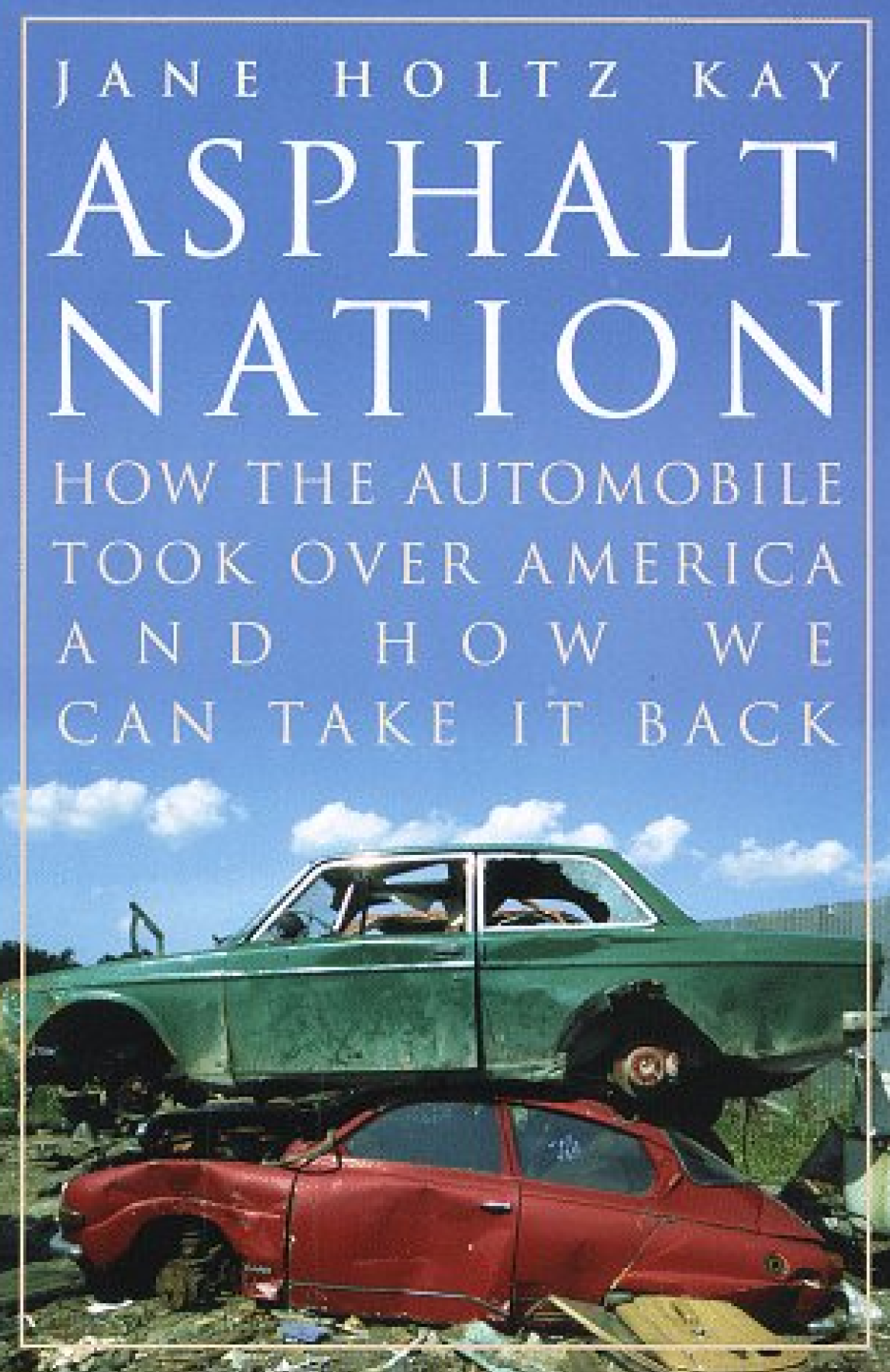
Rethinking Sustainable Cities
Sustainable urbanization has moved to the forefront of political debate and policy agendas for numerous reasons. Among the most important are a growing appreciation both of the implications of rapid urbanization now occurring in China, India, and many other low and middle income countries with historically low urbanization levels and of the related challenges posed to urban areas worldwide by climate and environmental change. Conceptualizing urban sustainability for this new era, Rethinking Sustainable Cities makes a clear contribution to the sustainable urbanization agenda through authoritative interventions that contextualize, assess, and explain the importance of three central characteristics of sustainable towns and cities everywhere: that they should be fair, green, and accessible.

The Experimental City
The Experimental City is a documentary about the Minnesota Experimental City project, a futuristic attempt to solve urban problems by creating a full-size city from scratch in the isolated woods of northern Minnesota.
Directed by Chad Freidrichs.

The Pruitt-Igoe Myth
It began as a housing marvel. Two decades later, it ended in rubble. But what happened to those caught in between?
The Pruitt-Igoe Myth tells the story of the transformation of the American city in the decades after World War II, through the lens of the infamous Pruitt-Igoe housing development and the St. Louis residents who called it home.
Directed by Chad Freidrichs.
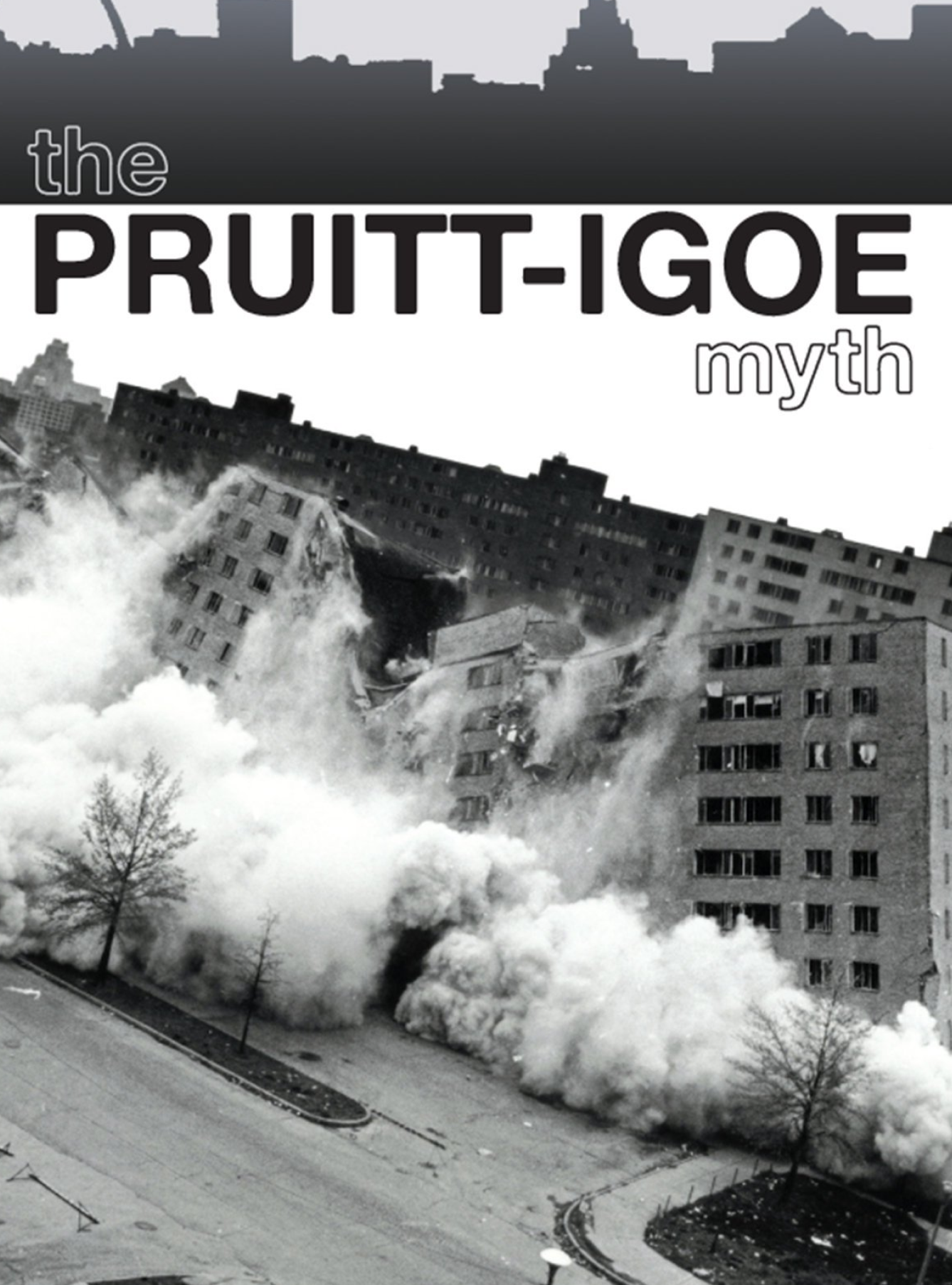
Human Transit
Public transit is a powerful tool for addressing a huge range of urban problems, including traffic congestion and economic development as well as climate change. But while many people support transit in the abstract, it’s often hard to channel that support into good transit investments. Part of the problem is that transit debates attract many kinds of experts, who often talk past each other. Ordinary people listen to a little of this and decide that transit is impossible to figure out. Jarrett Walker believes that transit can be simple, if we focus first on the underlying geometry that all transit technologies share. In Human Transit, Walker supplies the basic tools, the critical questions, and the means to make smarter decisions about designing and implementing transit services. Human Transit explains the fundamental geometry of transit that shapes successful systems; the process for fitting technology to a particular community; and the local choices that lead to transit-friendly development. Whether you are in the field or simply a concerned citizen, here is an accessible guide to achieving successful public transit that will enrich any community.
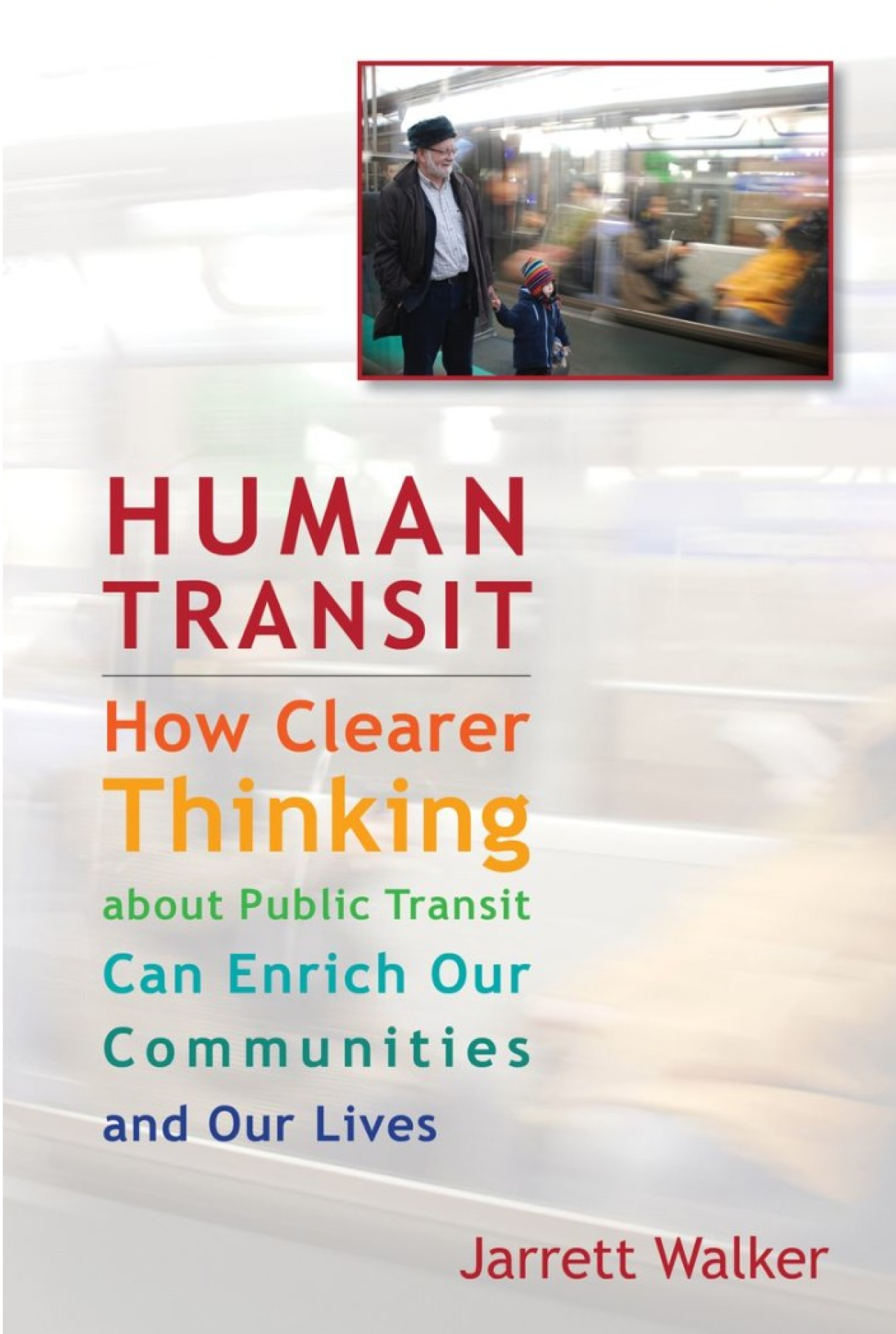
The Parking Lot Movie (2010)
Hailed as the “most feel-good film” of the South by Southwest Film Festival 2010, The Parking Lot Movie celebrates a brotherhood of eccentric attendants who man a unique parking lot in Virginia. From grad students to middle-age slackers, indie-rock musicians to surly philosophers, these over-educated part-timers wax profoundly about car culture and capitalism, seek vengeance against entitled patrons and thieves, and make fun of drunken jerks.
Produced by Meghan Eckman.
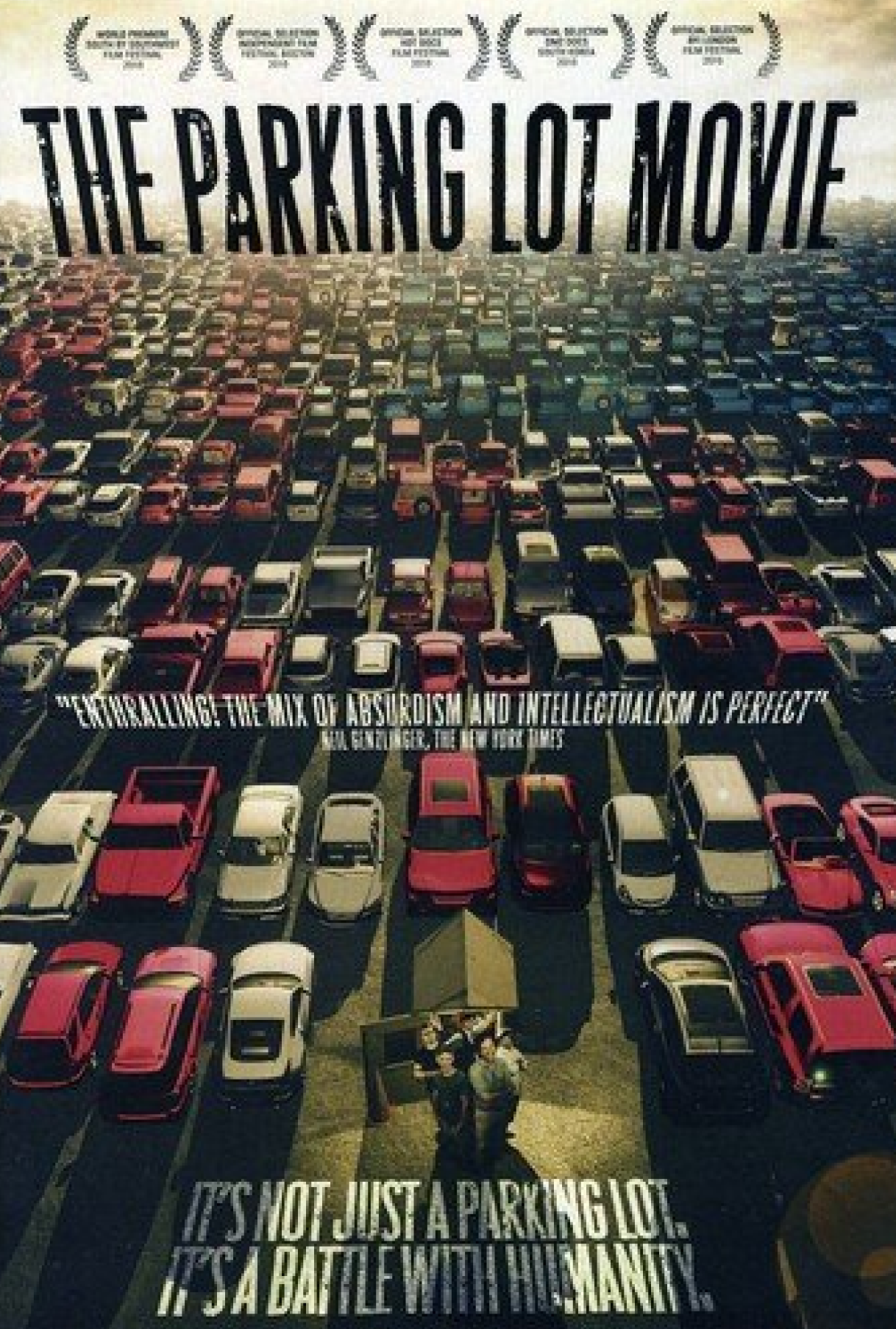
Public Produce
Public Produce makes a uniquely contemporary case not for central government intervention, but for local government involvement in shaping food policy. In what Darrin Nordahl calls “municipal agriculture,” elected officials, municipal planners, local policymakers, and public space designers are turning to the abundance of land under public control (parks, plazas, streets, city squares, parking lots, as well as the grounds around libraries, schools, government offices, and even jails) to grow food.

16 Acres (2012)
The rebuilding of ground zero is one of the most architecturally, politically, and emotionally complex urban renewal projects in American history. From the beginning, the effort has been fraught with controversy, delays and politics. The struggle has encompassed eleven years, nineteen government agencies, a dozen projects and over $20 billion.
Aside from the staggering engineering challenges of the site itself, a major complicating factor in the rebuilding of the World Trade Center is the sheer number of interested parties. Politicians, developers, architects, insurance companies, local residents, and relatives of 9/11 victims all profess a claim to the site and are often in conflict with one another. According to The New York Times, “Where some saw lucrative real estate, others saw a graveyard. Where some saw Rockefeller Center or Lincoln Center or Grand Central Terminal, others saw Gettysburg.”
What was once ground zero is now a frenzied construction site. Three thousand workers are building four of the tallest skyscrapers in America, an iconic – and complicated – train station, a performing arts center and a sacred memorial and museum. What will emerge in downtown Manhattan over the next few years will redefine the city – and the country – for generations.
16 Acres is the story of how and why this historic project got built. At the heart of the story is the dramatic tension between noblest intentions, the desire of everyone involved to “get it right,” and the politics, hubris, ego and ideology that is the bedrock of New York City. What does it say about us as New Yorkers, as Americans?
As with all great urban projects, from the Pyramids to Rome’s Colosseum to Rockefeller Center, a small group of powerful people will dictate the outcome. With inside access to the project and these key players, 16 Acres tells the story behind the headlines. Who are these men and women? What motivates them? How will their personalities shape the project? And, ultimately, will it succeed? The film also follows the dramatic rush to complete the memorial in time, and the key players as they prepare to converge on the site for the10th anniversary.
Produced by Richard Hankin.
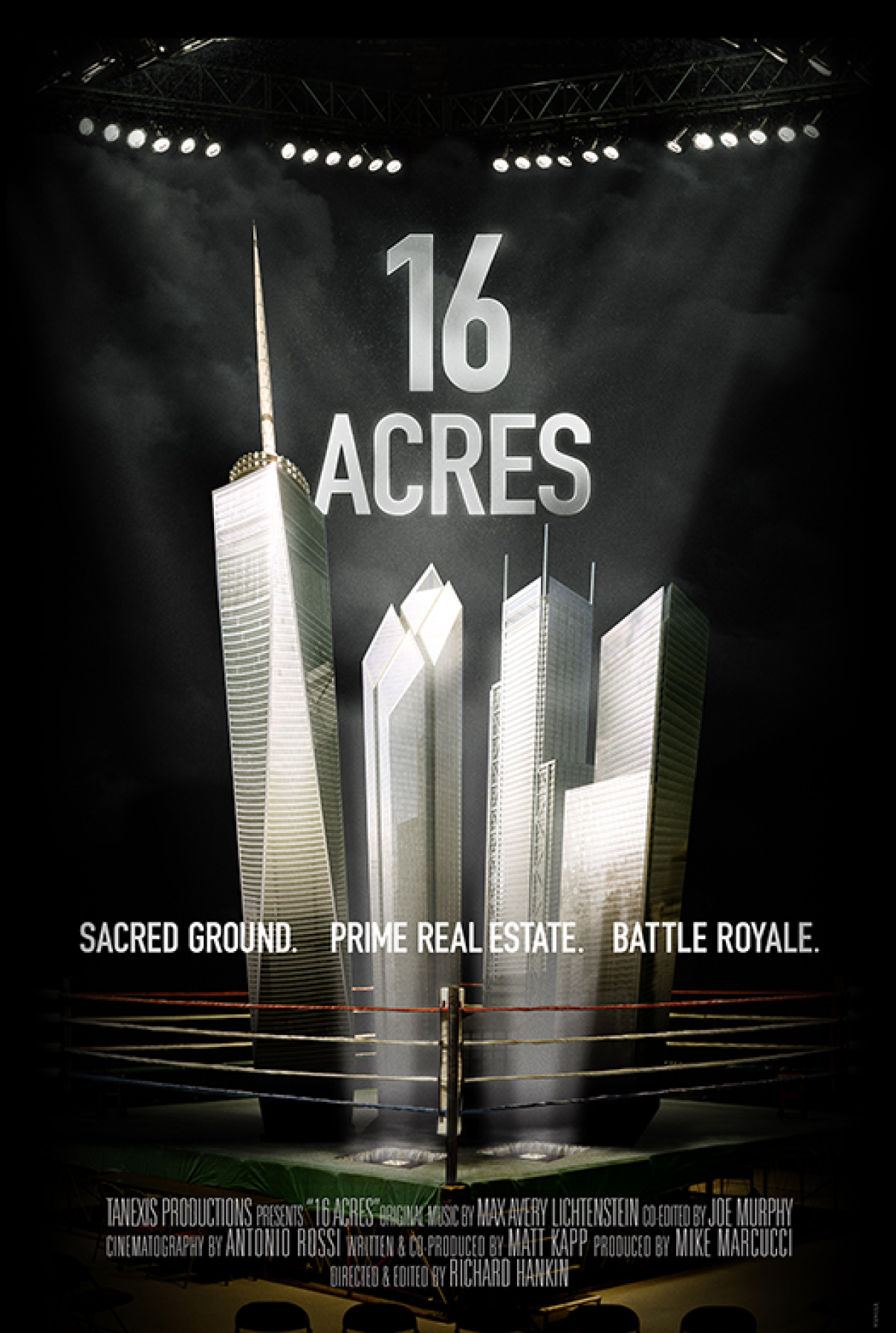
DETROPIA (2012)
Originally the birthplace of the middle class, Detroit is now on the brink of complete collapse. Loosing over 25% of it’s population and 50% of its manufacturing jobs over the past decade, Detroit is now in a state of emergency. Racial tension, globalization, lack of innovation, and corporate greed has led to a moment of truth for Detroit.
DETROPIA is a cinematic tapestry featuring the lives of several citizens trying to survive the D and make sense of what is happening to their city.
Produced by Heidi Ewing and Rachel Grady.

Suburban Nation
For a decade, Suburban Nation has given voice to a growing movement in North America to put an end to suburban sprawl and replace the last century’s automobile-based settlement patterns with a return to more traditional planning. Founders of the Congress for the New Urbanism, Andres Duany and Elizabeth Plater-Zyberk are at the forefront of the movement, and even their critics, such as Fred Barnes in The Weekly Standard, recognized that “Suburban Nation is likely to become this movement’s bible.” A lively lament about the failures of postwar planning, this is also that rare book that offers solutions: “an essential handbook” (San Francisco Chronicle).
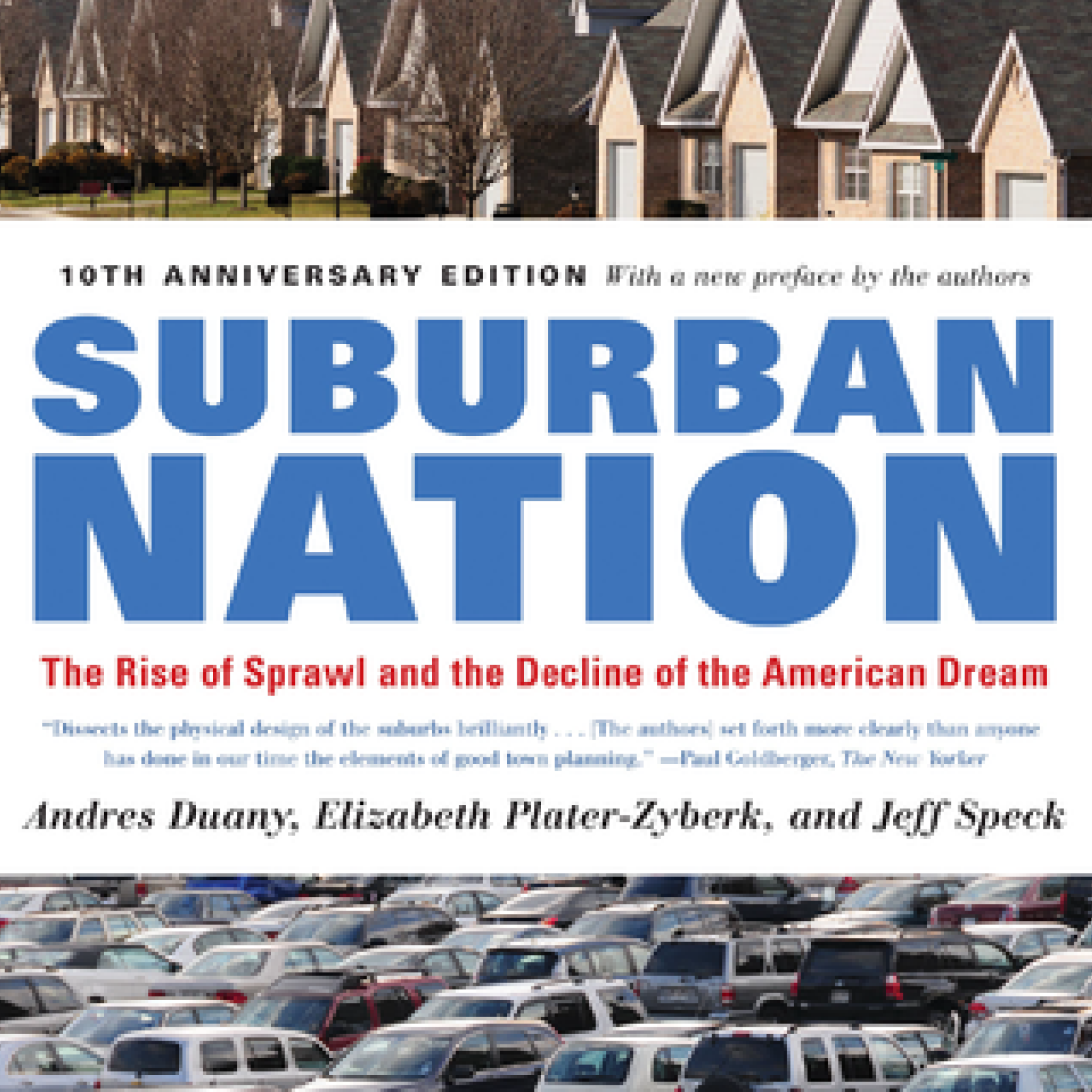
The High Cost of Free Parking
In The High Cost of Free Parking, Donald Shoup argues that free parking has contributed to auto dependence, rapid urban sprawl, extravagant energy use, and a host of other problems. Planners mandate free parking to alleviate congestion but end up distorting transportation choices, debasing urban design, damaging the economy, and degrading the environment. Ubiquitous free parking helps explain why our cities sprawl on a scale fit more for cars than for people, and why American motor vehicles now consume one-eighth of the world’s total oil production. But it doesn’t have to be this way. Shoup proposes new ways for cities to regulate parking – namely, charge fair market prices for curb parking, use the resulting revenue to pay for services in the neighborhoods that generate it, and remove zoning requirements for off-street parking. Such measures, according to the Yale-trained economist and UCLA planning professor, will make parking easier and driving less necessary.

Making Transit Fun!
Why do people in Stockholm prefer to take the stairs over the escalator? Why do Londoners enjoy hanging out at bus stops? How do carmakers convince us to buy gas-guzzling, environmentally damaging, and wallet-draining machines? It’s called the fun theory. What Darrin Nordahl illustrates in this delightful book is that transit can be just as inviting, exciting, and even seductive as the automobile, if designed with the passenger experience in mind.
In Making Transit Fun!, Nordahl shows that with the help of architects, urban designers, graphic artists, industrial engineers, marketing experts-and even fashion designers-we can lure people out of their automobiles and toward healthier, more sustainable methods of transportation.
This accessible E-ssential focuses on the possibilities for making public transit, cycling, and walking more appealing to the motorist. In each section, Nordahl demonstrates how the transit stigma can be overcome with innovative design. From the aesthetics of buses to segregated bike lanes and pedestrian-priority streets, Nordahl showcases examples from around the world that excite the heart and bring an easy smile.
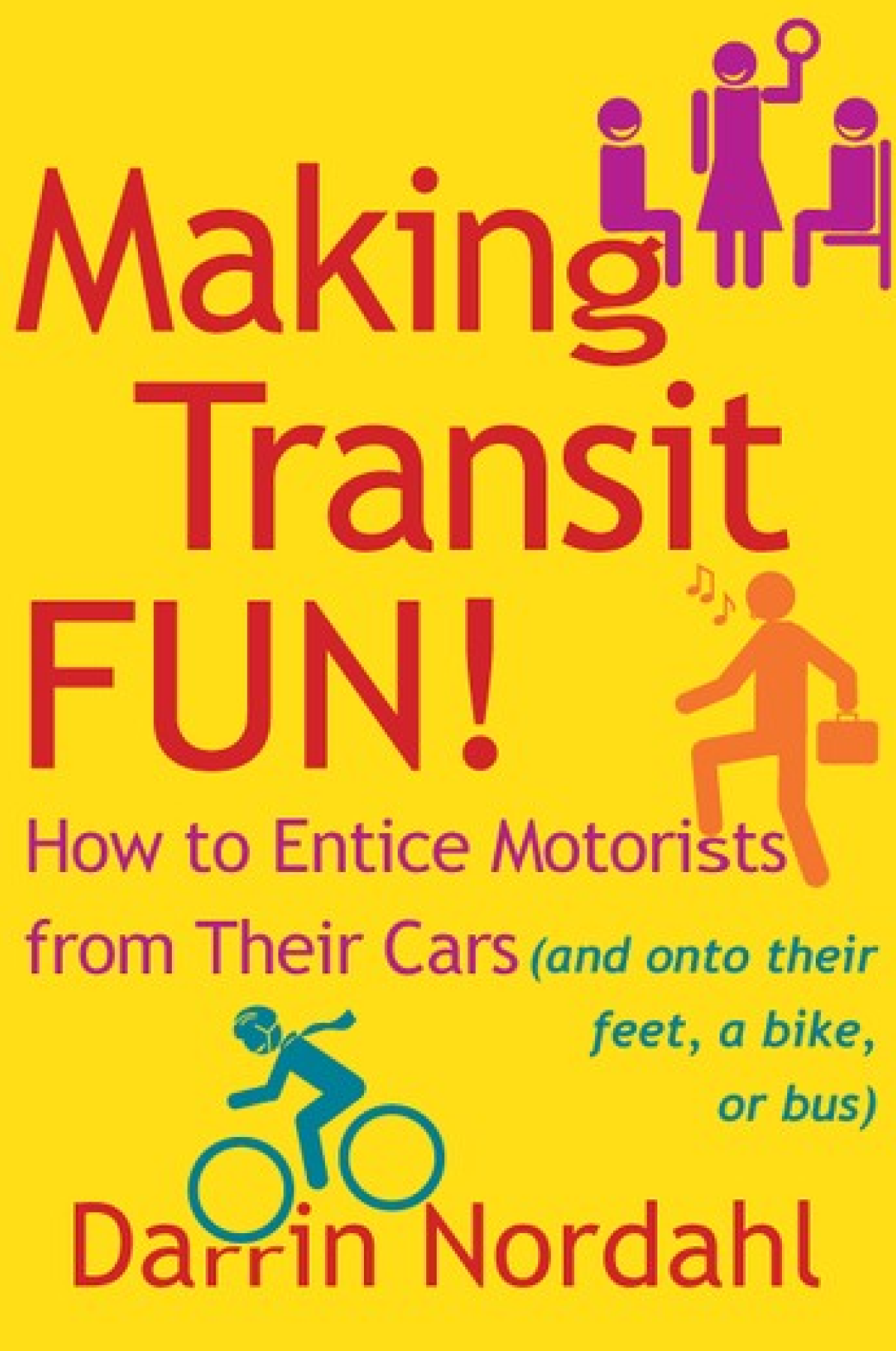
The Boulevard Book
First built in Europe and grandly imported to the United States in the mid-nineteenth century, the classic multiway boulevard has been in decline for many years, victim of a narrowly focused approach to street design that views unencumbered vehicular traffic flow as the highest priority. The American preoccupation with destination and speed has made multiway boulevards increasingly rare as artifacts of the urban landscape. This book reintroduces the boulevard, tree-lined and with separate realms for through traffic and for slow-paced vehicular-pedestrian movement, as an important and often crucial feature of both historic and contemporary cities. It presents more than fifty boulevards—as varied as Avenue Montaigne, in Paris; C. G. Road, in Ahmedabad, India; and The Esplanade, in Chico, California—celebrating their usefulness and beauty. It discusses their history and evolution, the misconceptions that led to their near-demise in the United States, and their potential as a modern street type.
Based on wide research, The Boulevard Book examines the safety of these streets and offers design guidelines for professionals, scholars, and community decision makers. Extensive plans, cross sections, and perspective drawings permit visual comparisons. The book shows how multiway boulevards respond to many issues that are central to urban life, including livability, mobility, safety, interest, economic opportunity, mass transit, and open space.
Written by Allan B. Jacobs, Elizabeth McDonald, and Yodan Rofe.
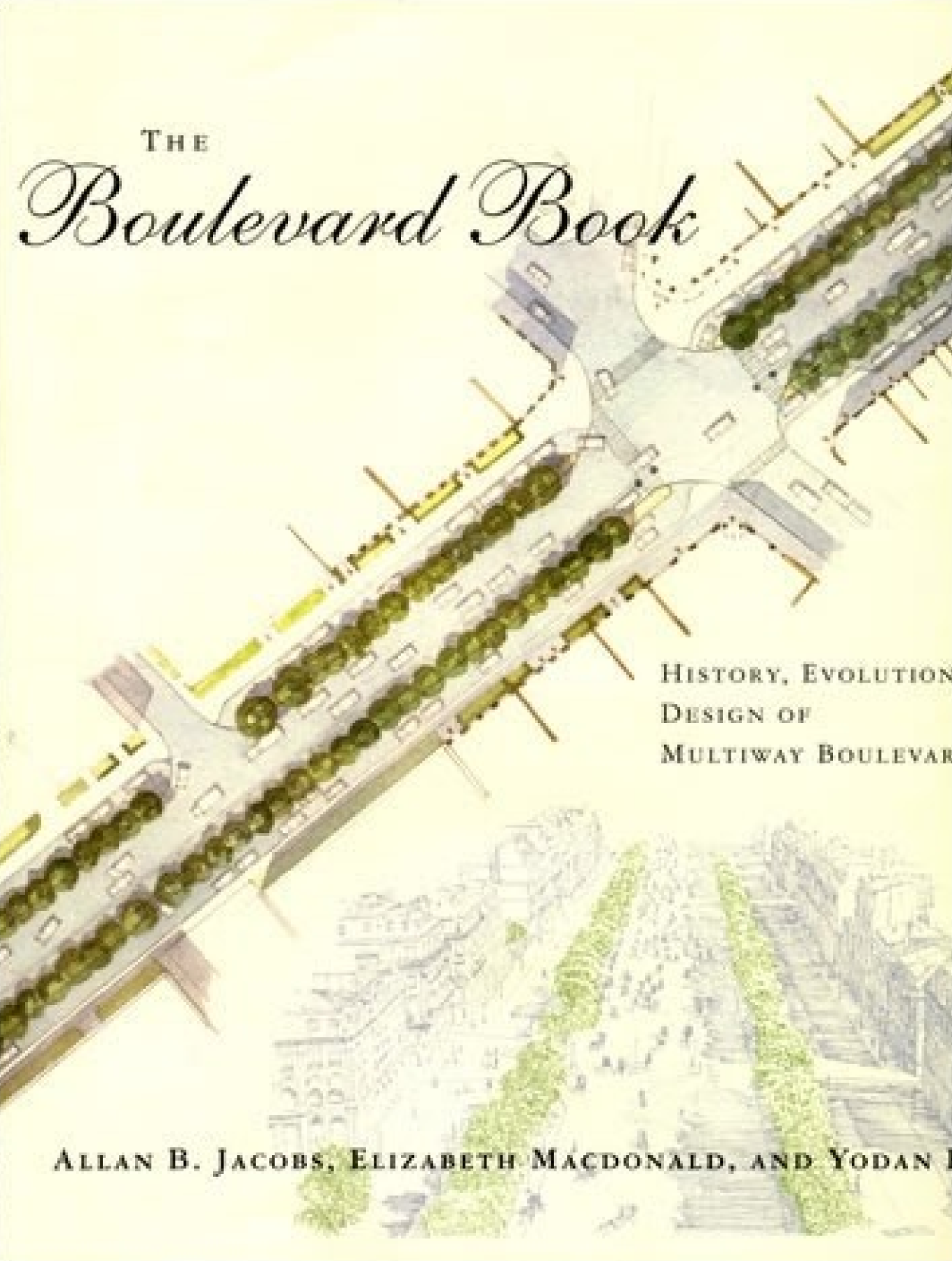
Pedaling Revolution
In a world of increasing traffic congestion, a grassroots movement is carving out a niche for bicycles on city streets. Pedaling Revolution: How Cyclists Are Changing American Cities explores the growing bike culture that is changing the look and feel of cities, suburbs, and small towns across North America. From traffic-dodging bike messengers to tattooed teenagers on battered bikes, from riders in spandex to well-dressed executives, ordinary citizens are becoming transportation revolutionaries. Jeff Mapes traces the growth of bicycle advocacy and explores the environmental, safety, and health aspects of bicycling. He rides with bicycle advocates who are taming the streets of New York City, joins the street circus that is Critical Mass in San Francisco, and gets inspired by the everyday folk pedaling in Amsterdam, the nirvana of American bike activists. Chapters focused on big cities, college towns, and America’s most successful bike city, Portland, show how cyclists, with the encouragement of local officials, are claiming a share of the valuable streetscape.
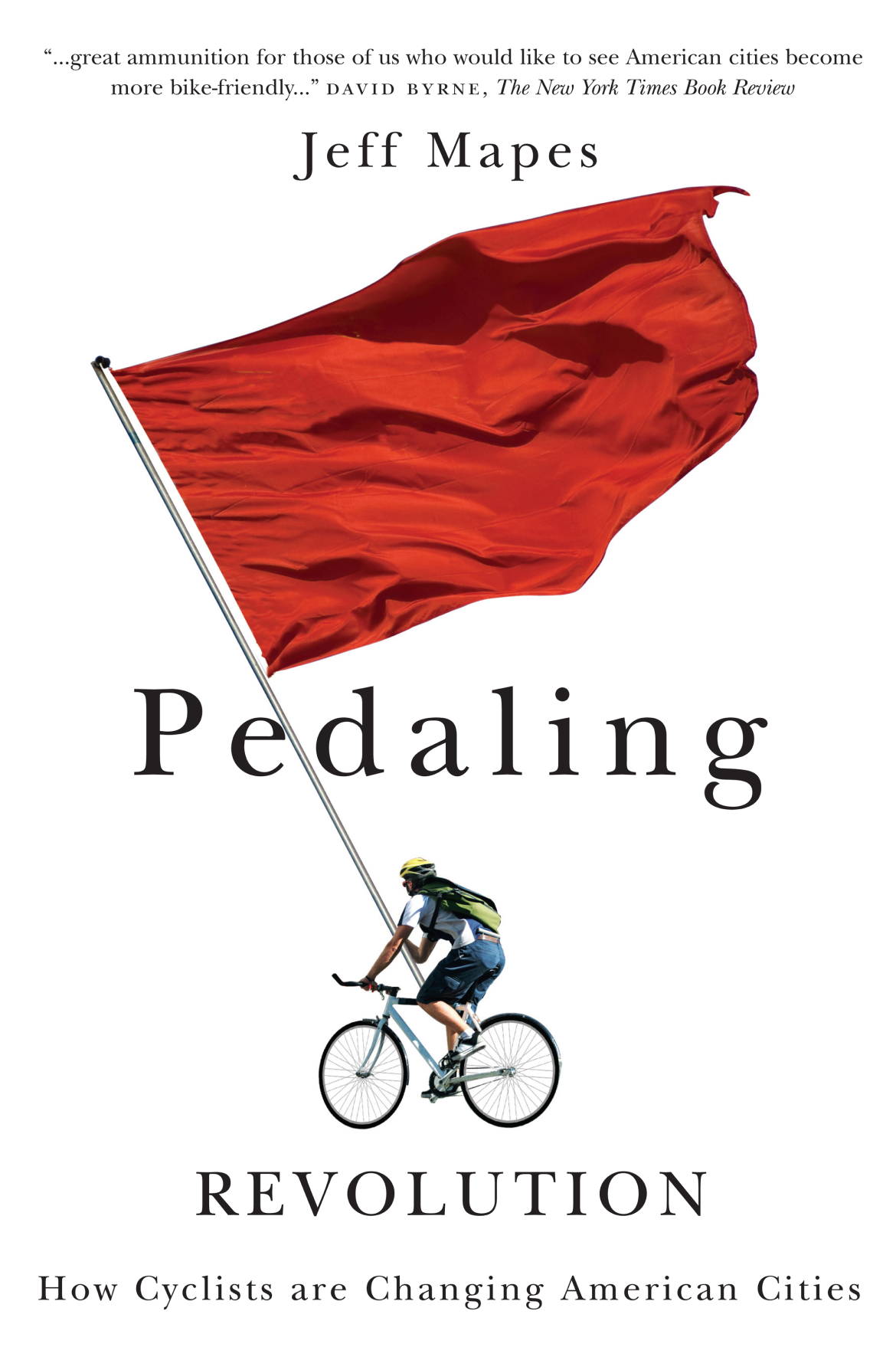
Capital City
Our cities are changing. Around the world, more and more money is being invested in buildings and land. Real estate is now a $217 trillion dollar industry, worth thirty-six times the value of all the gold ever mined. It forms sixty percent of global assets, and one of the most powerful people in the world—the president of the United States—made his name as a landlord and developer.
Samuel Stein shows that this explosive transformation of urban life and politics has been driven not only by the tastes of wealthy newcomers, but by the state-driven process of urban planning. Planning agencies provide a unique window into the ways the state uses and is used by capital, and the means by which urban renovations are translated into rising real estate values and rising rents.
Capital City explains the role of planners in the real estate state, as well as the remarkable power of planning to reclaim urban life.
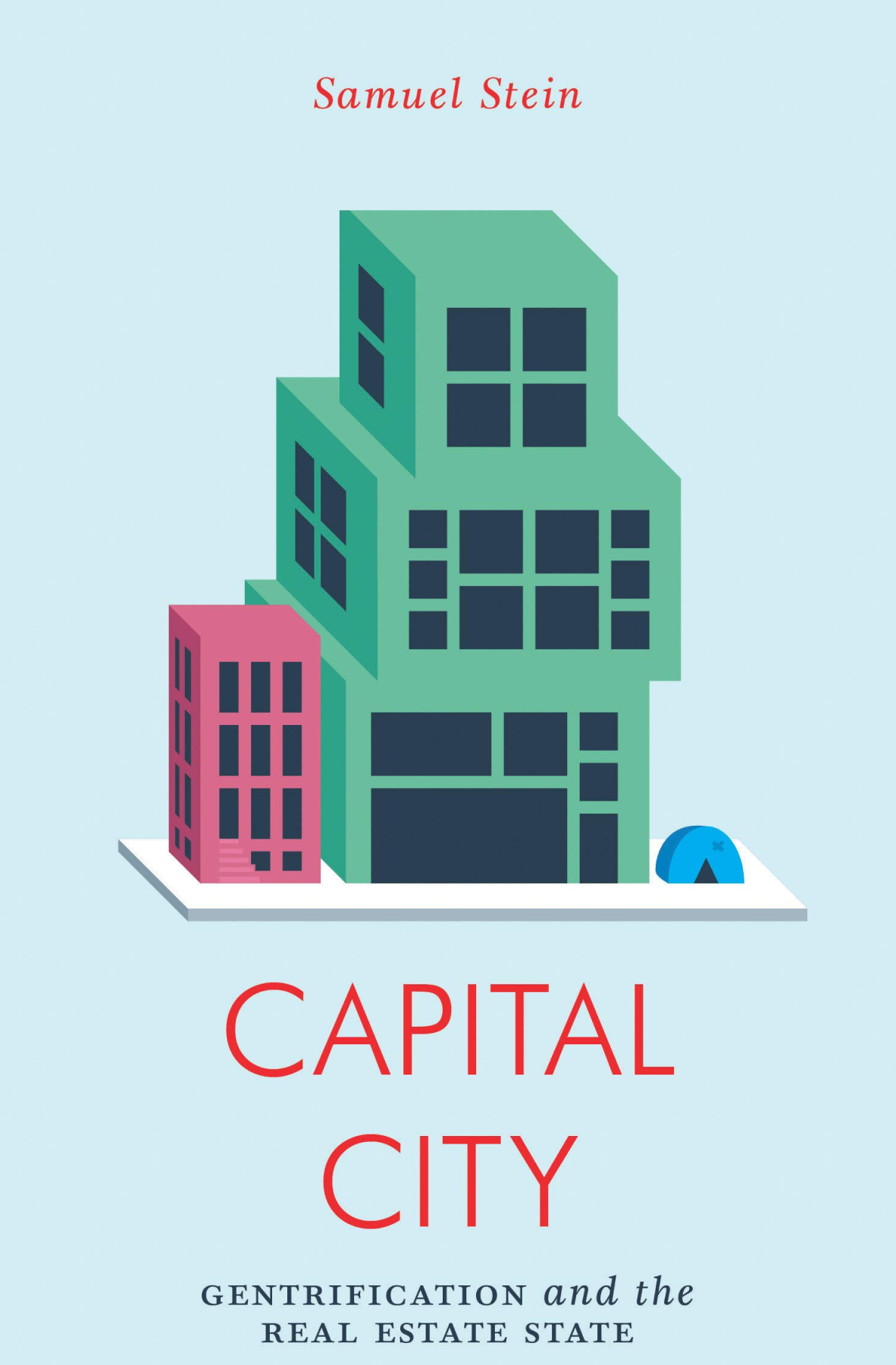
Tactical Urbanism
Tactical Urbanism, written by Mike Lydon and Anthony Garcia, two founders of the movement, promises to be the foundational guide for urban transformation. The authors begin with an in-depth history of the Tactical Urbanism movement and its place among other social, political, and urban planning trends. A detailed set of case studies, from guerilla wayfinding signs in Raleigh, to pavement transformed into parks in San Francisco, to a street art campaign leading to a new streetcar line in El Paso, demonstrate the breadth and scalability of tactical urbanism interventions. Finally, the book provides a detailed toolkit for conceiving, planning, and carrying out projects, including how to adapt them based on local needs and challenges.
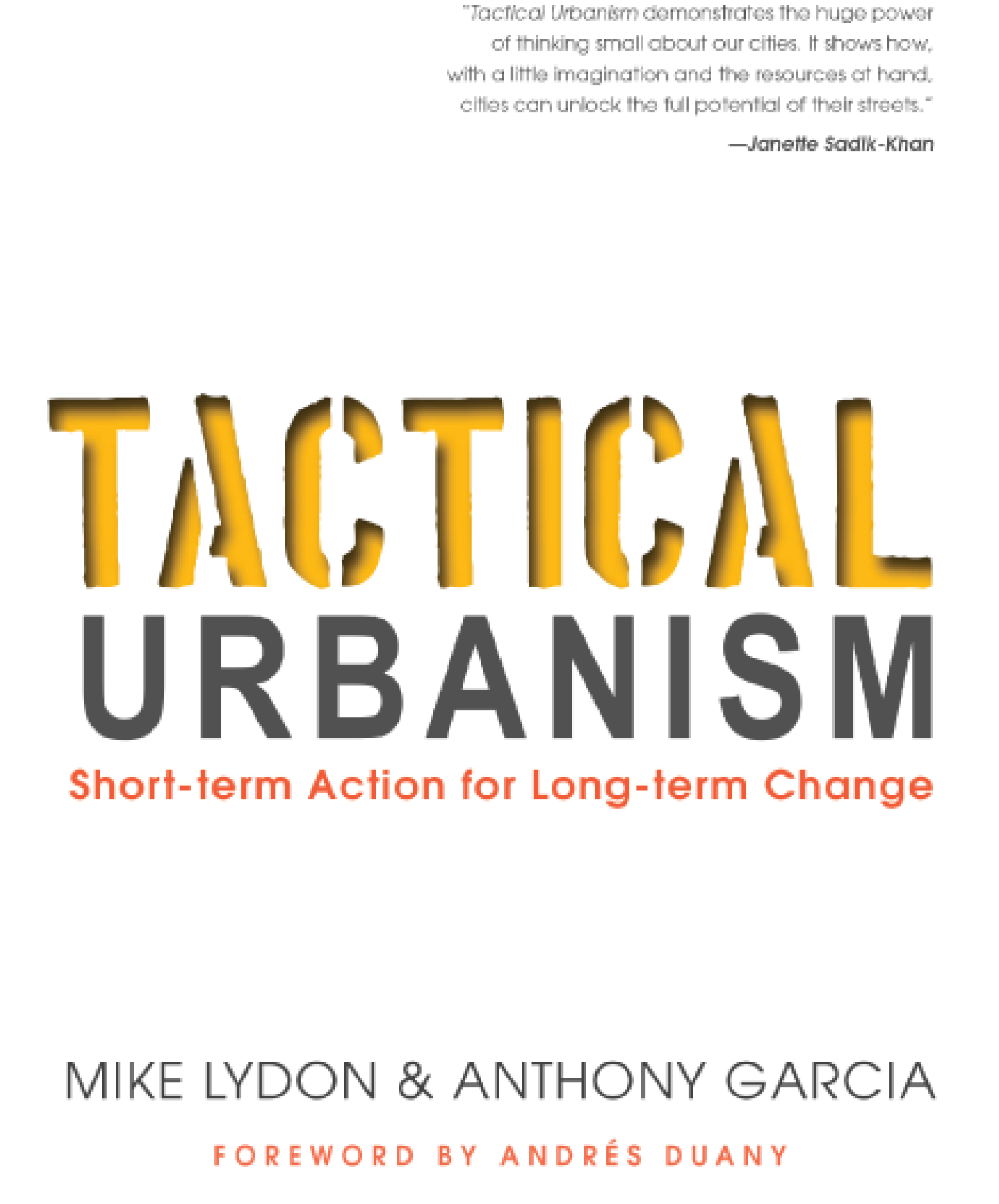
Cities and The Creative Class
Cities and the Creative Class is a compelling follow-up to The Rise of the Creative Class. Here, Richard Florida outlines how certain cities succeed in attracting members of the ‘creative class’ – the millions of people who work in information-age economic sectors and in industries driven by innovation and talent.
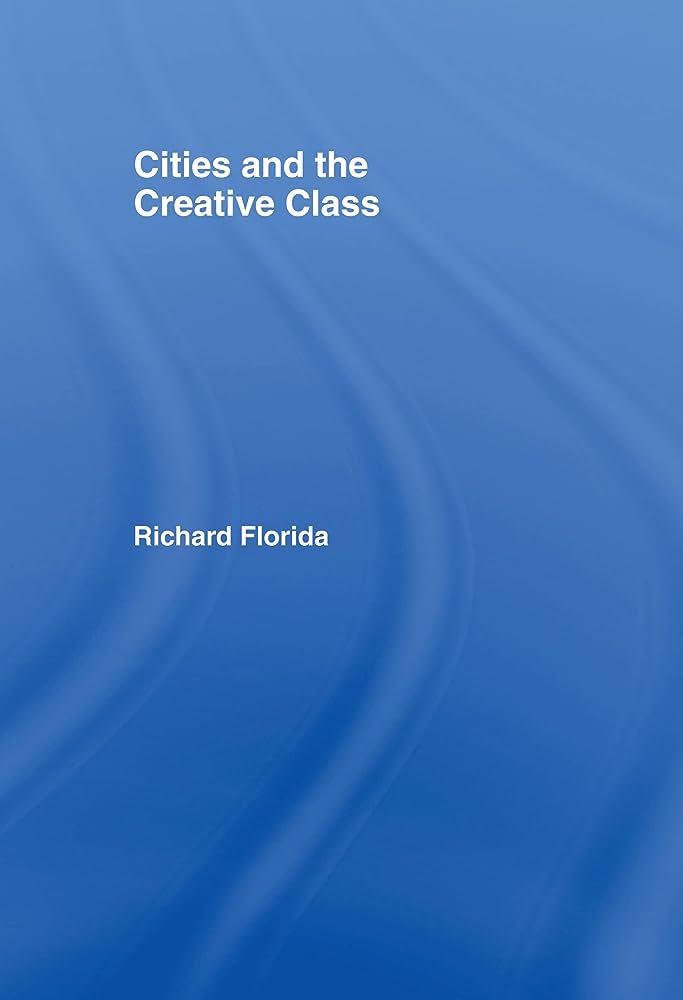
Why New Orleans Matters
Ten years ago, in the aftermath of Hurricane Katrina and the disaster that followed, promises were made, forgotten, and renewed. What would become of New Orleans in the years ahead? How would this city and its people recover—and what meaning would its story have, for America and the world?
In Why New Orleans Matters, first published only months after the disaster, award-winning author and longtime New Orleans resident Tom Piazza illuminates the storied culture and still-evolving future of this great and vital American metropolis. Piazza evokes the sensuous textures of the city that gave us jazz music, Creole cooking, and a unique style of living; he examines the city’s undercurrents of corruption and racism, and explains how its people endure and transcend them. And, perhaps most important, he bears witness to the city’s spirit: its grace and beauty, resilience and soul.
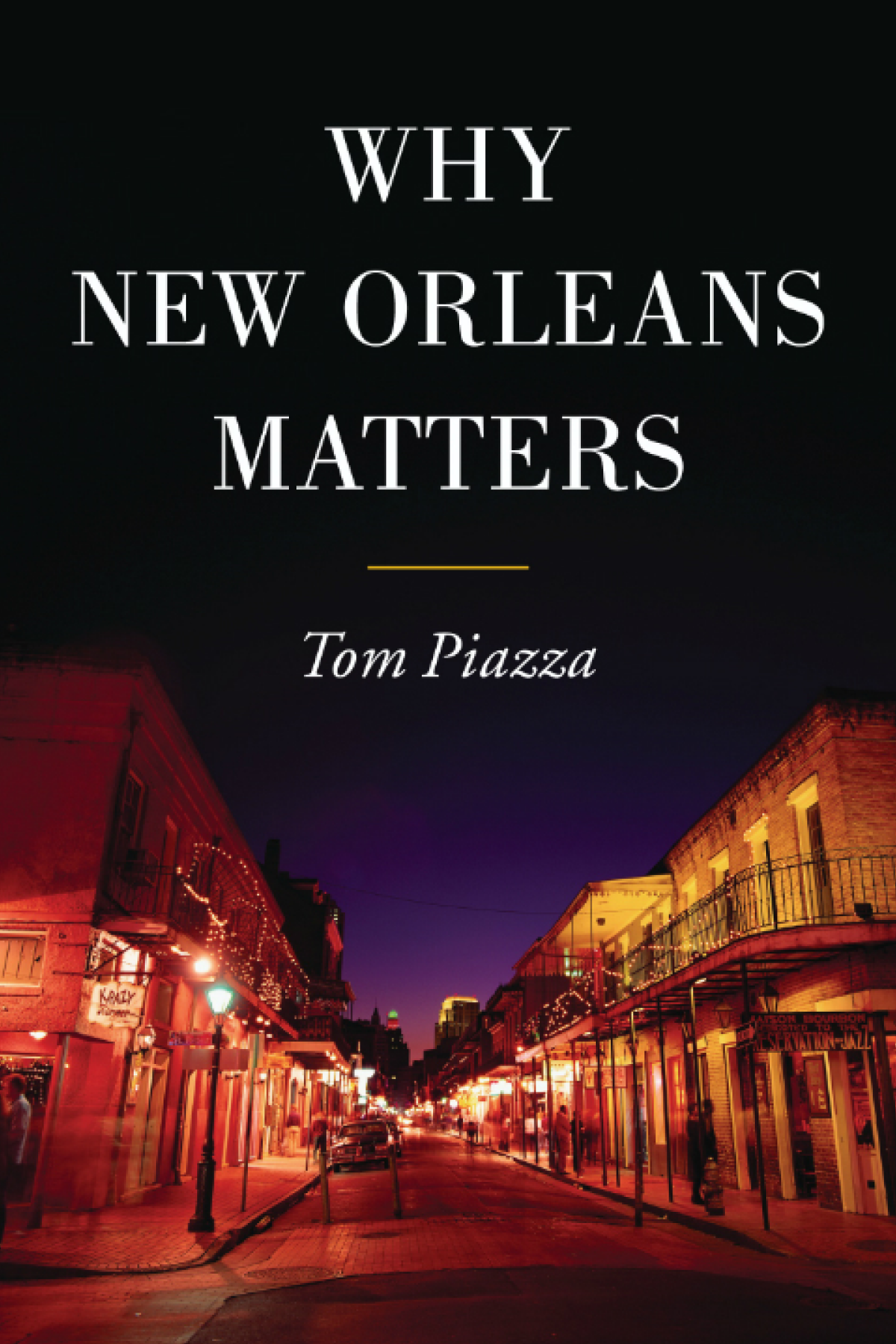
The Rise of the Creative Class
In his modern classic The Rise of the Creative Class, urbanist Richard Florida identifies the emergence of a new social class reshaping the twenty-first century’s economy, geography, and workplace. This Creative Class is made up of engineers and managers, academics and musicians, researchers, designers, entrepreneurs and lawyers, poets and programmer, whose work turns on the creation of new forms. Increasingly, Florida observes, this Creative Class determines how workplaces are organized, which companies prosper or go bankrupt, and which cities thrive, stagnate or decline.
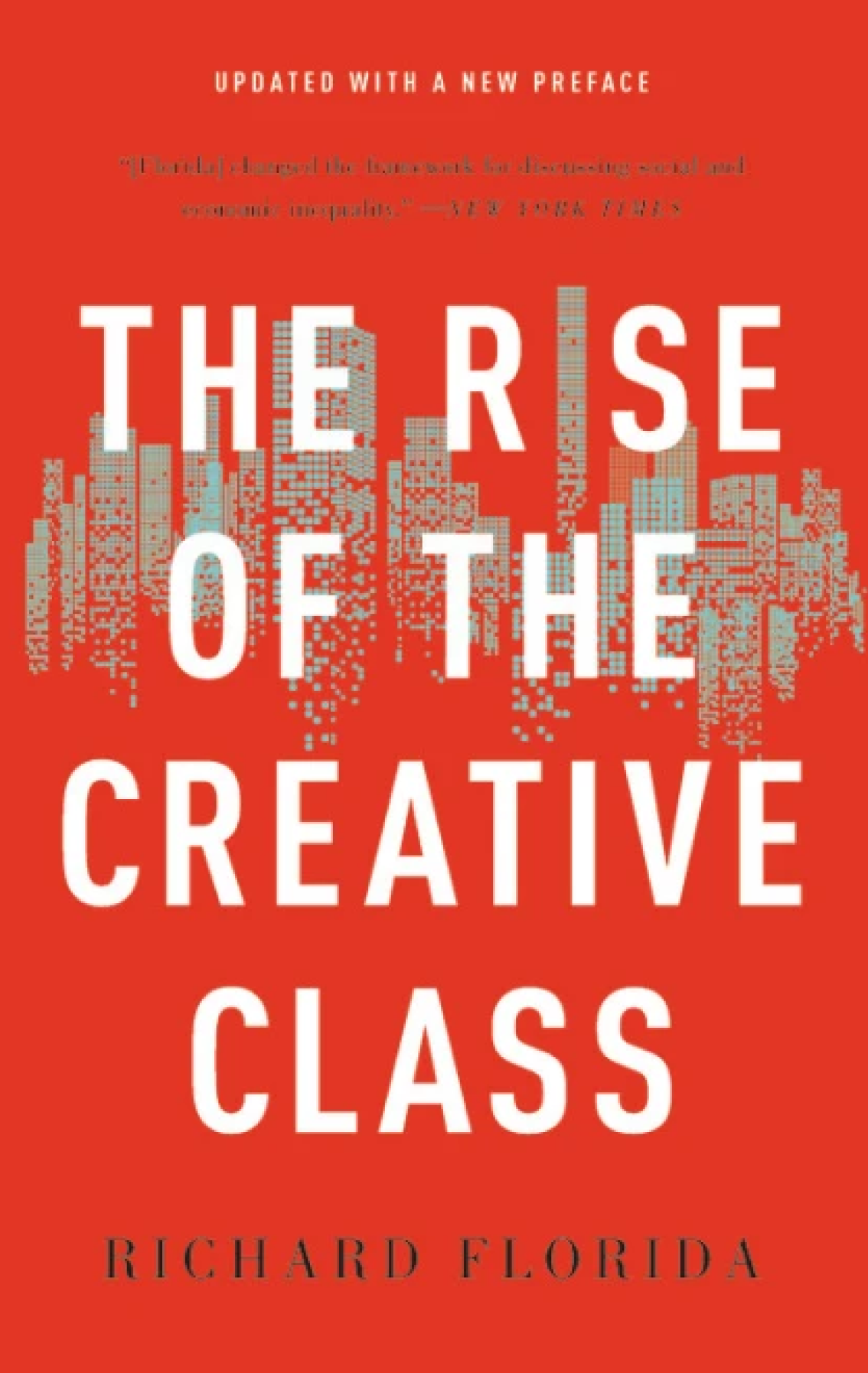
Walkable City Rules
Nearly every US city would like to be more walkable—for reasons of health, wealth, and the environment—yet few are taking the proper steps to get there. The goals are often clear, but the path is seldom easy. Jeff Speck’s follow-up to his bestselling Walkable City is the resource that cities and citizens need to usher in an era of renewed street life. Walkable City Rules is a doer’s guide to making change in cities, and making it now.
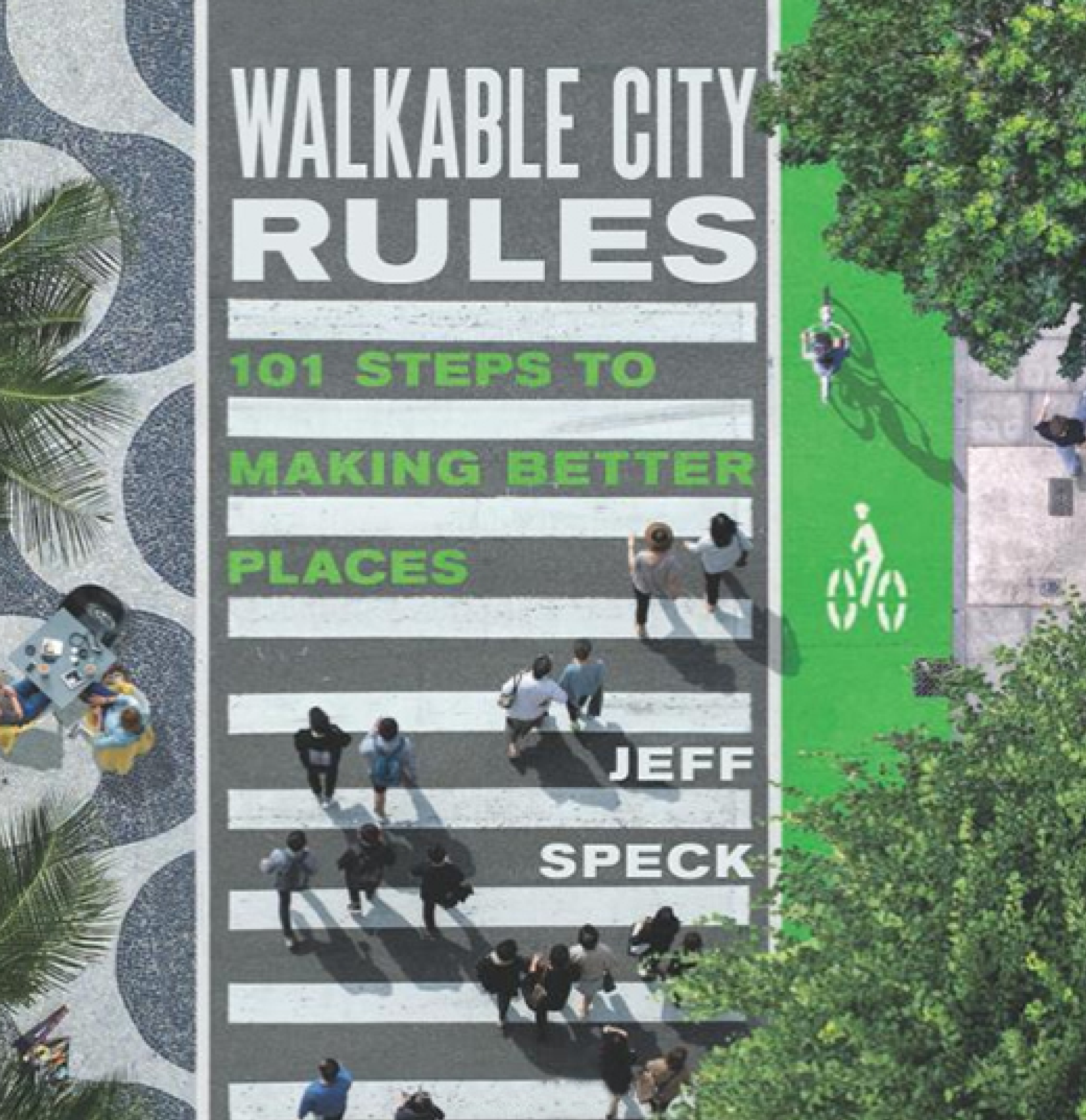
Green Metropolis
Most Americans think of crowded cities as ecological nightmares, as wastelands of concrete and garbage and diesel fumes and traffic jams. Yet residents of compact urban centers, Owen shows, individually consume less oil, electricity, and water than other Americans. They live in smaller spaces, discard less trash, and, most important of all, spend far less time in automobiles.
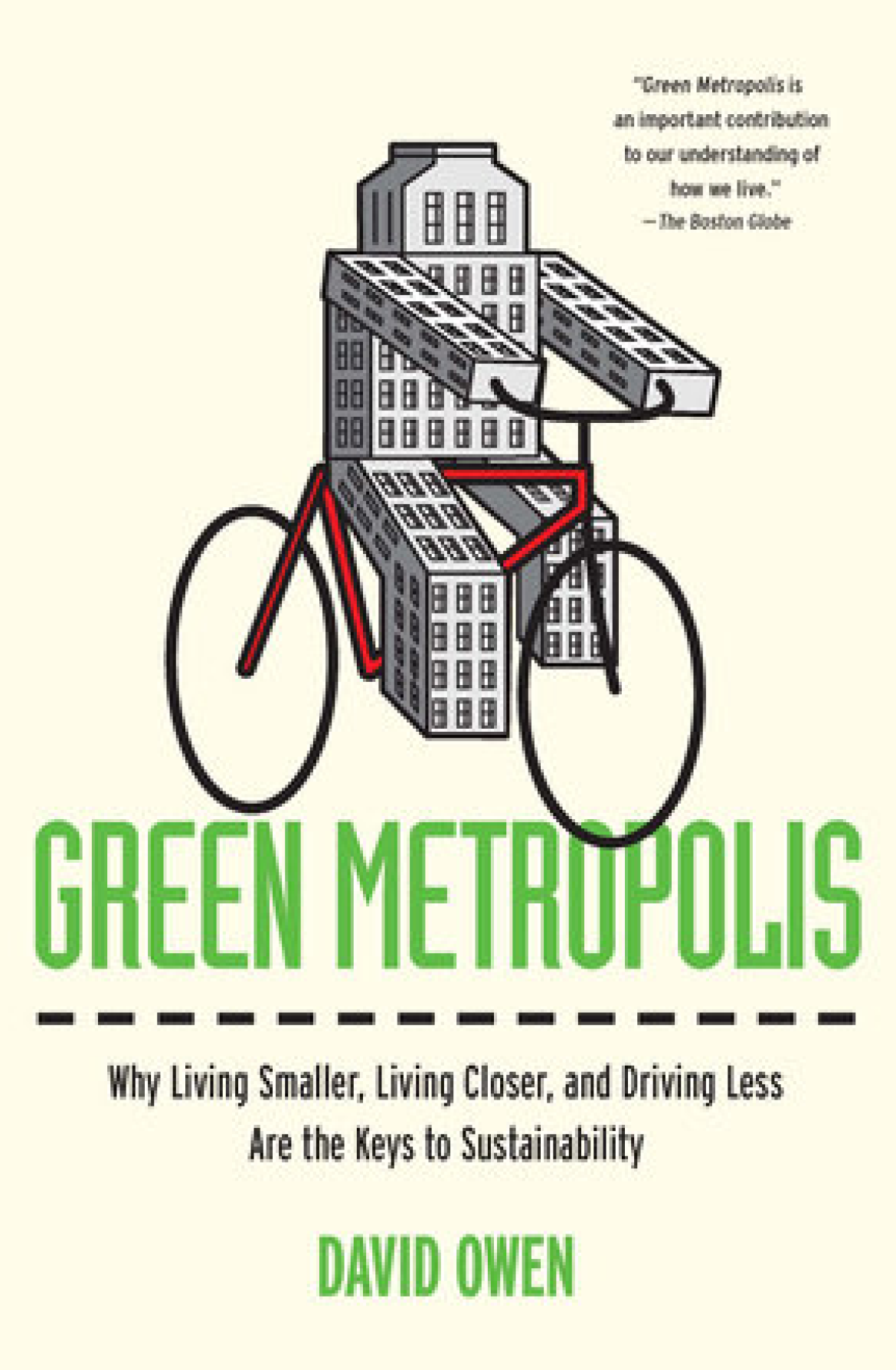
Trains, Buses, People
In Trains, Buses, People, transit expert and “transportation hero” Christof Spieler provides a new section on inclusivity to help agencies understand how to welcome riders regardless of race, gender, income, or disability.
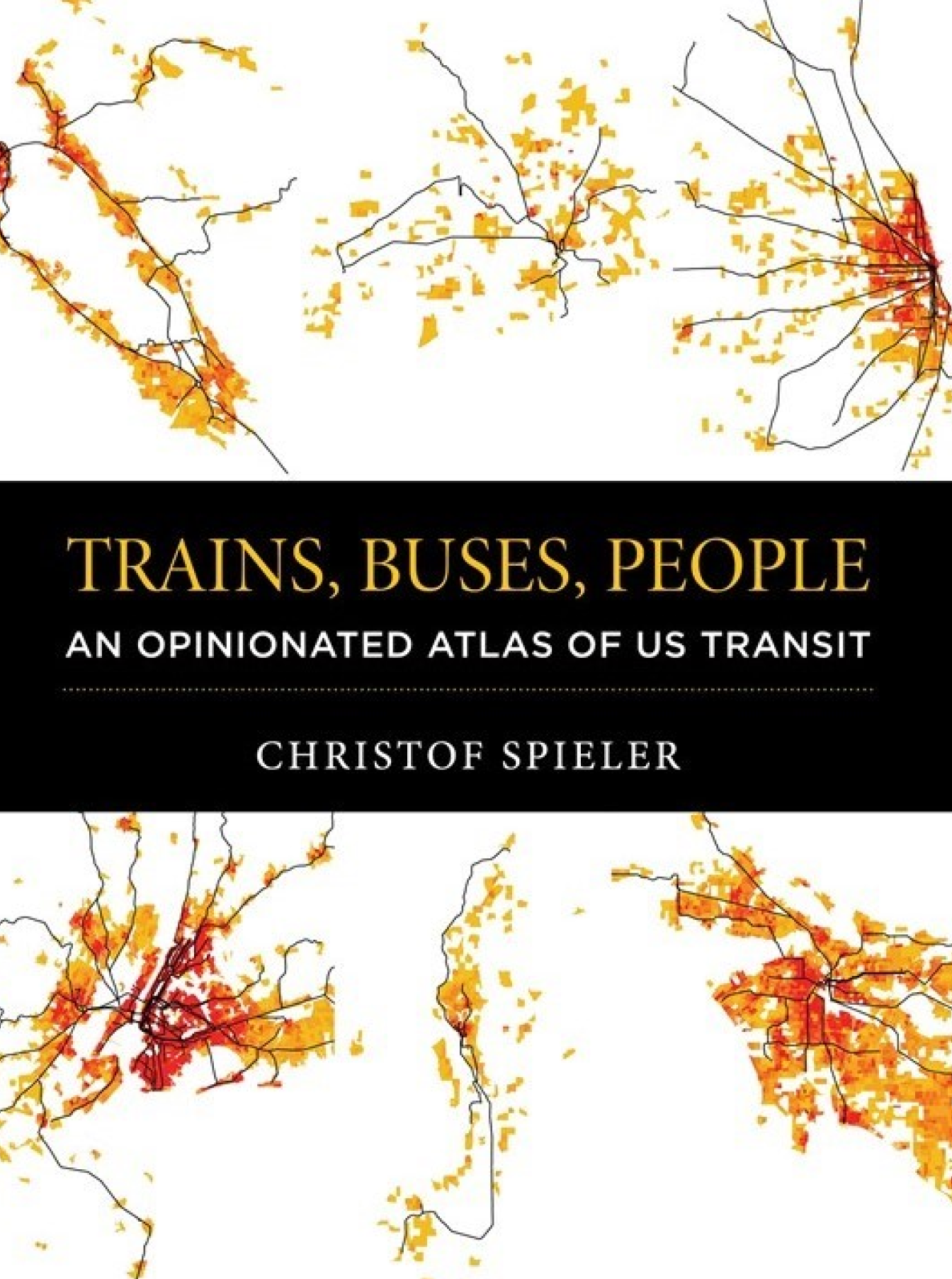
BicycleDutch
A blog by Mark Wagenbuur about cycling in the Netherlands. Mark has a YouTube channel as well.
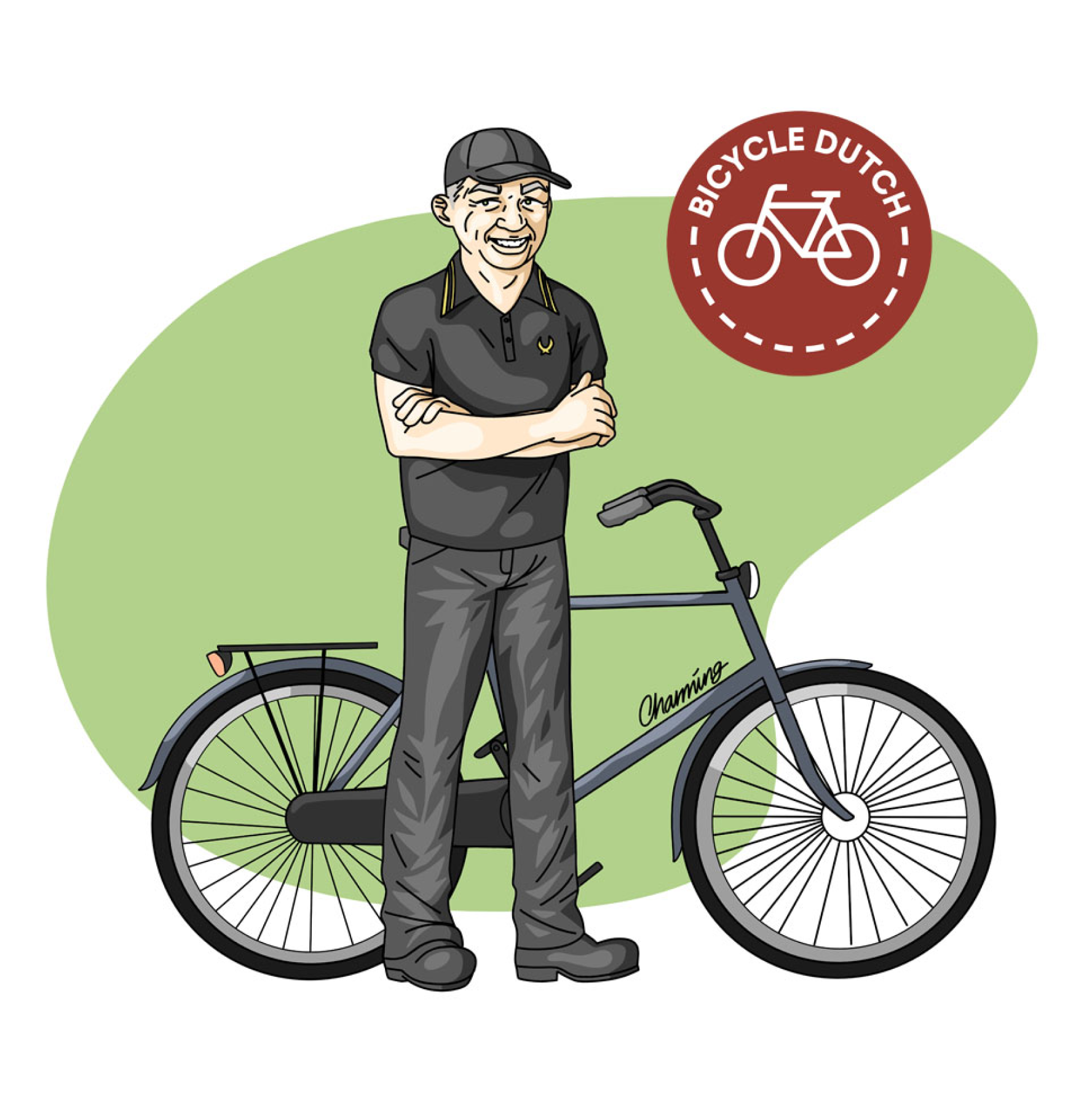
Curbed
Curbed is an American real estate and urban design website founded as a blog by Lockhart Steele in 2006. The full website, founded in 2010, featured sub-pages dedicated to specific real estate markets and metropolitan areas across the United States.
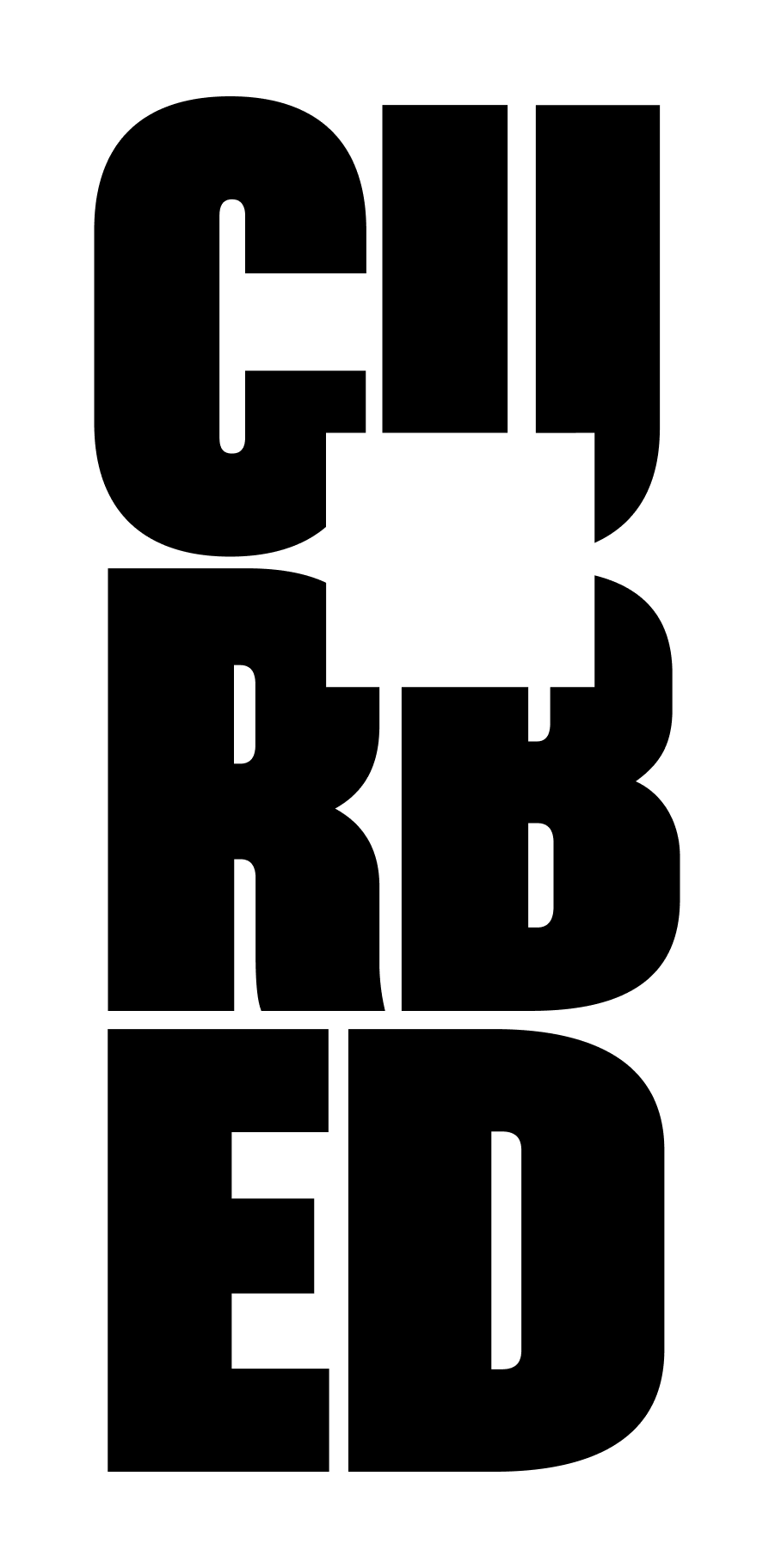
Planetizen
Planetizen is a planning-related news website owned by Urban Insight of Los Angeles, California. It features user-submitted and editor-evaluated news and weekly user-contributed op-eds about urban planning and several related fields.

Building the Cycling City
In Building the Cycling City: The Dutch Blueprint for Urban Vitality, Melissa and Chris Bruntlett share the triumphs and challenges of the Dutch cycling story, show how some of the ideas are already being adopted in global cities, and draw out concrete lessons for other places to follow their lead. Drawing from historical context, interviews with local experts, and their own experiences riding in five Dutch cities, the Bruntletts explore topics ranging from bicycle style and parking to the relationship between cycling and public transit. Special attention is given to less well-known Dutch cities, including Utrecht and Rotterdam.

Curbing Traffic
In Curbing Traffic: The Human Case for Fewer Cars in Our Lives, Melissa and Chris Bruntlett chronicle their experience living in the Netherlands and the benefits that result from treating cars as visitors rather than owners of the road. They weave their personal story with research and interviews with experts and Delft locals to help readers share the experience of living in a city designed for people.
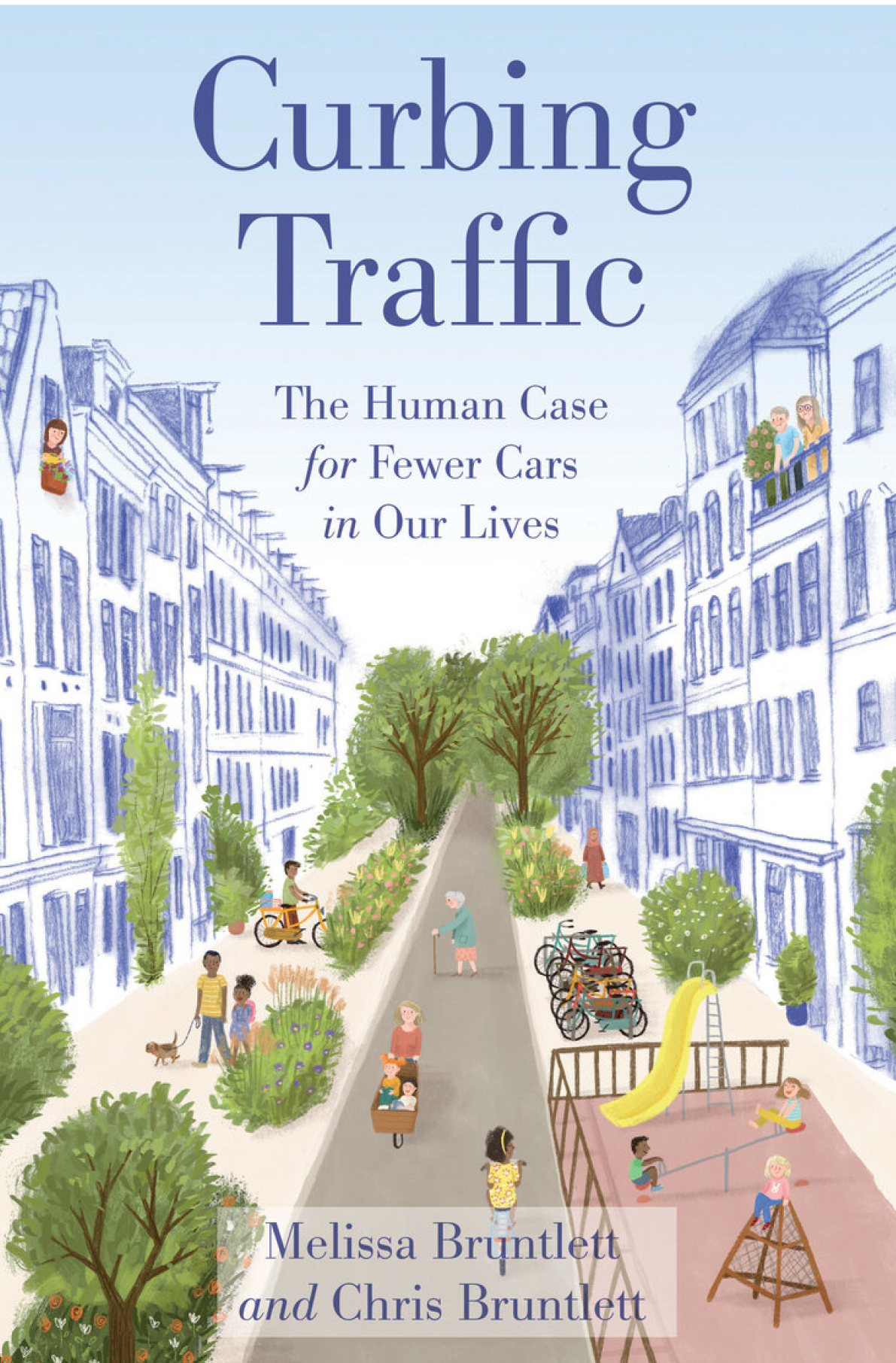
Pedestrian Observations
Pedestrian Observations is a blog by Alon Levy. Alon grew up in Tel Aviv and Singapore; subsequently lived in New York, Providence, Vancouver, and Stockholm; and currently lives in Paris. He writes about public transit full-time.
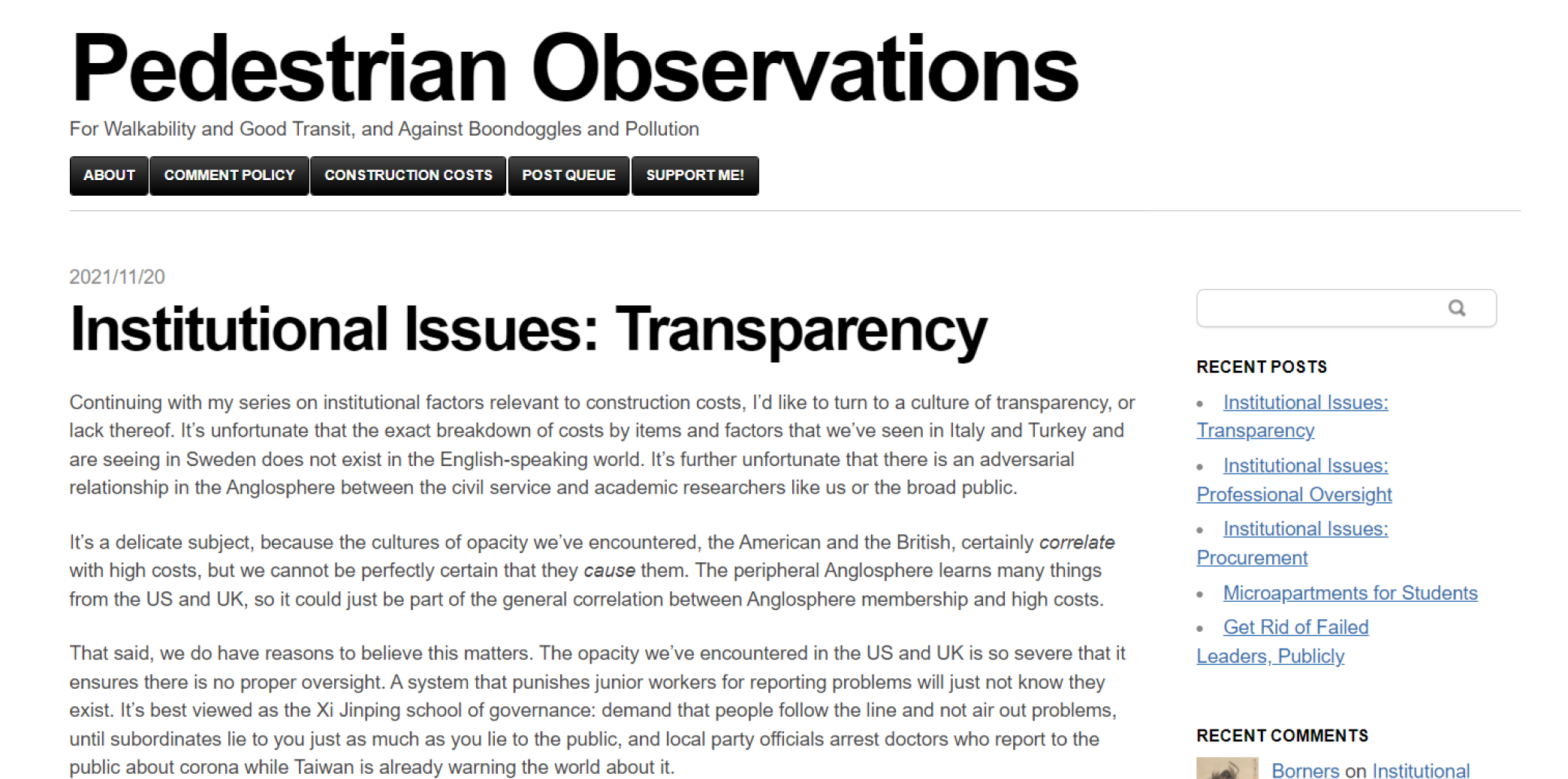
Strong Towns
Strong Towns: A Bottom-Up Revolution to Build American Prosperity is a book of forward-thinking ideas that breaks with modern wisdom to present a new vision of urban development in the United States. Presenting the foundational ideas of the Strong Towns movement he co-founded, Charles Marohn explains why cities of all sizes continue to struggle to meet their basic needs, and reveals the new paradigm that can solve this longstanding problem.
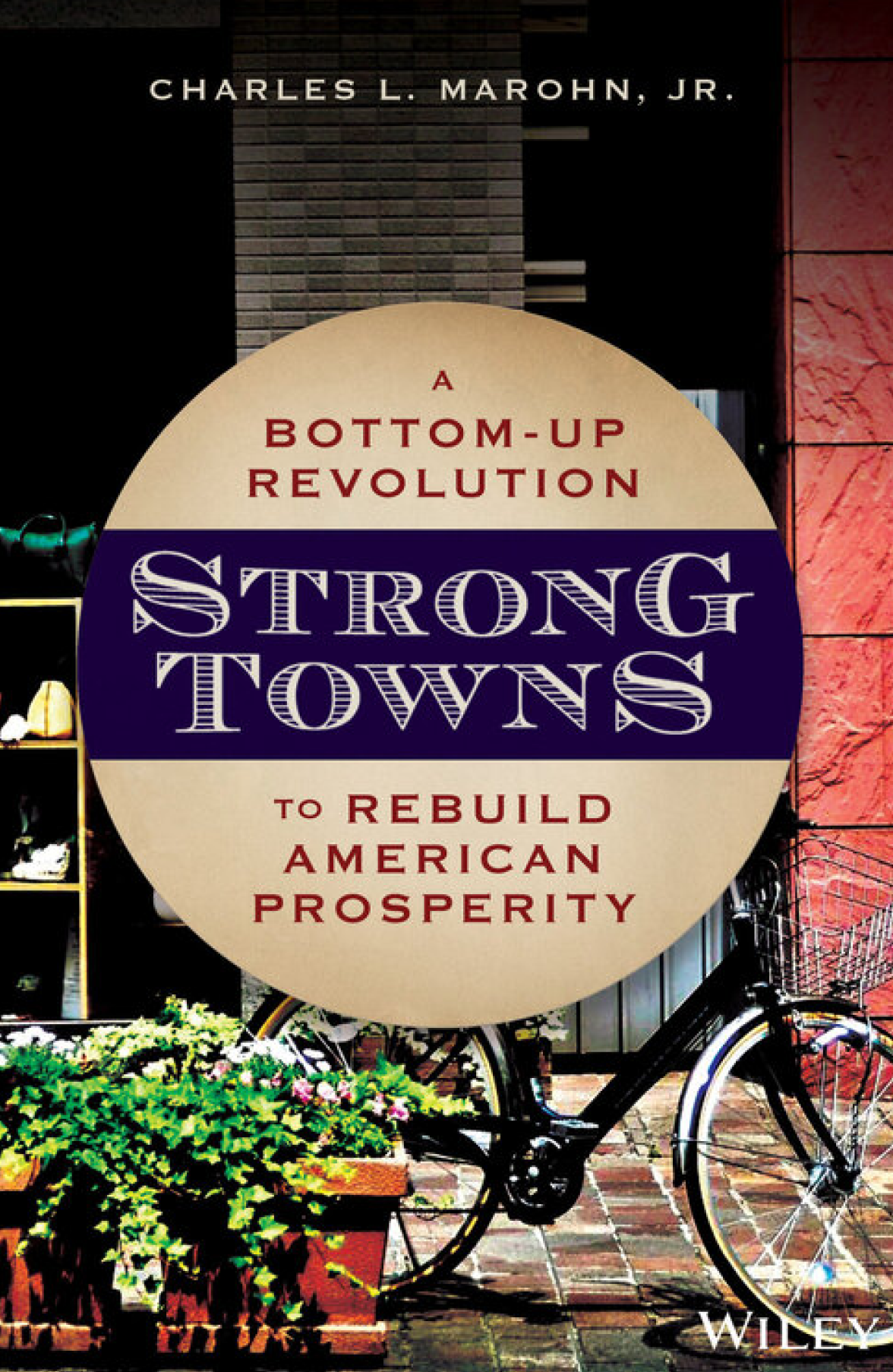
Confessions of a Recovering Engineer
In Confessions of a Recovering Engineer, Charles Marohn pulls back the curtain on the North American transportation system. He explains how transportation got so bad, and why it keeps getting worse. He writes about the deadly toll of bad design, why the conventional approach puts cities on the road to insolvency, and why public transit is in trouble. He also talks about how transportation can be fixed—and why fixing it will involve not just engineers, but local residents and officials who have become effective and empowered advocates, connected with others to make real change.
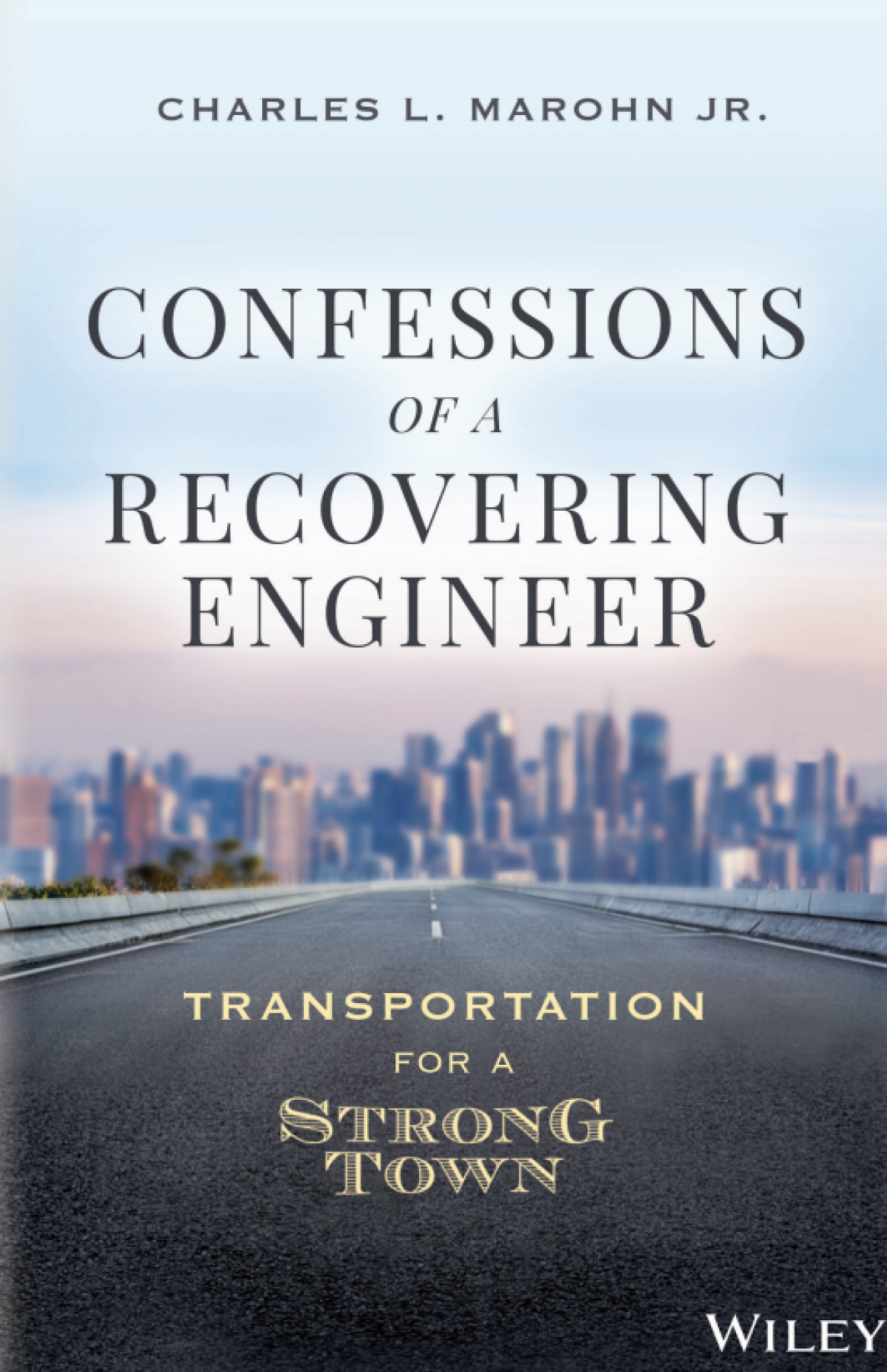
Oh The Urbanity!
Oh The Urbanity! traverses cities by foot, bike, and public transit and aims to make concise, informative, and entertaining videos combining streetscapes and demographic data.
The founders, Patrick and Jasmine, have a particular interest in making cities more walkable, bikeable, and all around easier and safer to get around in.
The channel is currently based in Ottawa but Patrick and Jasmine also enjoy exploring other cities across Canada as well and highlighting urbanist projects and endeavors in various locations.
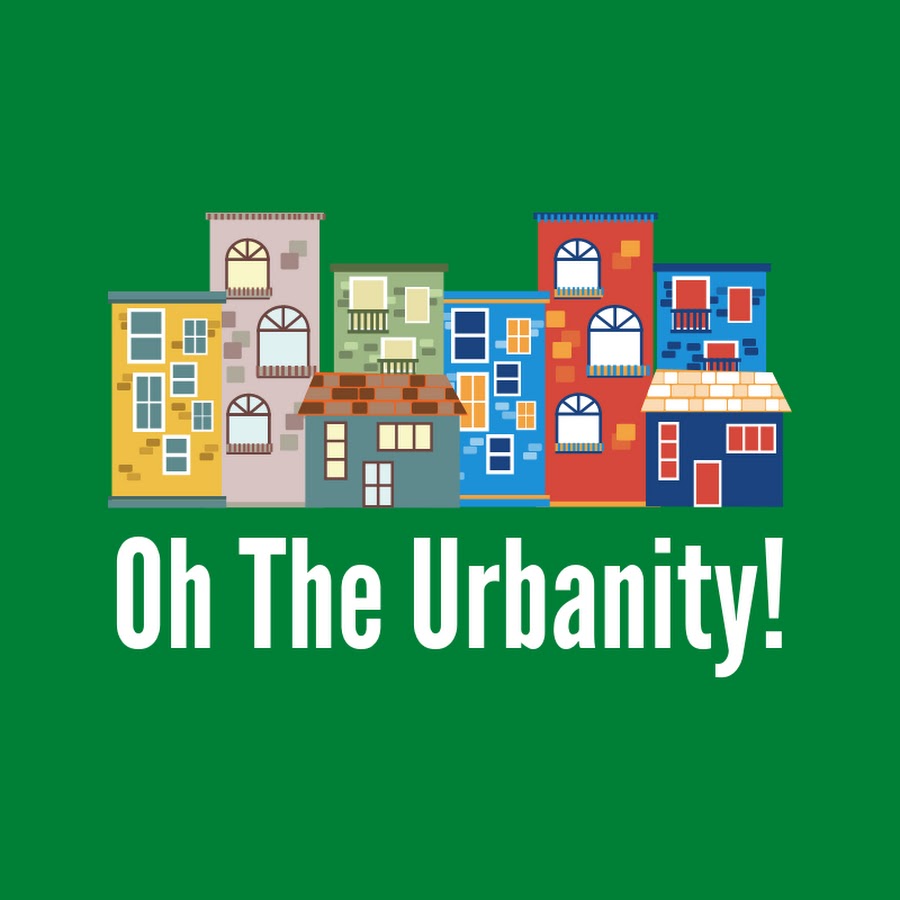
The Future of the Suburban City
In The Future of the Suburban City, Phoenix native Grady Gammage, Jr. looks at the promise of the suburban city as well as the challenges. He argues that places that grew up based on the automobile and the single-family home need to dramatically change and evolve. But suburban cities have some advantages in an era of climate change, and many suburban cities are already making strides in increasing their resilience. Gammage focuses on the story of Phoenix, which shows the power of collective action — government action — to confront the challenges of geography and respond through public policy. He takes a fresh look at what it means to be sustainable and examines issues facing most suburban cities around water supply, heat, transportation, housing, density, urban form, jobs, economics, and politics.
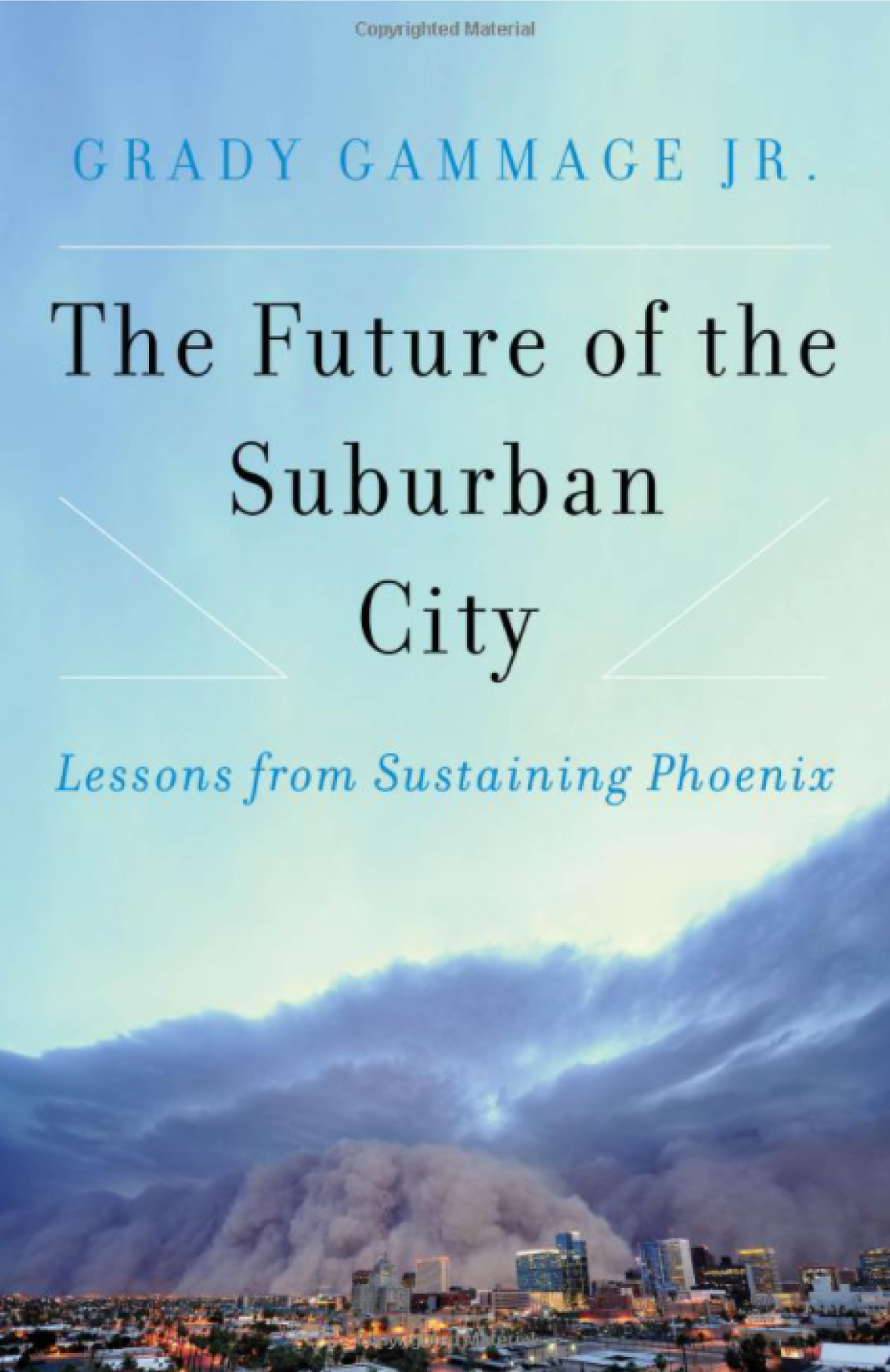
Metropolis
During the two hundred millennia of humanity’s existence, nothing has shaped us more profoundly than the city. From their very beginnings, cities created such a flourishing of human endeavor—new professions, new forms of art, worship and trade—that they kick-started civilization. Guiding us through the centuries, Ben Wilson reveals the innovations nurtured by the inimitable energy of human beings together: civics in the agora of Athens, global trade in ninth-century Baghdad, finance in the coffeehouses of London, domestic comforts in the heart of Amsterdam, peacocking in Belle Époque Paris. In the modern age, the skyscrapers of New York City inspired utopian visions of community design, while the trees of twenty-first-century Seattle and Shanghai point to a sustainable future in the age of climate change. Page-turning, irresistible, and rich with engrossing detail, Metropolis is a brilliant demonstration that the story of human civilization is the story of cities.
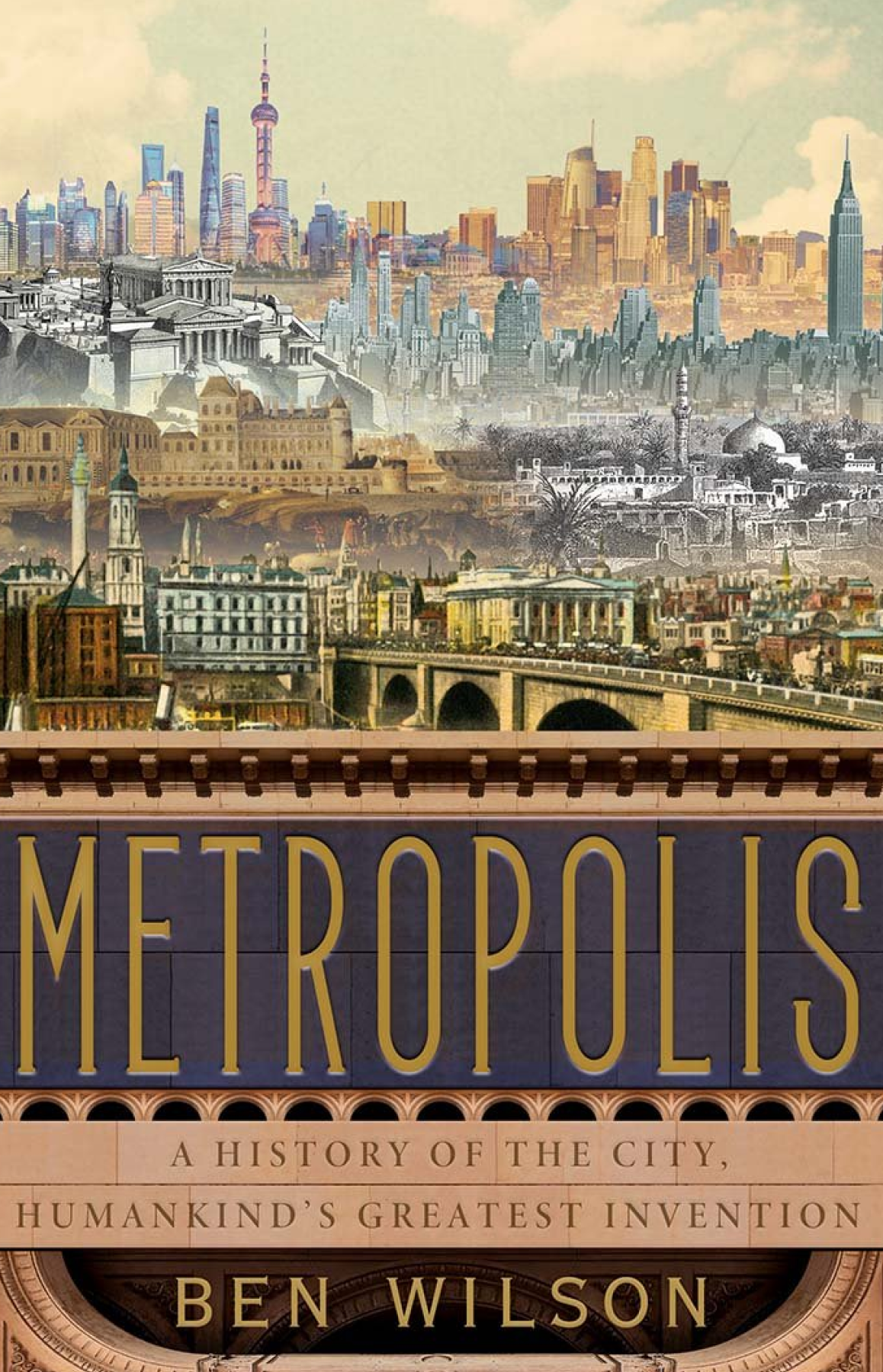
Great Streets
Which are the world’s best streets, and what are the physical, designable characteristics that make them great? To answer these questions, Allan Jacobs has surveyed street users and design professionals and has studied a wide array of street types and urban spaces around the world. With more than 200 illustrations, all prepared by the author, along with analysis and statistics, Great Streets offers a wealth of information on street dimensions, plans, sections, and patterns of use, all systematically compared. It also reveals Jacobs’s eye for the telling human and social details that bring streets and communities to life.

Finding Lost Space
The problem of lost space, or the inadequate use of space, afflicts most urban centers today. The automobile, the effects of the Modern Movement in architectural design, urban-renewal and zoning policies, the dominance of private over public interests, as well as changes in land use in the inner city have resulted in the loss of values and meanings that were traditionally associated with urban open space. Finding Lost Space offers a comprehensive and systematic examination of the crisis of the contemporary city and the means by which this crisis can be addressed.

Streets And The Shaping Of Towns And Cities
The topic of streets and street design is of compelling interest today as public officials, developers, and community activists seek to reshape urban patterns to achieve more sustainable forms of growth and development. Streets and the Shaping of Towns and Cities traces ideas about street design and layout back to the early industrial era in London suburbs and then on through their institutionalization in housing and transportation planning in the United States. It critiques the situation we are in and suggests some ways out that are less rigidly controlled, more flexible, and responsive to local conditions.
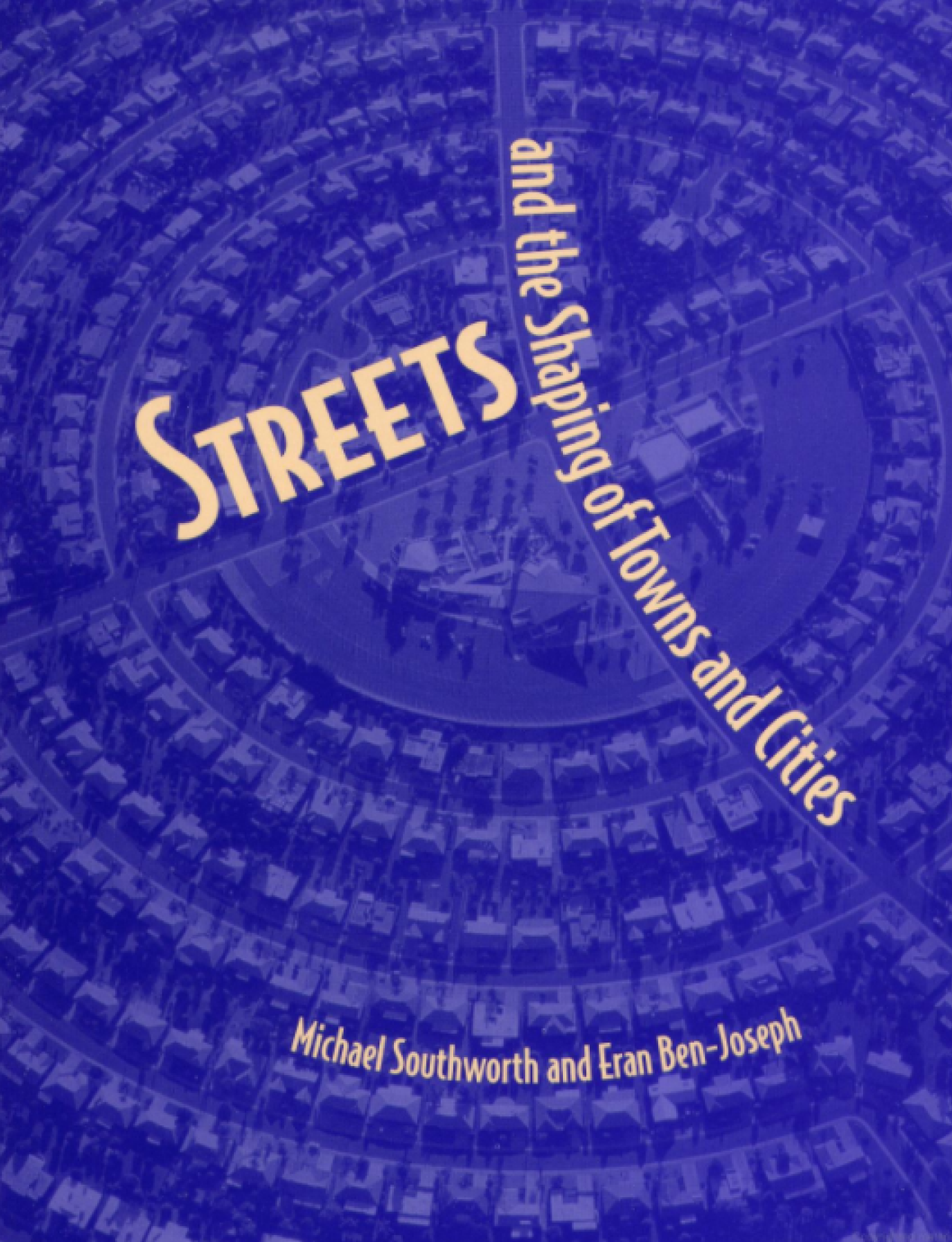
No One At The Wheel
Sam Schwartz, America’s most celebrated transportation guru, describes in No One At The Wheel the revolution in self-driving cars. The ramifications will be dramatic, and the transition will be far from seamless. It will overturn the job market for the one in seven Americans who work in the trucking industry. It will cause us to grapple with new ethical dilemmas-if a car will hit a person or a building, endangering the lives of its passengers, who will decide what it does? It will further erode our privacy, since the vehicle can relay our location at any moment. And, like every other computer-controlled device, it can be vulnerable to hacking
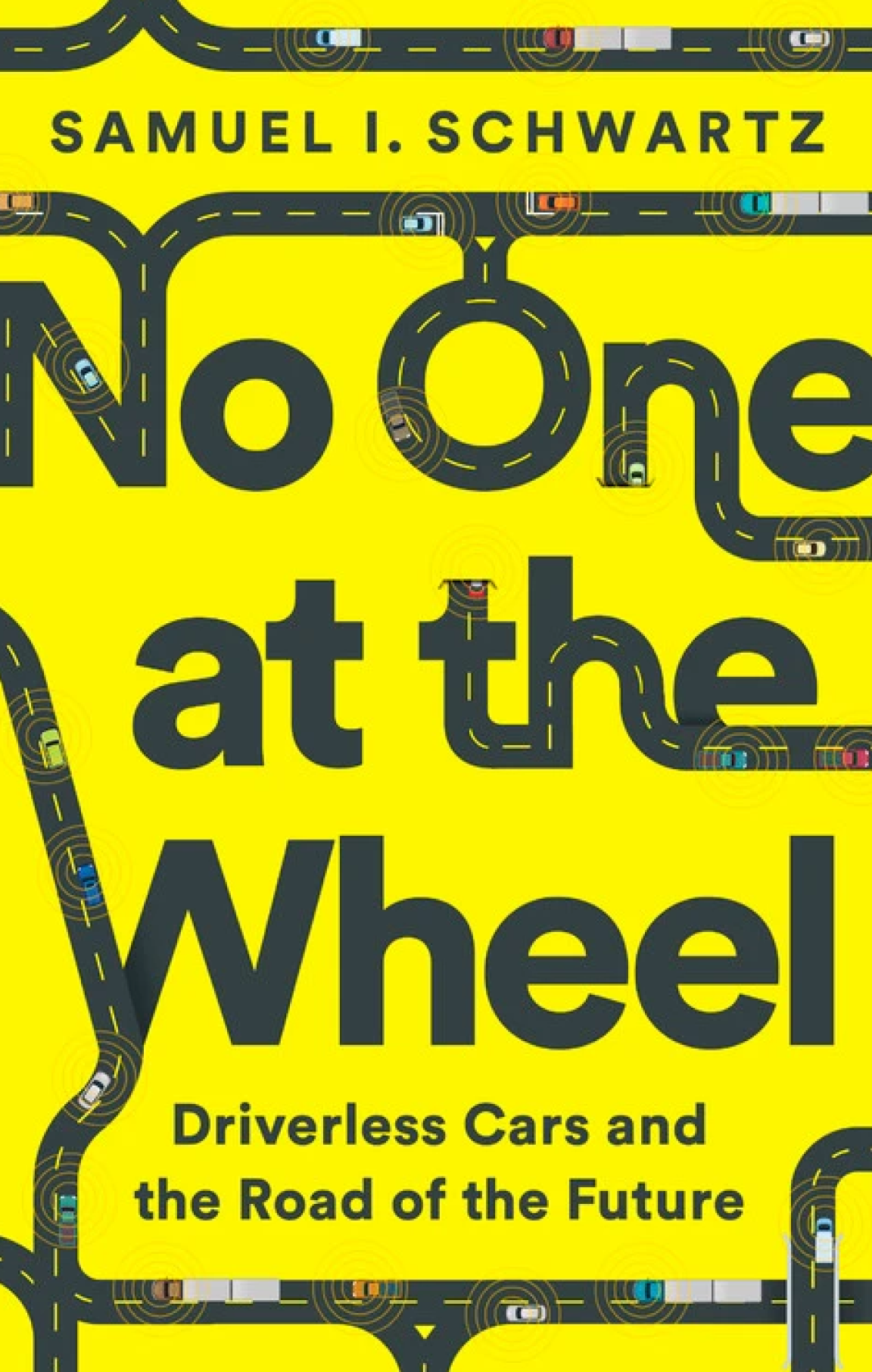
Dream Cities
Dream Cities explores our cities in a new way—as expressions of ideas, often conflicting, about how we should live, work, play, make, buy, and believe. It tells the stories of the real architects and thinkers whose imagined cities became the blueprints for the world we live in.
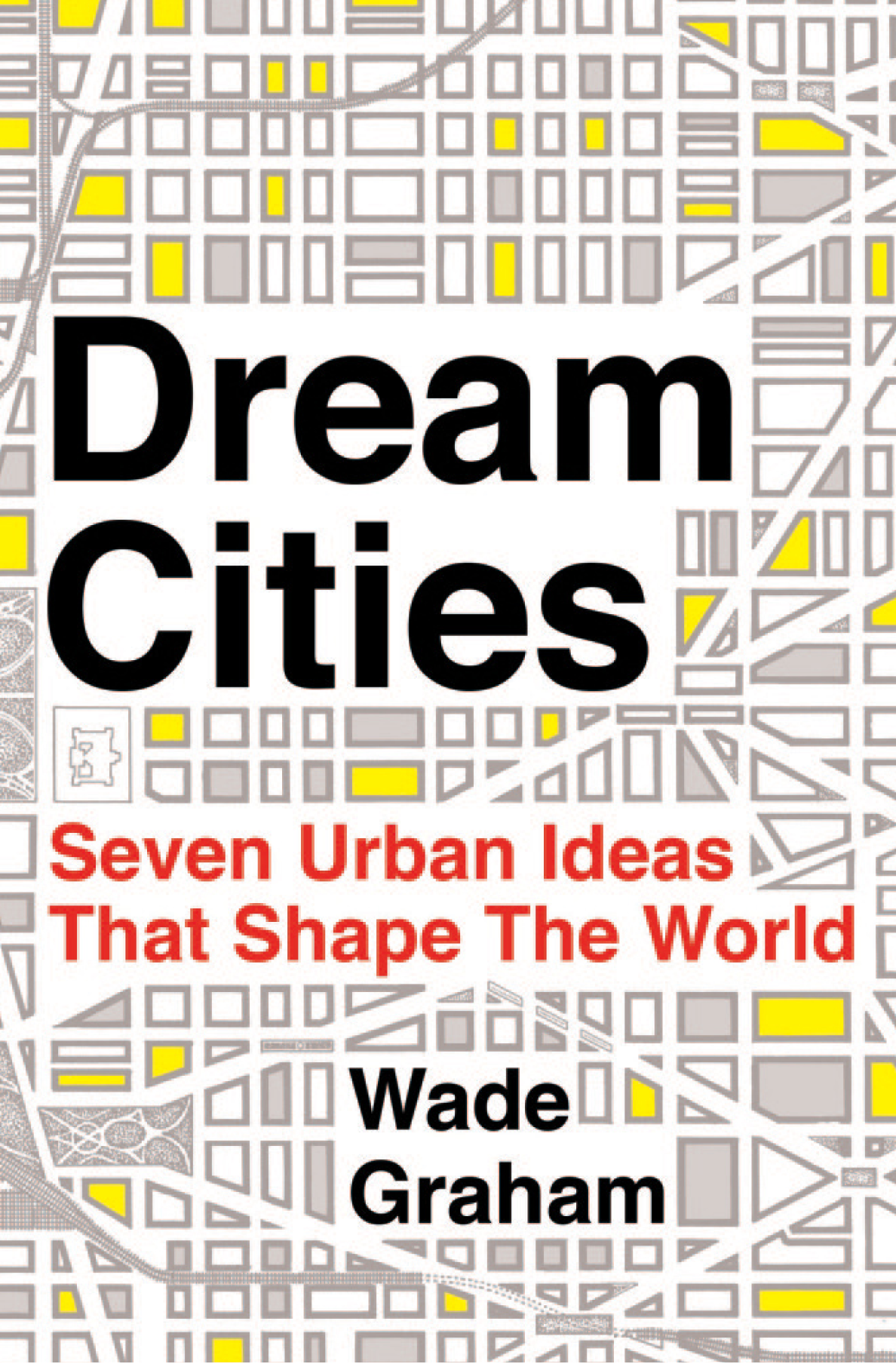
Cities for People
For more than forty years Jan Gehl has helped to transform urban environments around the world based on his research into the ways people actually use—or could use—the spaces where they live and work. In Cities for People, Gehl presents his latest work creating (or recreating) cityscapes on a human scale. He clearly explains the methods and tools he uses to reconfigure unworkable cityscapes into the landscapes he believes they should be: cities for people.
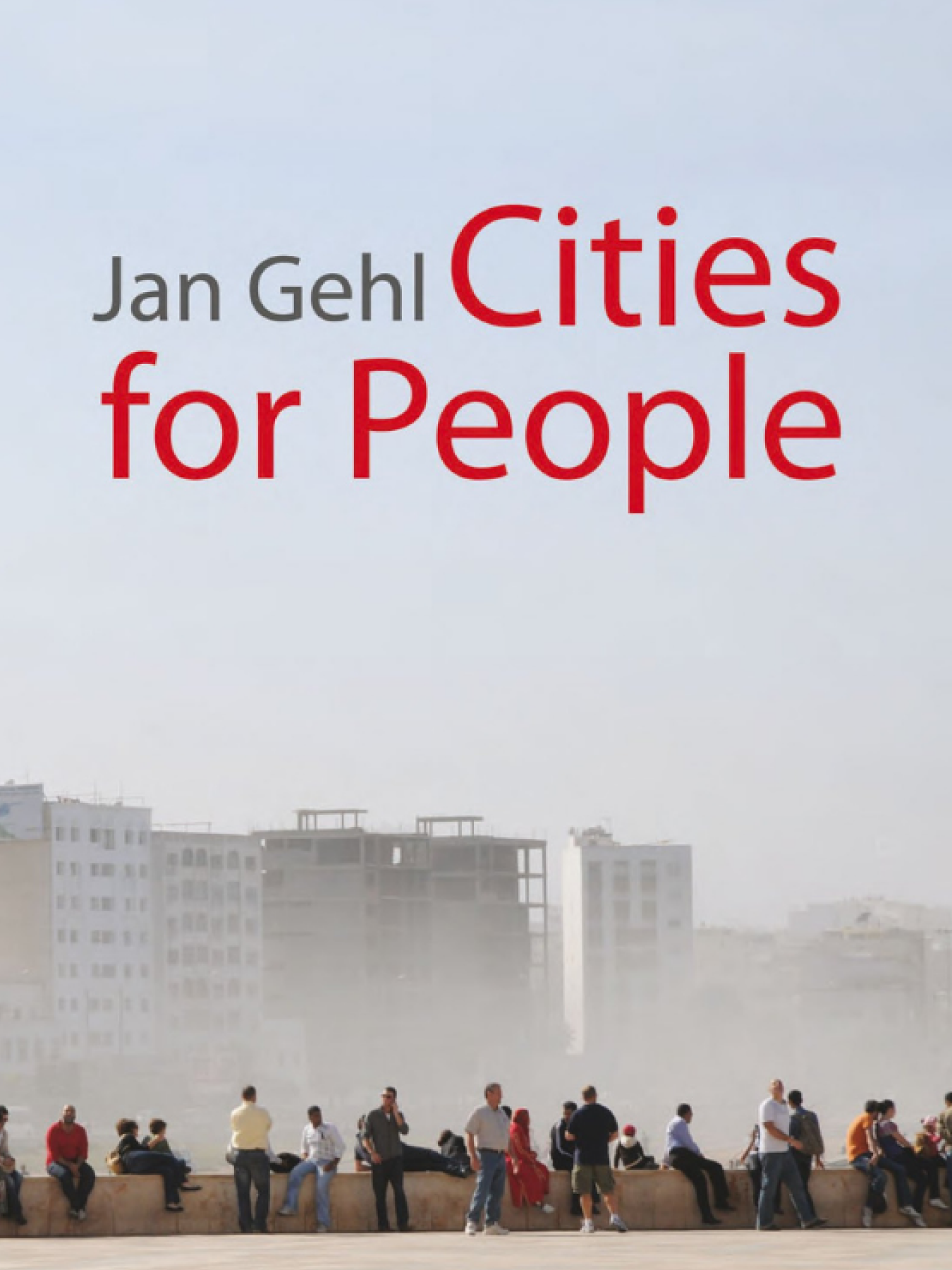
Urbanism in a New Mobility Age
Urbanism in a New Mobility Age: Blurring the lines between architecture, public space, and movement. Samuel Shackelford’s thesis addresses the future possibilities of our cities with the introduction of autonomous and electric vehicles.

A Convenient Truth: Urban Solutions from Curitiba, Brazil (2006)
A Convenient Truth: Urban Solutions from Curitiba, Brazil is an informative, inspirational documentary aimed at sharing ideas to provoke environment-friendly and cost-effective changes in cities worldwide. The documentary focuses on innovations in transportation, recycling, social benefits including affordable housing, seasonal parks, and the processes that transformed Curitiba into one of the most livable cities in the world.
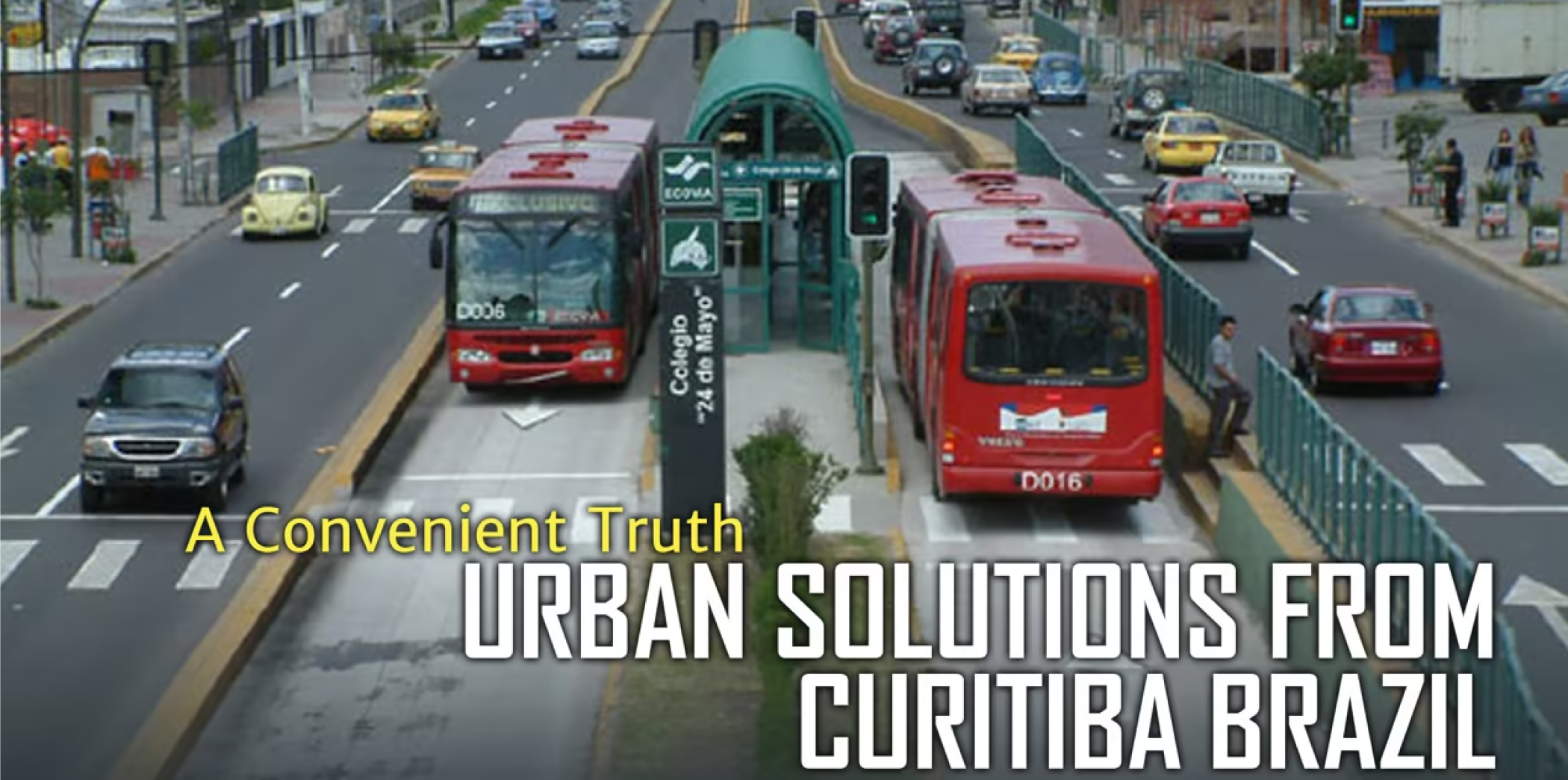
A stealthy reimagining of urban public space
Cities are becoming increasingly privatized: commercial real estate dominates the streets, carving up open space that once belonged to the public and selling it as a commodity to the highest bidder. In this talk, architect Elizabeth Diller explores the causes and effects of this growing threat — and takes us on tour of her groundbreaking projects aimed at creating landscapes for the public to enjoy, from the High Line in New York City to Zaryadye Park in Moscow.
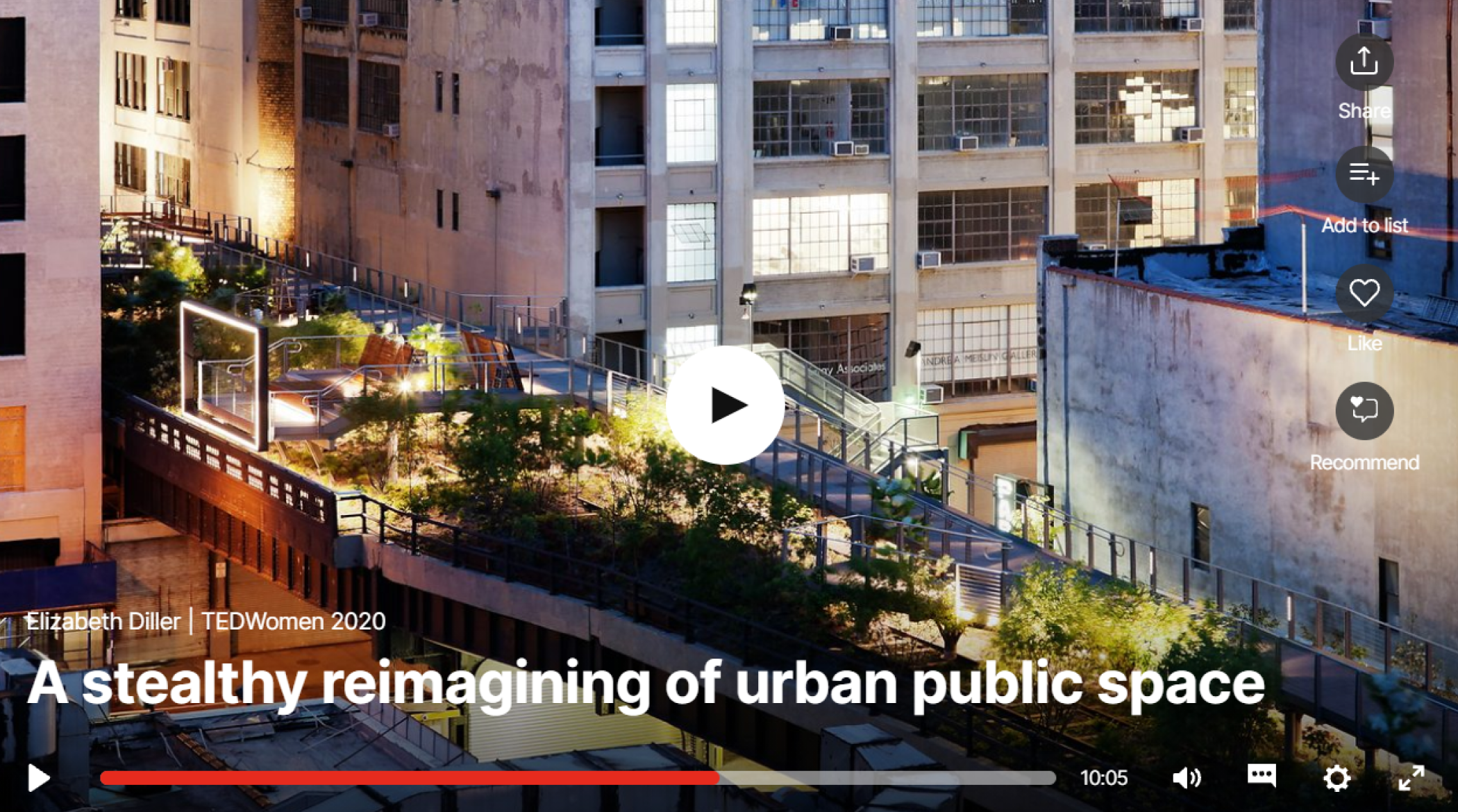
Agoraphobic Nation: Sprawl and Culture
Documentary by g16sley. Everything in culture is a product of the planned environment, and yet, nobody is paying attention to the way the American landscape is being molded by corporate interests. The sociological effects of the abandonment of urban planning have been devastating, causing mental illness and violence throughout much of the population.
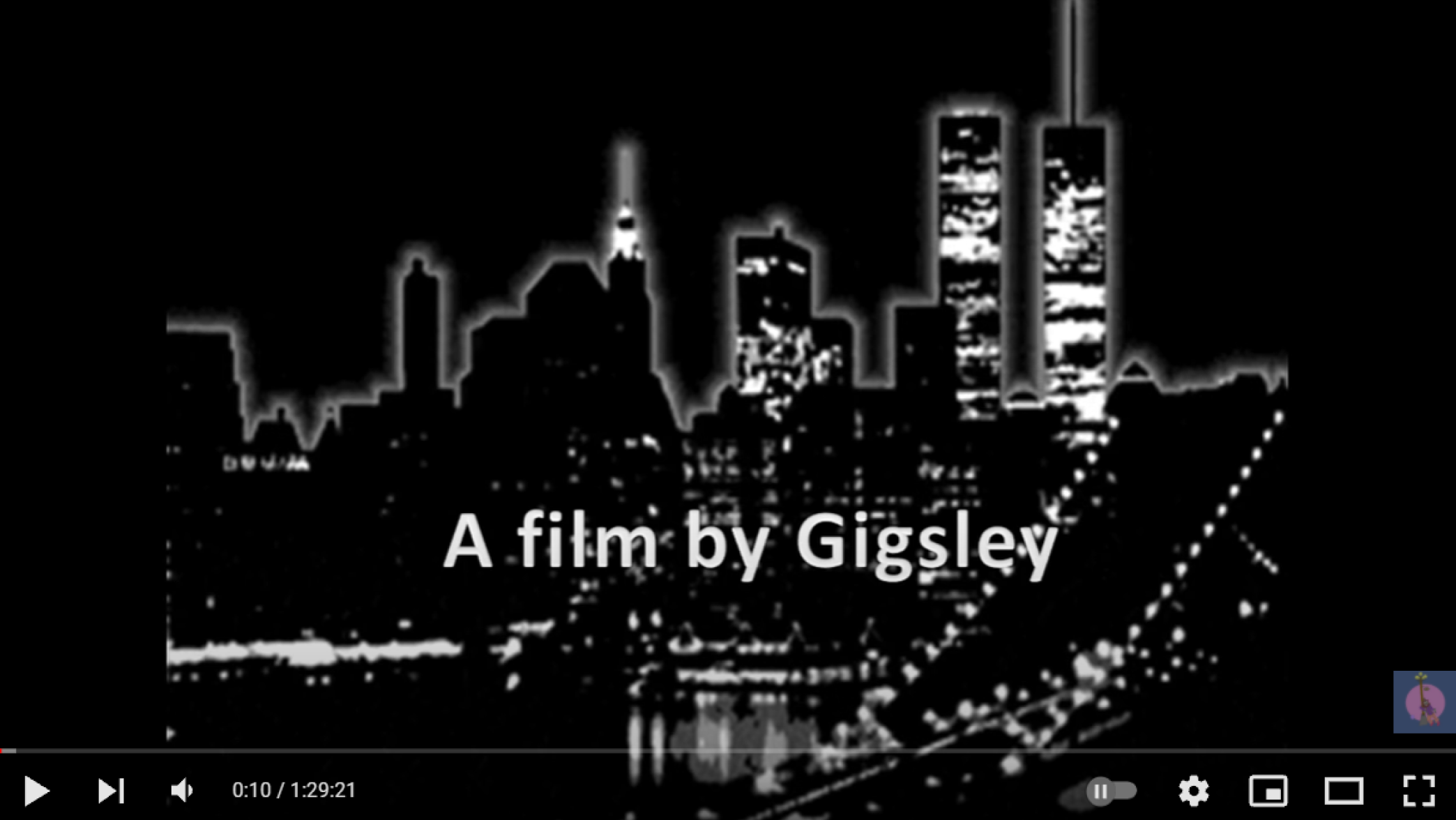
The ghastly tragedy of the suburbs
In James Howard Kunstler’s view, public spaces should be inspired centers of civic life and the physical manifestation of the common good. Instead, he argues, what we have in America is a nation of places not worth caring about. Watch the talk on TED.
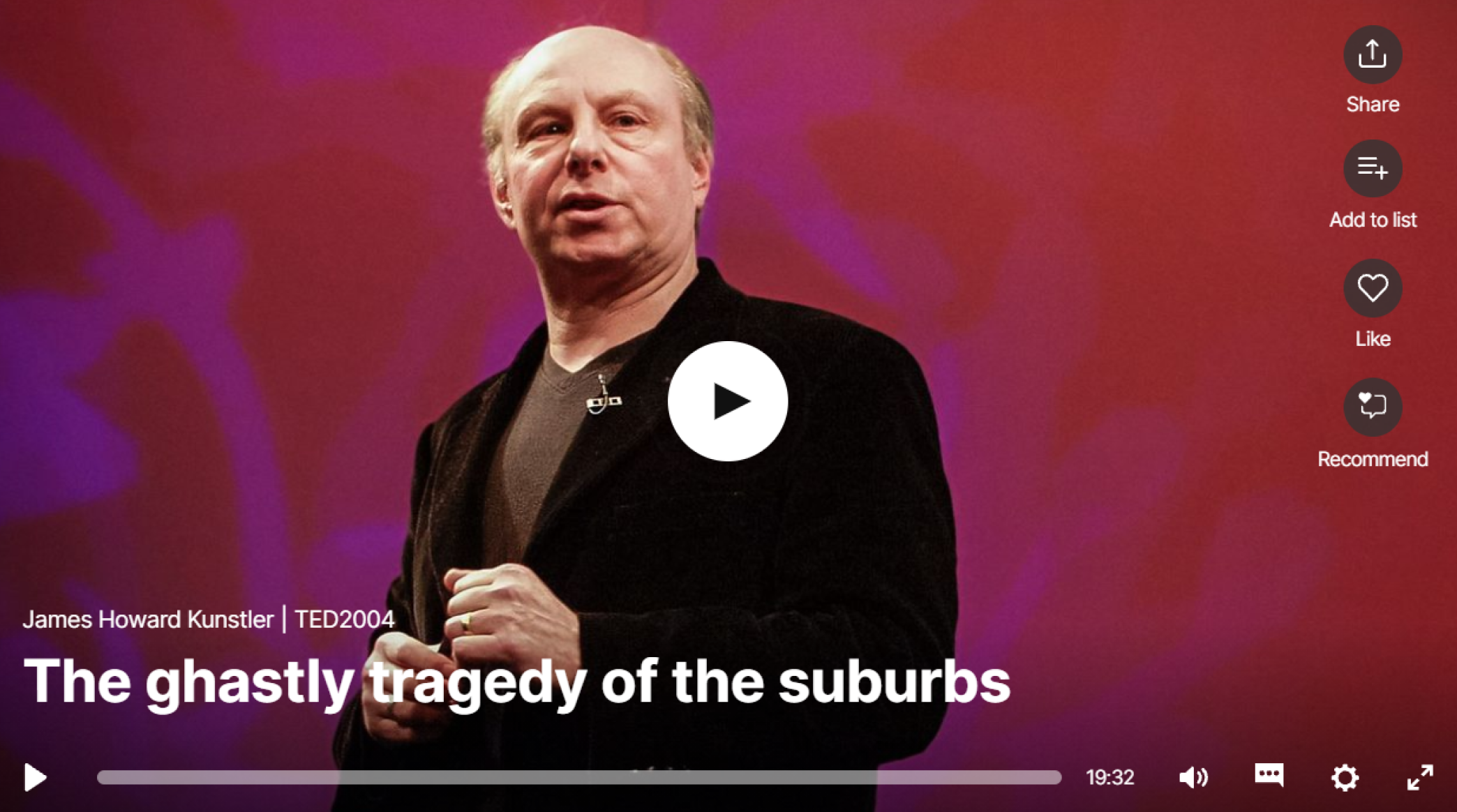
Saving America’s Cities
In Saving America’s Cities, the prizewinning historian Lizabeth Cohen follows the career of Edward J. Logue, whose shifting approach to the urban crisis tracked the changing balance between government-funded public programs and private interests that would culminate in the neoliberal rush to privatize efforts to solve entrenched social problems. A Yale-trained lawyer, rival of Robert Moses, and sometime critic of Jane Jacobs, Logue saw renewing cities as an extension of the liberal New Deal. He worked to revive a declining New Haven, became the architect of the “New Boston” of the 1960s, and, later, led New York State’s Urban Development Corporation, which built entire new towns, including Roosevelt Island in New York City.

The Ideal City
The city is an always changing human experiment. But in the last half century, it has changed more than ever before – with little sign of slowing down. As this phenomenon takes place, an increasing number of architects, innovators and policy-makers are rethinking the city to make the most of space and resources. This book chronicles the design of urban futures. From apps designed to curb food waste to inventive fresh water infrastructure, The Ideal City explores the many initiatives and experiments, all with the shared goal of making the cities of tomorrow a happier, healthier and more inclusive place to be.

CityLab
Produced by Bloomberg Philanthropies and The Aspen Institute, Bloomberg CityLab is the leading global summit for city leaders and cross-sector urban thinkers, experts, and artists to connect with each other and to create and share scalable solutions for cities’ most pressing challenges.

Pedestrian Space
Pedestrian Space is a media, advocacy and research platform established in 2021 to document and explore aspects of walkability as a key dimension for sustainable urban development. The platform provides looks at both best practices as well as barriers to pedestrianization and covers issues of quality of life, health, spatial and social equity and environmental benefit of walkable communities.
The platform is also dedicated to inspiring and engaging in dialogue about the reduction of car dependence as a critical and global issue. The idea of a “culture of walkability” as manifest in several dimensions- including media depictions of walking as a form of mobility, public space that supports quality pedestrian infrastructure and connectivity and the habits, psychological and environmental factors that form our mobility choices- is also a central focus.
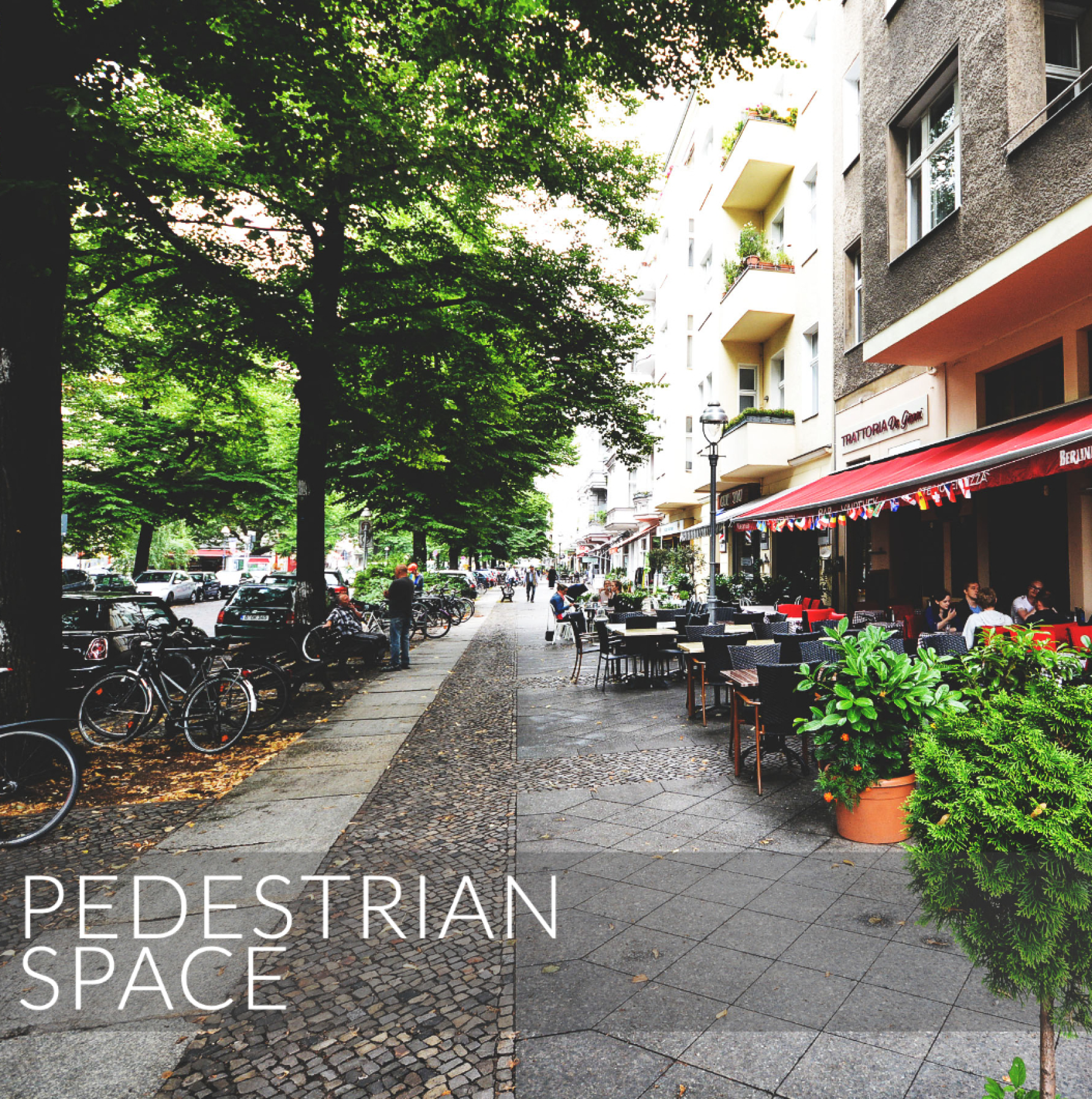
How architecture can create dignity for all
If architect and writer John Cary has his way, women will never need to stand in pointlessly long bathroom lines again. Lines like these are representative of a more serious issue, Cary says: the lack of diversity in design that leads to thoughtless, compassionless spaces. Design has a unique ability to dignify and make people feel valued, respected, honored and seen — but the flip side is also true. Cary calls for architects and designers to expand their ranks and commit to serving the public good, not just the privileged few. “Well-designed spaces are not just a matter of taste or a questions of aesthetics,” he says. “They literally shape our ideas about who we are in the world and what we deserve.” And we all deserve better. Watch the talk on TED.
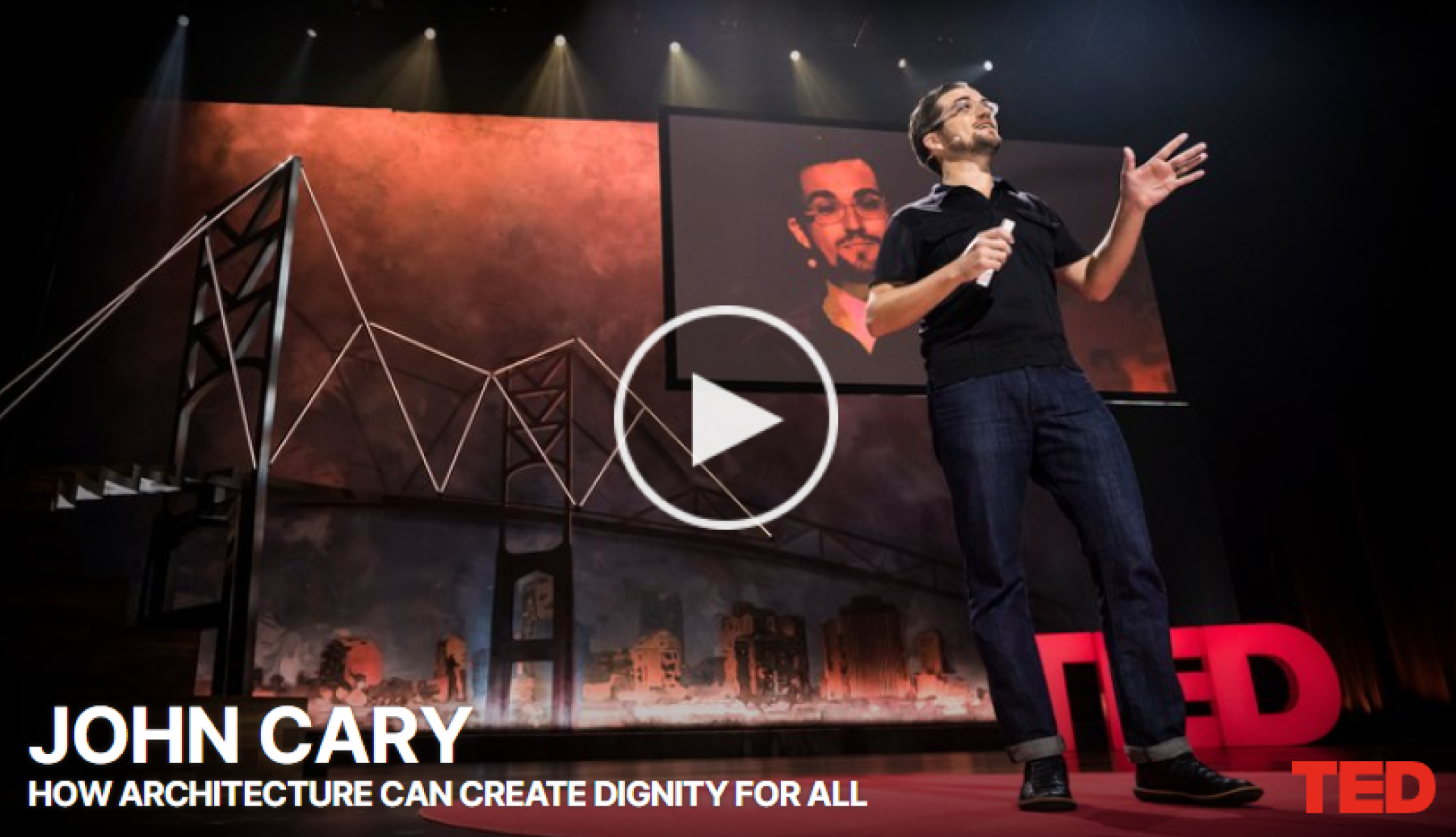
New York’s Streets? Not so mean anymore
In this funny and thought-provoking talk, Janette Sadik-Khan, transportation commissioner of New York City, shares projects that have reshaped street life in the 5 boroughs, including pedestrian zones in Times Square, high-performance buses and a 6,000-cycle-strong bike share. Her mantra: Do bold experiments that are cheap to try out. Watch the talk on TED.

Streetfilms
Streetfilms produces short films showing how smart transportation design and policy can result in better places to live, work and play.
Founded in 2006, Streetfilms has become the go-to organization for educational films about sustainable transportation, and inspires action and behavioral change worldwide. Individuals, public agencies, non-profit organizations, schools, and transportation advocacy groups use Streetfilms to educate decision makers and make change for livable streets in their communities.

The Infinite Happiness
Conceived as a personal video diary, The Infinite Happiness is an architectural experience. The film takes us to the heart of one of the contemporary housing development considered to be a new model of success.
Inhabiting the giant “8 House” built by Danish architect Bjarke Ingels in the suburbs of Copenhagen, Ila Bêka & Louise Lemoine recount their subjective experience of living inside this experiment of vertical village, elected in 2011 « World best residential building ».
As a Lego game, the film builds up a collection of life stories all interconnected by their personal relation to the building. The film draws the lines of a human map which allows the viewer to discover the building through an inner and intimate point of view and questions the architecture’s ability to create collective happiness showing the surprising results of this new type of social model of the 21rst century.

The Human Scale
50% of the world’s population lives in urban areas. By 2050 this will increase to 80%. Life in a mega city is both enchanting and problematic. Today we face peak oil, climate change, loneliness and severe health issues due to our way of life. But why? The Danish architect and professor Jan Gehl has studied human behavior in cities through 40 years. He has documented how modern cities repel human interaction, and argues that we can build cities in a way, which takes human needs for inclusion and intimacy into account. Film website.
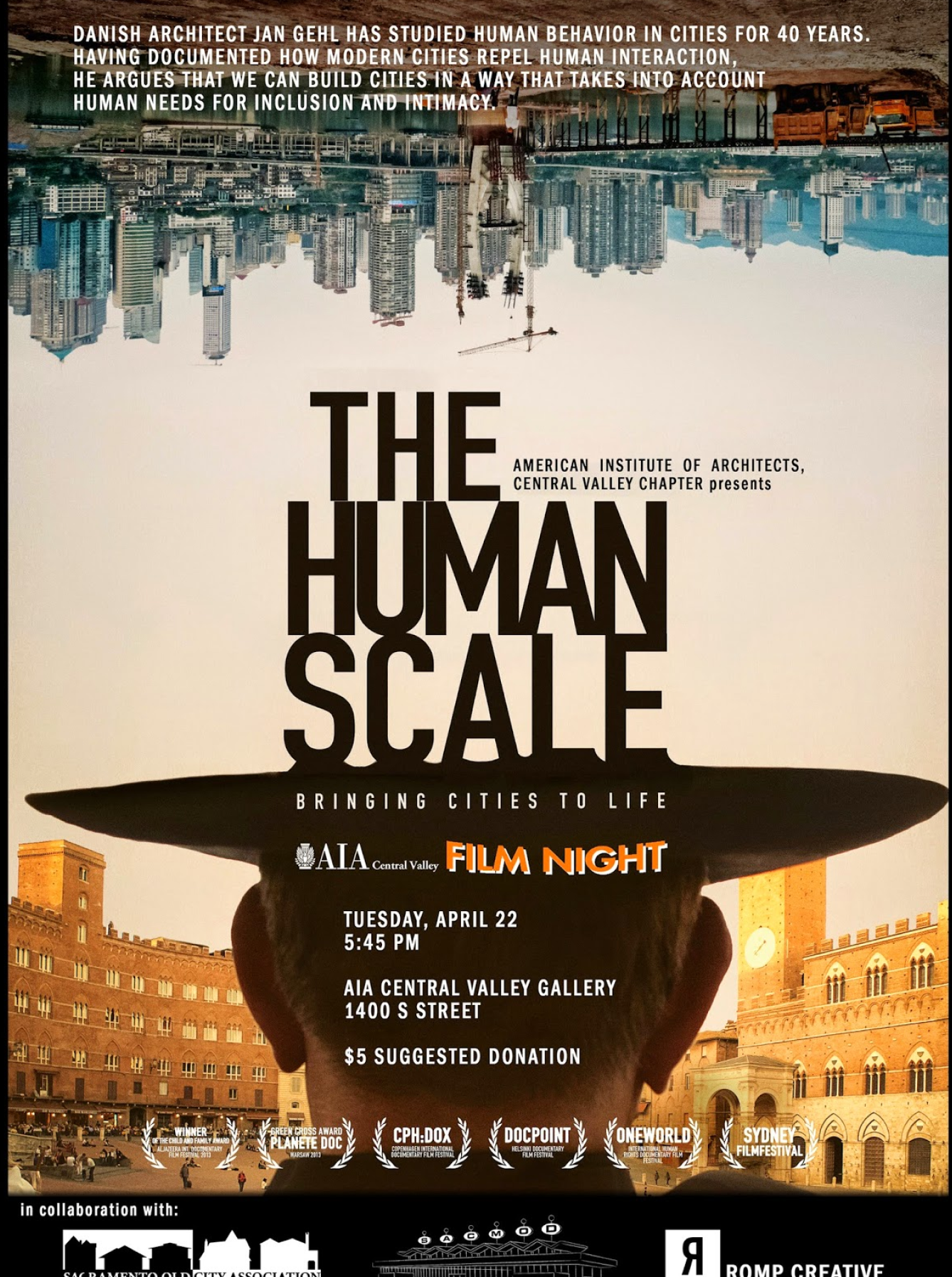
Urbanized
Urbanized is a feature-length documentary about the design of cities, which looks at the issues and strategies behind urban design and features some of the world’s foremost architects, planners, policymakers, builders, and thinkers.
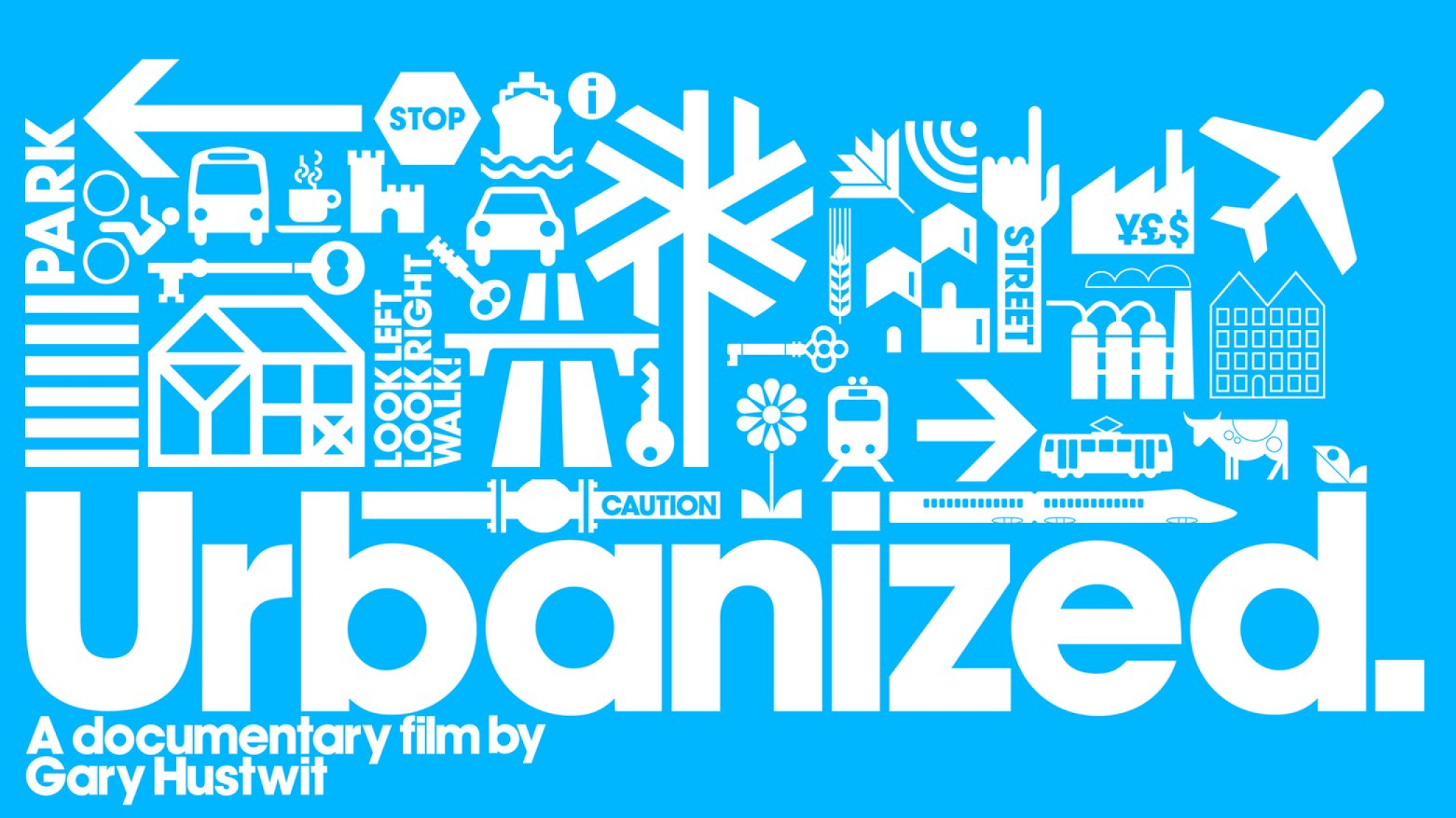
Not Just Bikes
Stories of great urban planning and urban experiences from Amsterdam and the Netherlands. It’s not just bikes. Visit channel.
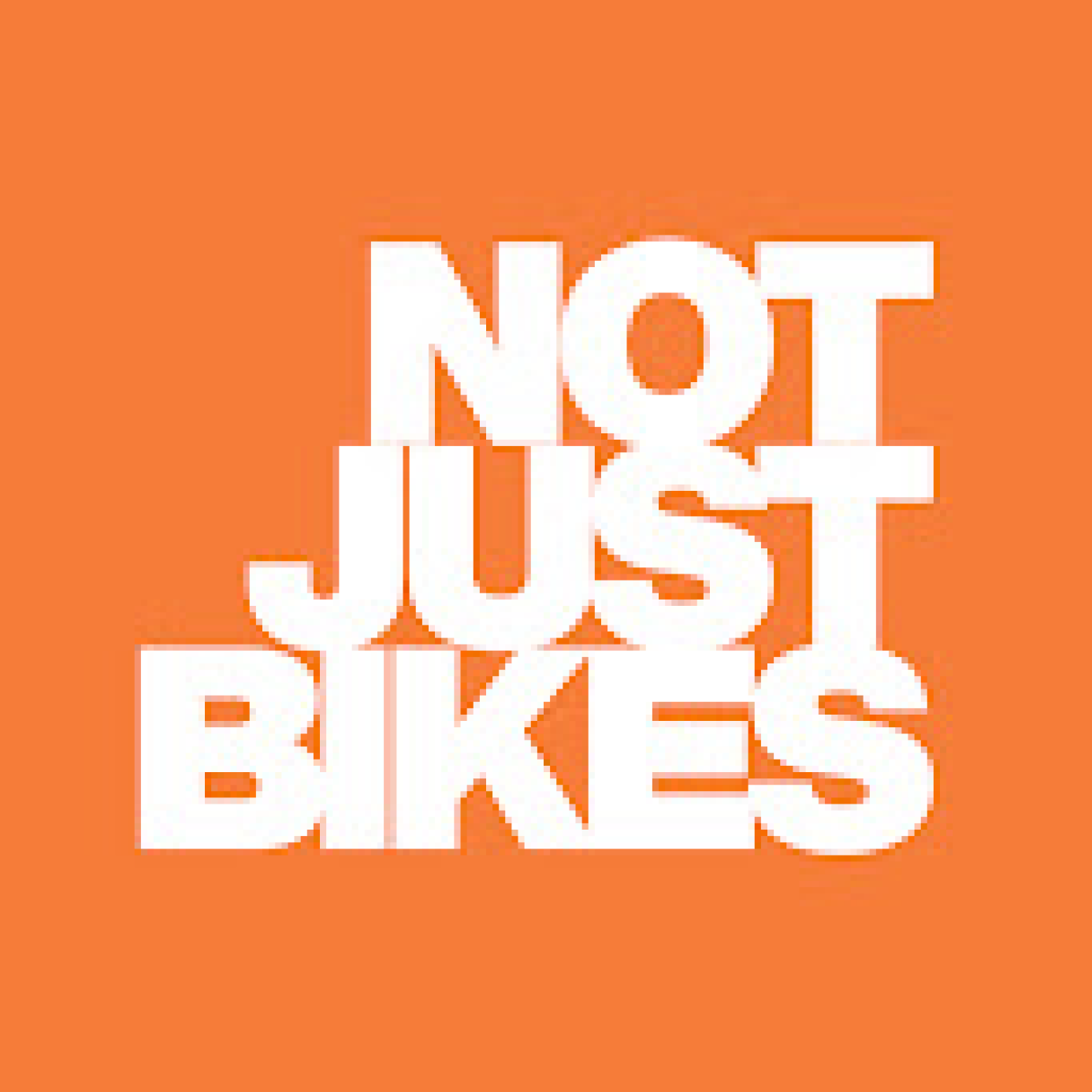
City Beautiful
City Beautiful is a YouTube channel dedicated to educating everyone about cities and city planning, particularly transportation, land use planning, and urban design.

Smart Cities
Over the past ten years, urban planners, technology companies, and governments have promoted smart cities with a somewhat utopian vision of urban life made knowable and manageable through data collection and analysis. Emerging smart cities have become both crucibles and showrooms for the practical application of the Internet of Things, cloud computing, and the integration of big data into everyday life. Are smart cities optimized, sustainable, digitally networked solutions to urban problems? Or are they neoliberal, corporate-controlled, undemocratic non-places? Smart Cities offers a concise introduction to smart cities, presenting key concepts, definitions, examples, and historical contexts, along with discussions of both the drawbacks and the benefits of this approach to urban life.
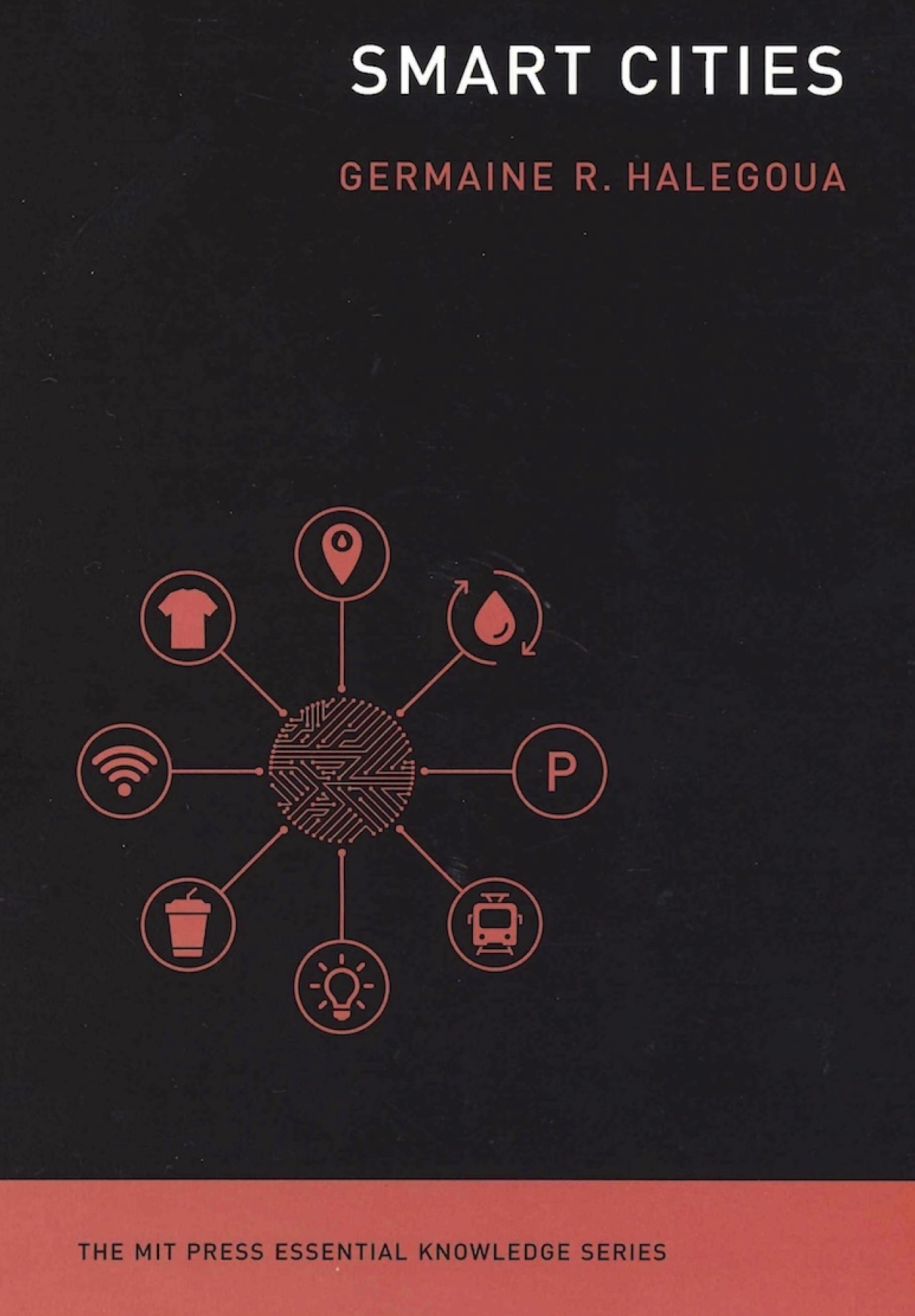
My Brooklyn
My Brooklyn follows director Kelly Anderson’s journey, as a Brooklyn gentrifier, to understand the forces reshaping her neighborhood. The film documents the redevelopment of Fulton Mall, a bustling African-American and Caribbean commercial district that – despite its status as the third most profitable shopping area in New York City – is maligned for its inability to appeal to the affluent residents who have come to live around it. As a hundred small businesses are replaced by high rise luxury housing and chain retail, Anderson uncovers the web of global corporations, politicians and secretive public-private partnerships that drive seemingly natural neighborhood change. The film’s ultimate question is increasingly relevant on a global scale: who has a right to live in cities and determine their future?
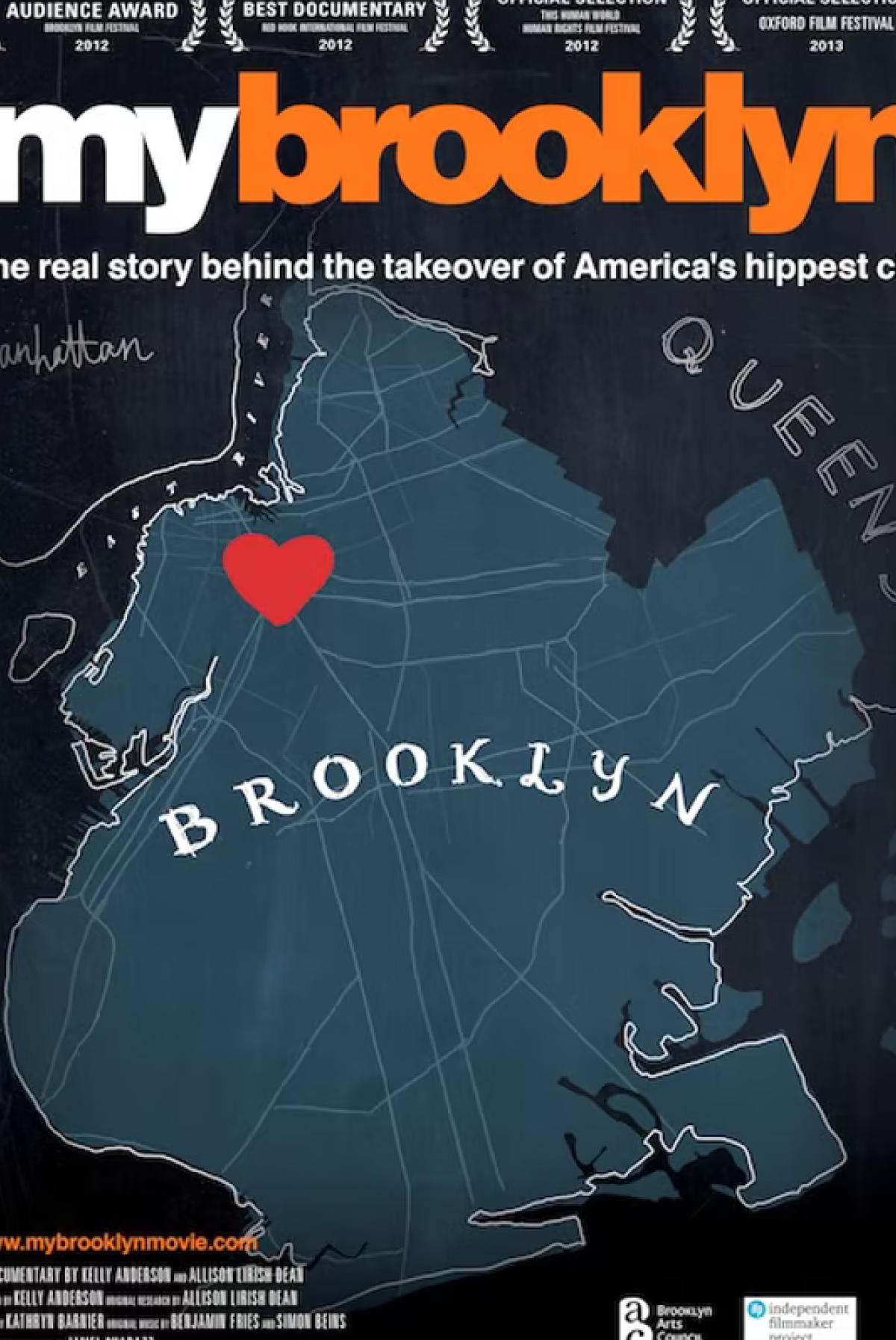
The Help-Yourself City
When local governments neglect public services or community priorities, how do concerned citizens respond? In The Help-Yourself City, Gordon Douglas looks closely at people who take urban planning into their own hands with homemade signs and benches, guerrilla bike lanes and more. Douglas
explores the frustration, creativity, and technical expertise behind these interventions, but also the position of privilege from which they often come. Presenting a needed analysis of this growing trend from vacant lots to city planning offices, The Help-Yourself City tells a street-level story of
people’s relationships to their urban surroundings and the individualization of democratic responsibility.
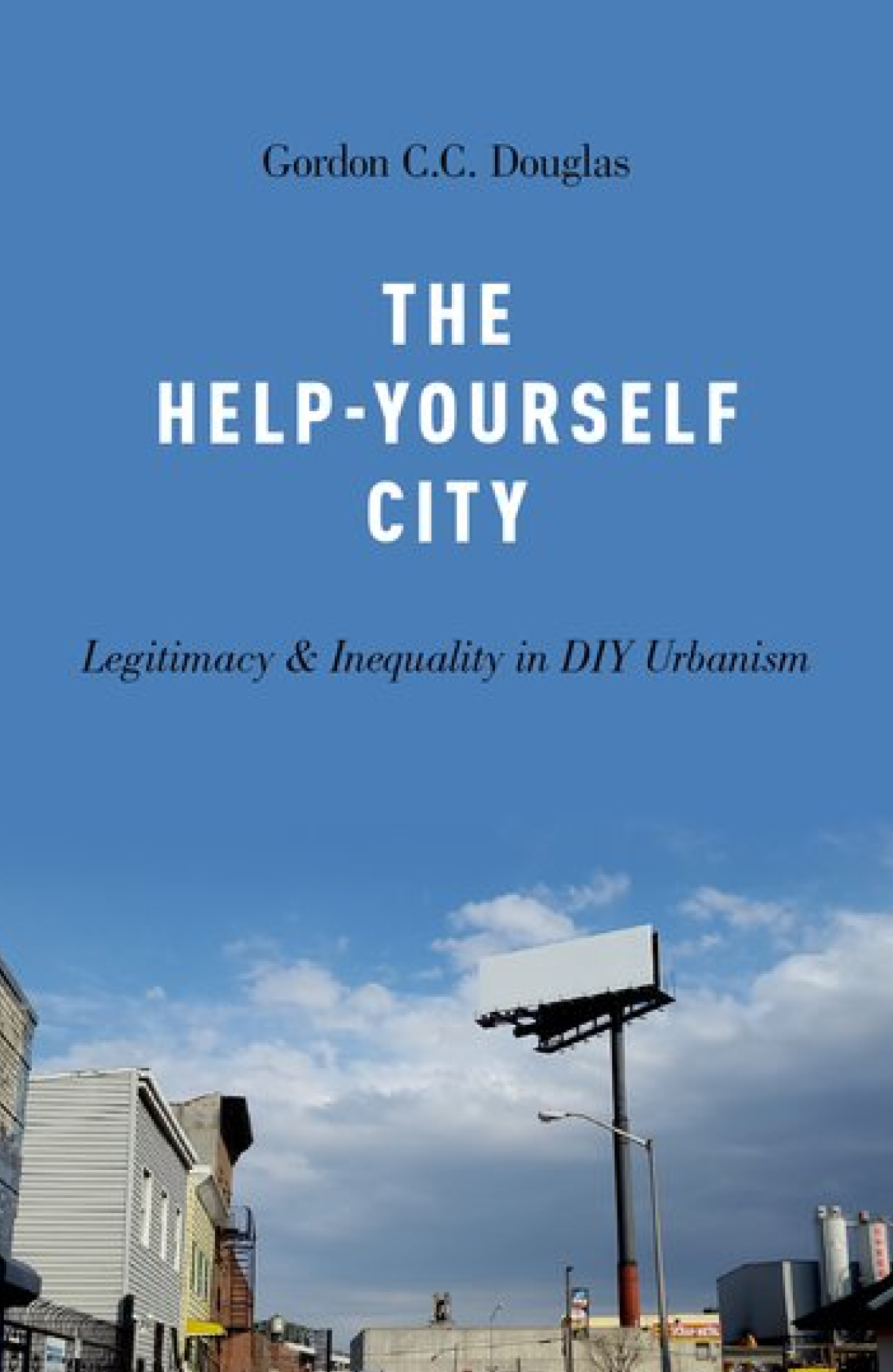
Walkable City
Jeff Speck has dedicated his career to determining what makes cities thrive. And he has boiled it down to one key factor: walkability. Making downtown into a walkable, viable community is the essential fix for the typical American city; it is eminently achievable and its benefits are manifold. Walkable City—bursting with sharp observations and key insights into how urban change happens—lays out a practical, necessary, and inspiring vision for how to make American cities great again.
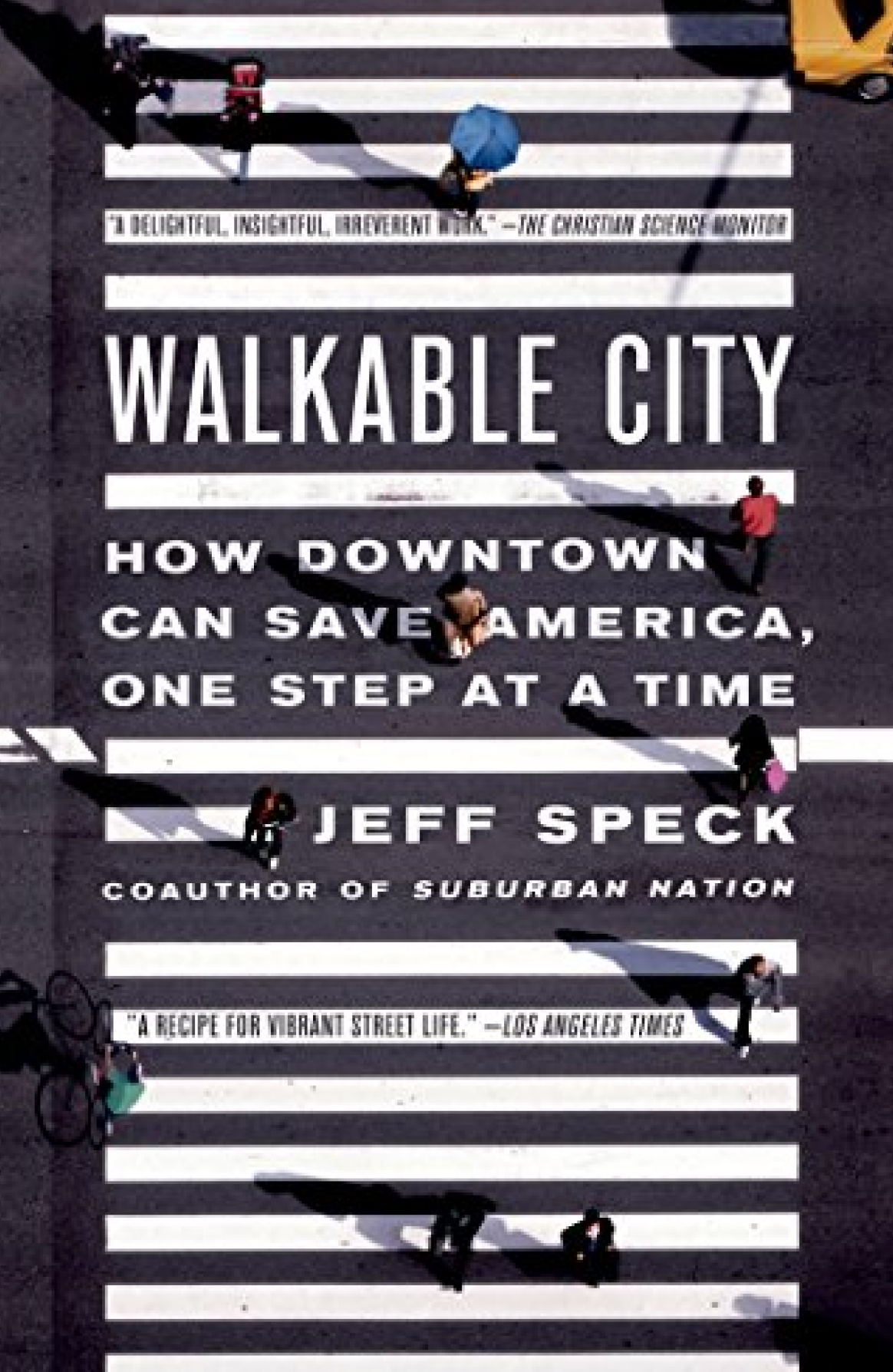
99% Invisible City
The 99% Invisible City: A Field Guide to Hidden World of Everyday Design, Roman Mars and coauthor Kurt Kohlstedt zoom in on the various elements that make our cities work, exploring the origins and other fascinating stories behind everything from power grids and fire escapes to drinking fountains and street signs.
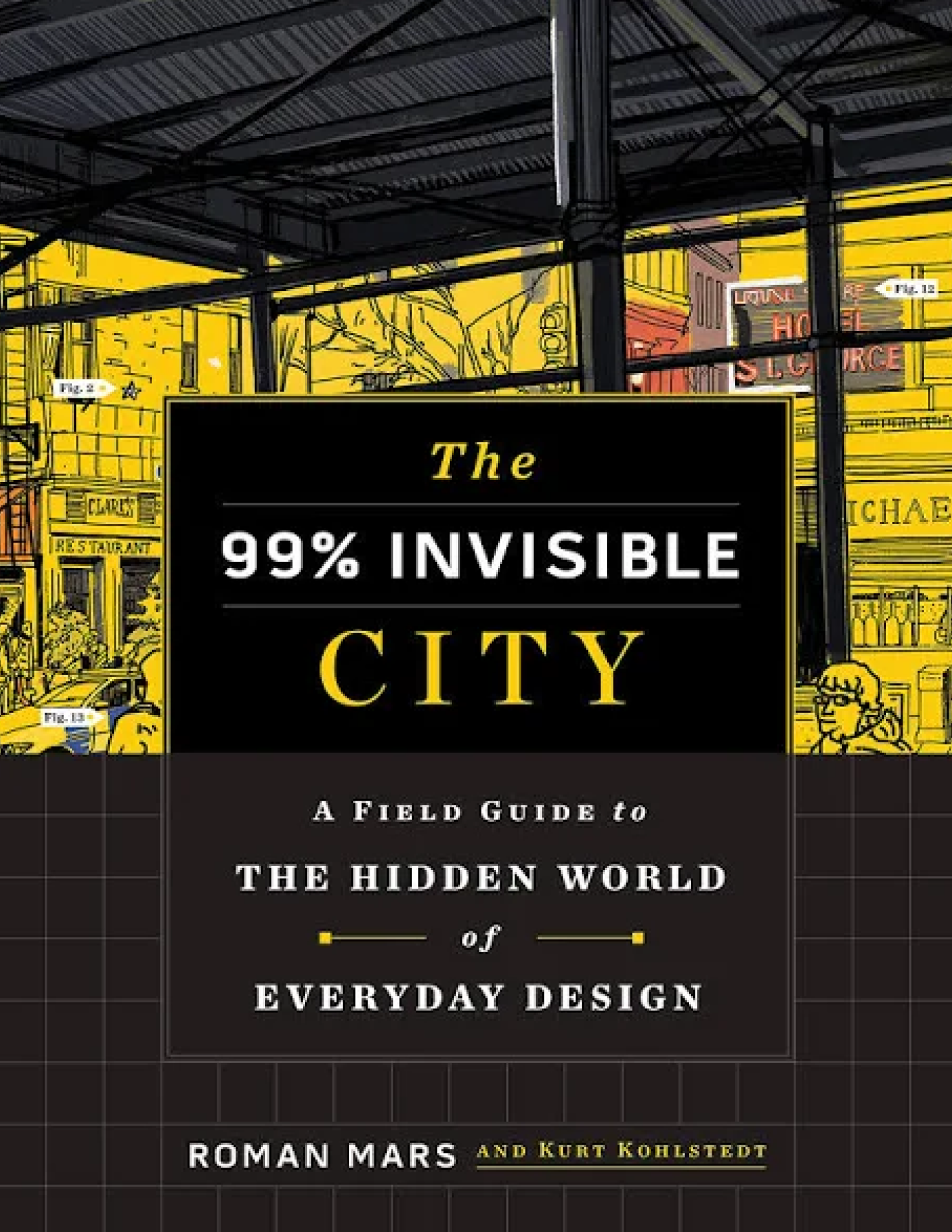
The Death and Life of Great American Cities
A direct and fundamentally optimistic indictment of the short-sightedness and intellectual arrogance that has characterized much of urban planning in this century, The Death and Life of Great American Cities has, since its first publication in 1961, become the standard against which all endeavors in that field are measured.
In prose of outstanding immediacy, Jane Jacobs writes about what makes streets safe or unsafe; about what constitutes a neighborhood, and what function it serves within the larger organism of the city; about why some neighborhoods remain impoverished while others regenerate themselves. She writes about the salutary role of funeral parlors and tenement windows, the dangers of too much development money and too little diversity. Compassionate, bracingly indignant, and always keenly detailed, Jane Jacobs’s monumental work provides an essential framework for assessing the vitality of all cities.
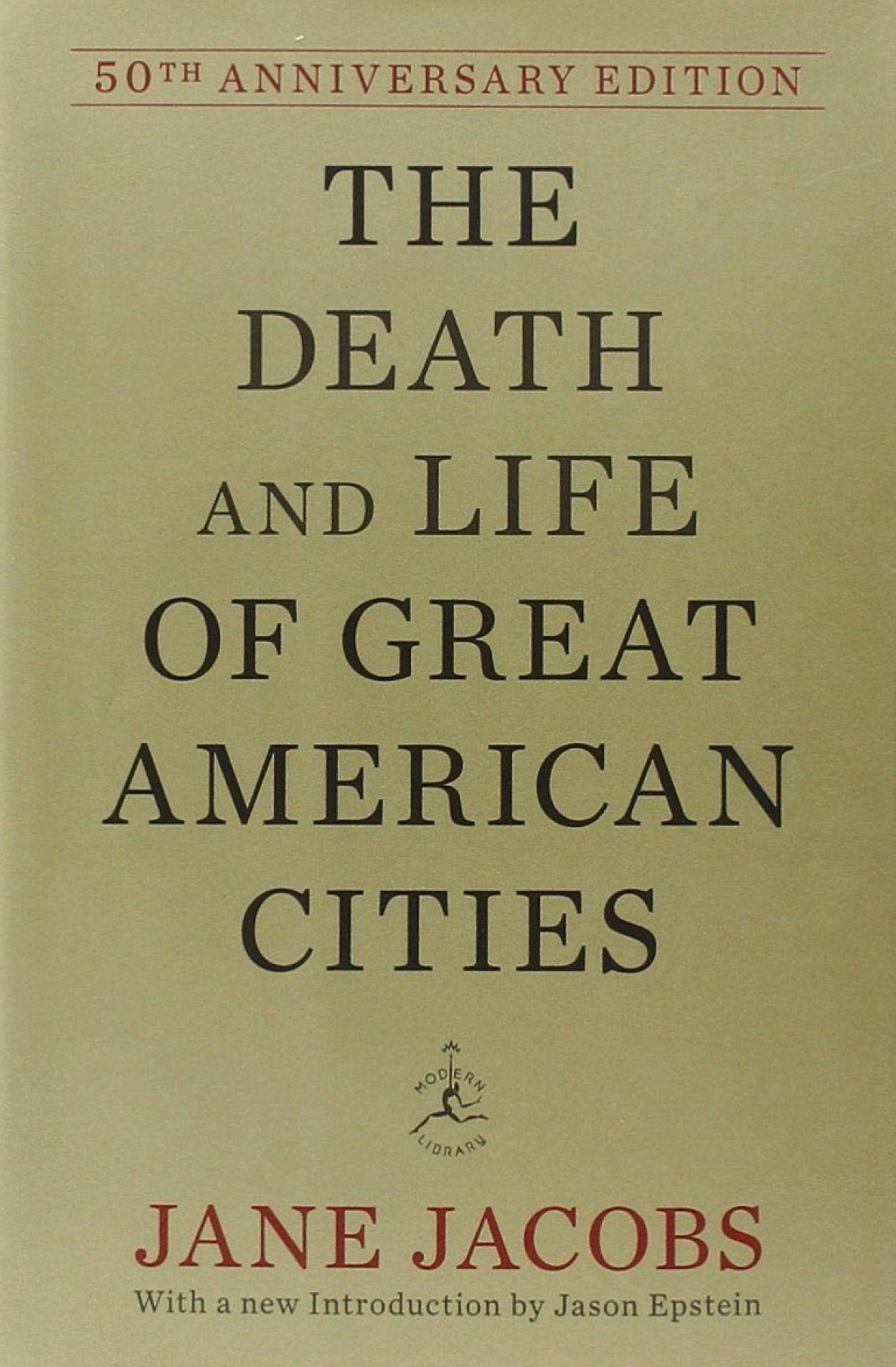
Dark Age Ahead
In this indispensable book, urban visionary Jane Jacobs argues that as agrarianism gives way to a technology-based future, we’re at risk of cultural collapse. Jacobs—renowned author of The Death and Life of Great American Cities and The Economy of Cities—pinpoints five pillars of our culture that are in serious decay: community and family; higher education; the effective practice of science; taxation, and government; and the self-regulation of the learned professions. The corrosion of these pillars, Jacobs argues, is linked to societal ills such as environmental crisis, racism, and the growing gulf between rich and poor.
But this is a hopeful book as well as a warning. Drawing on a vast frame of reference—from fifteenth-century Chinese shipbuilding to Ireland’s cultural rebirth—Jacobs suggests how the cycles of decay can be arrested and our way of life renewed. Invigorating and accessible, Dark Age Ahead is not only the crowning achievement of Jane Jacobs’ career, but one of the most important works of our time.

Citizen Jane: Battle for the City
Writer and urban activist Jane Jacobs fights to save historic New York City during the ruthless redevelopment era of urban planner Robert Moses in the 1960s. Watch documentary trailer here.
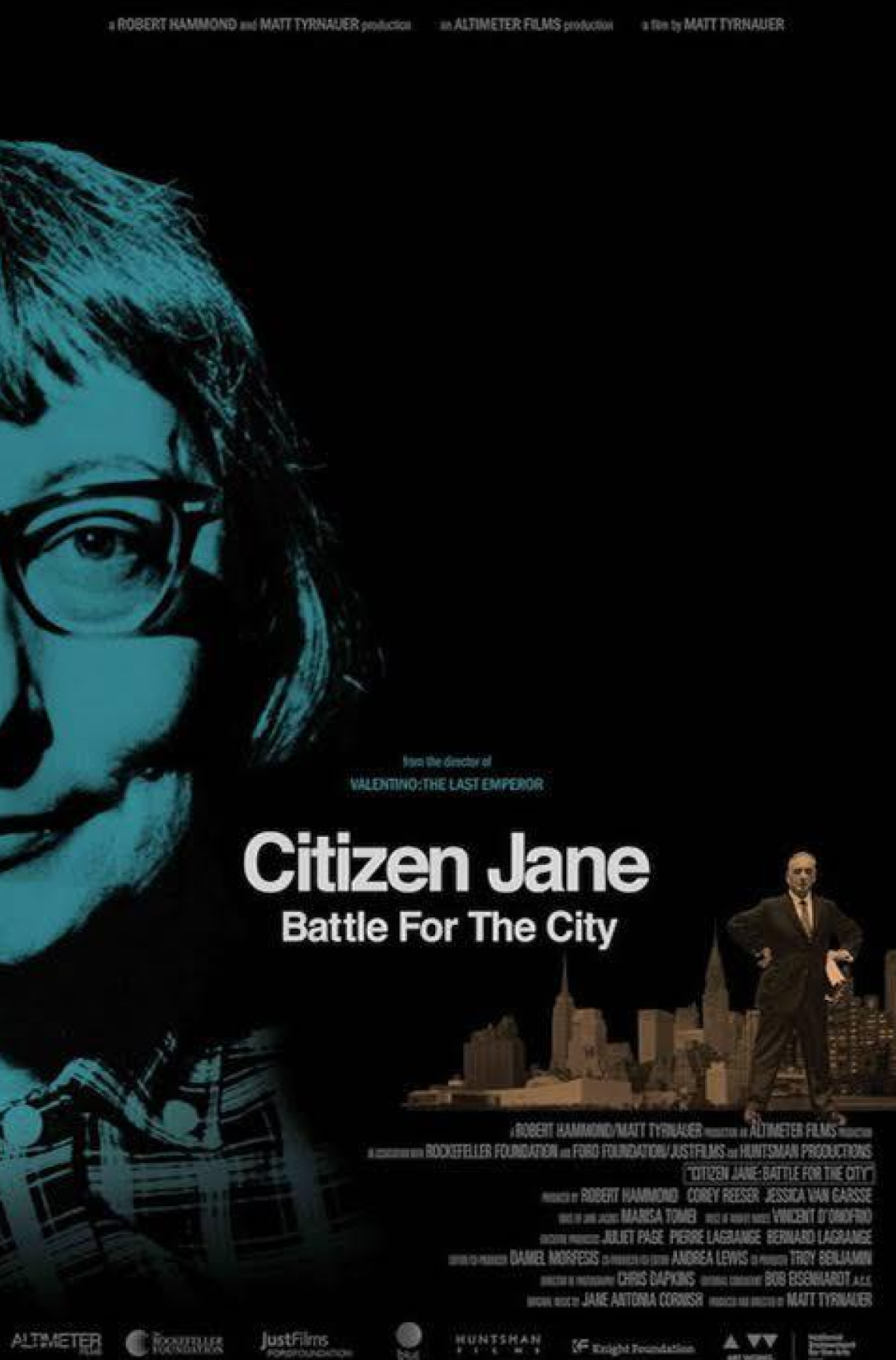
Streetfight: Handbook for an Urban Revolution
As New York City’s transportation commissioner, Janette Sadik-Khan managed the seemingly impossible and transformed the streets of one of the world’s greatest, toughest cities into dynamic spaces safe for pedestrians and bikers. Her approach was dramatic and effective: Simply painting a part of the street to make it into a plaza or bus lane not only made the street safer, but it also lessened congestion and increased foot traffic, which improved the bottom line of businesses. Real-life experience confirmed that if you know how to read the street, you can make it function better by not totally reconstructing it but by reallocating the space that’s already there.
Breaking the street into its component parts, Streetfight demonstrates, with step-by-step visuals, how to rewrite the underlying “source code” of a street, with pointers on how to add protected bike paths, improve crosswalk space, and provide visual cues to reduce speeding. Achieving such a radical overhaul wasn’t easy, and Streetfight pulls back the curtain on the battles Sadik-Khan won to make her approach work. She includes examples of how this new way to read the streets has already made its way around the world, from pocket parks in Mexico City and Los Angeles to more pedestrian-friendly streets in Auckland and Buenos Aires, and innovative bike-lane designs and plazas in Austin, Indianapolis, and San Francisco. Many are inspired by the changes taking place in New York City and are based on the same techniques. Streetfight deconstructs, reassembles, and reinvents the street, inviting readers to see it in ways they never imagined.
